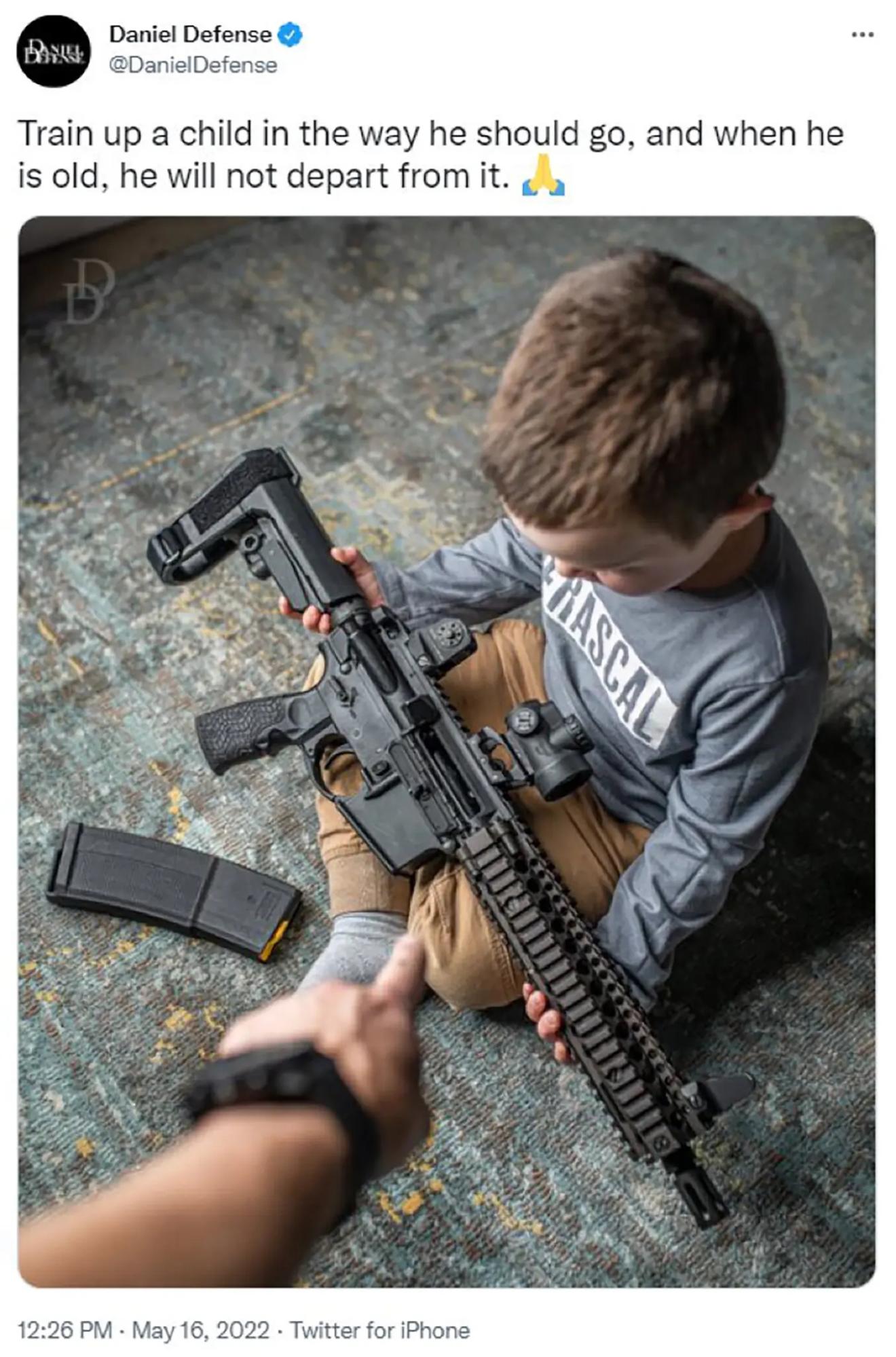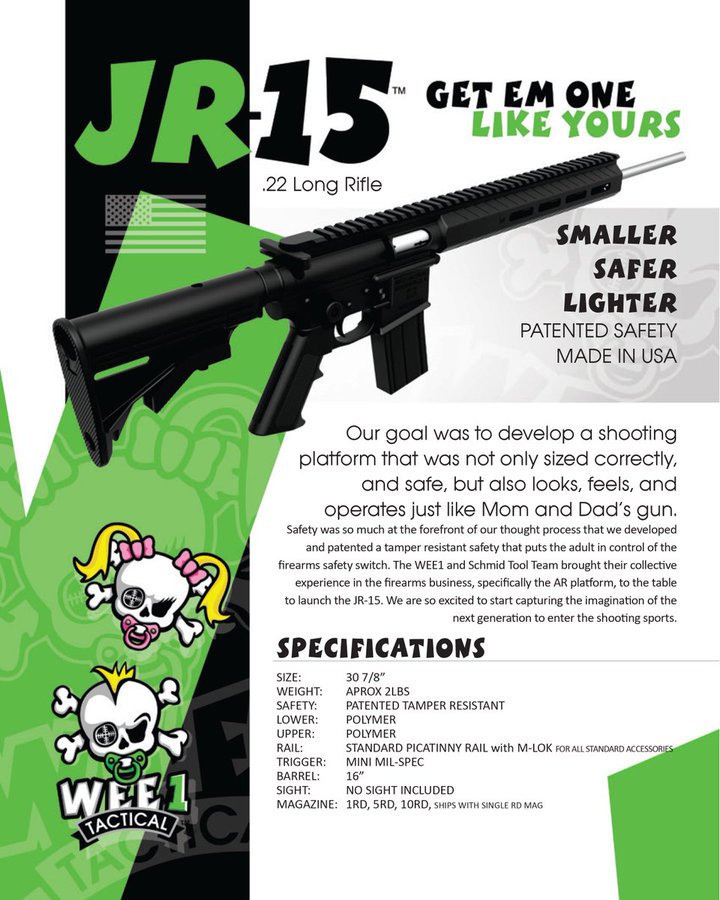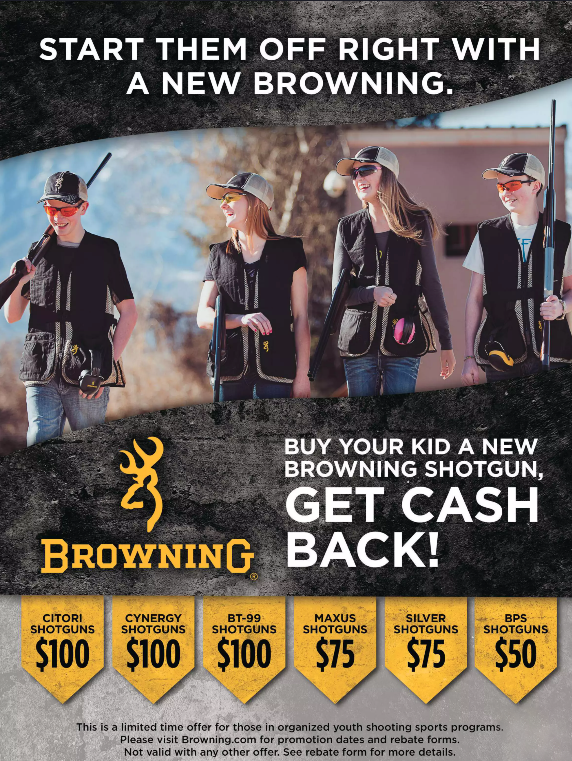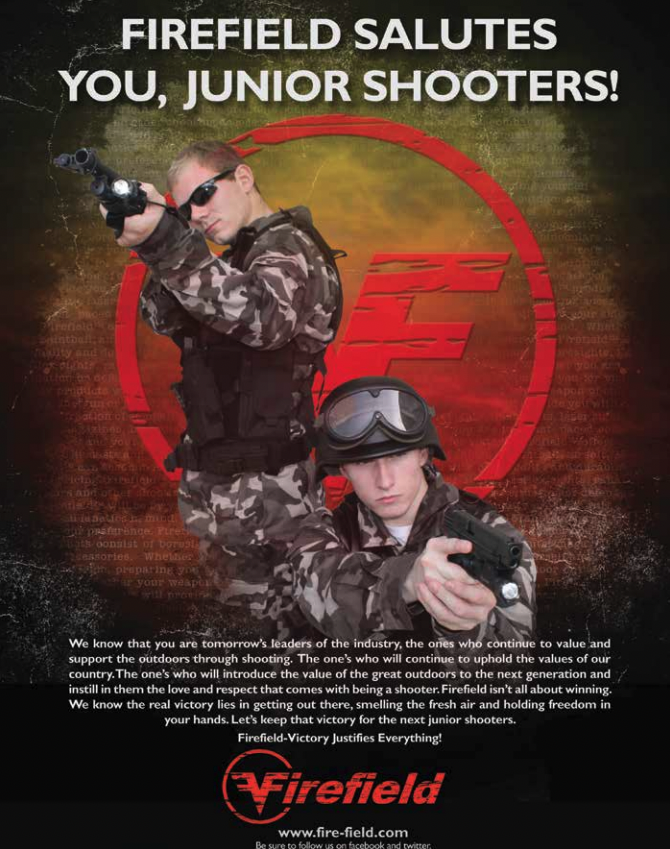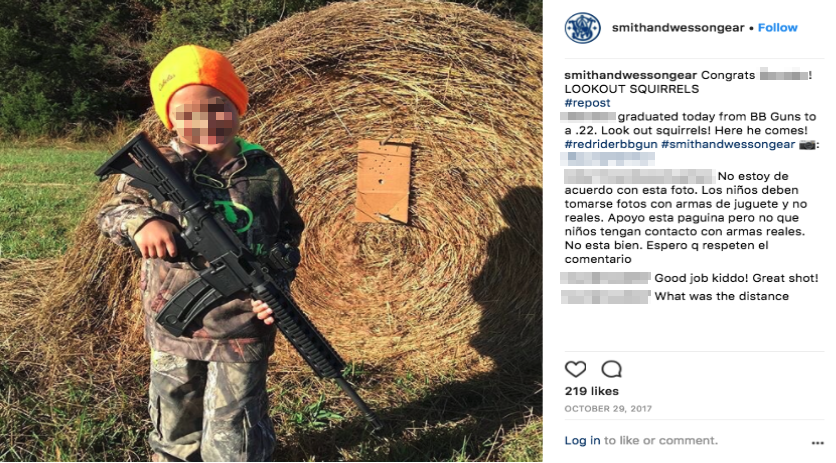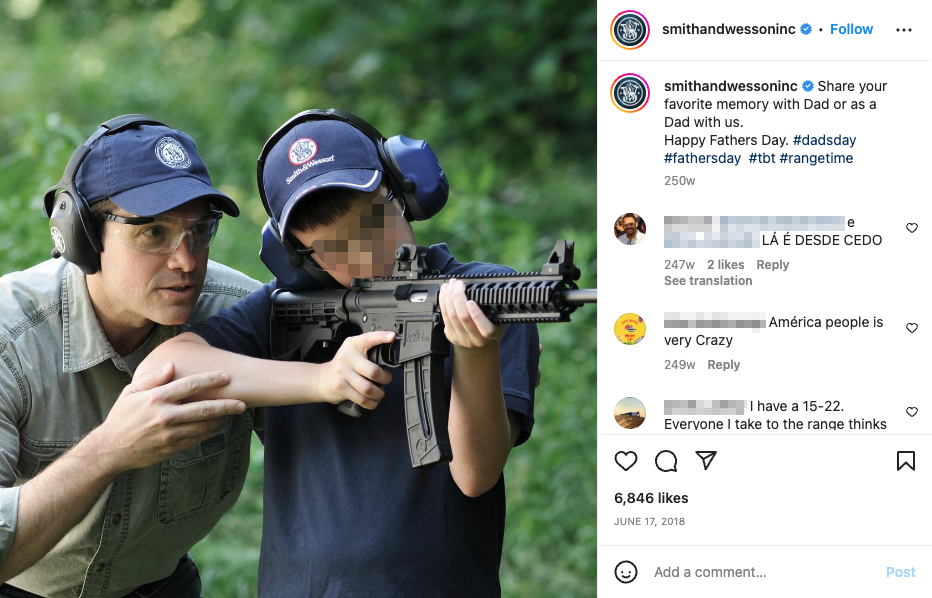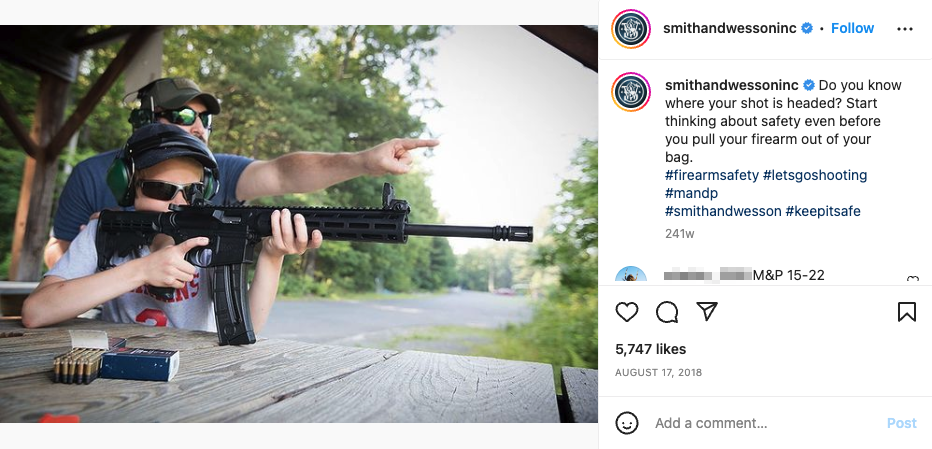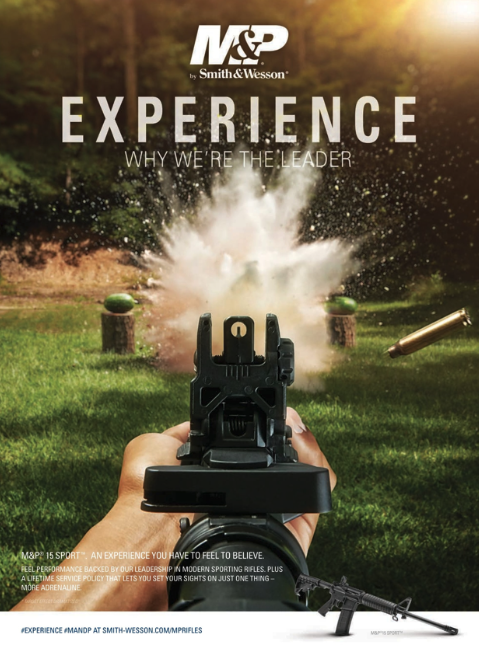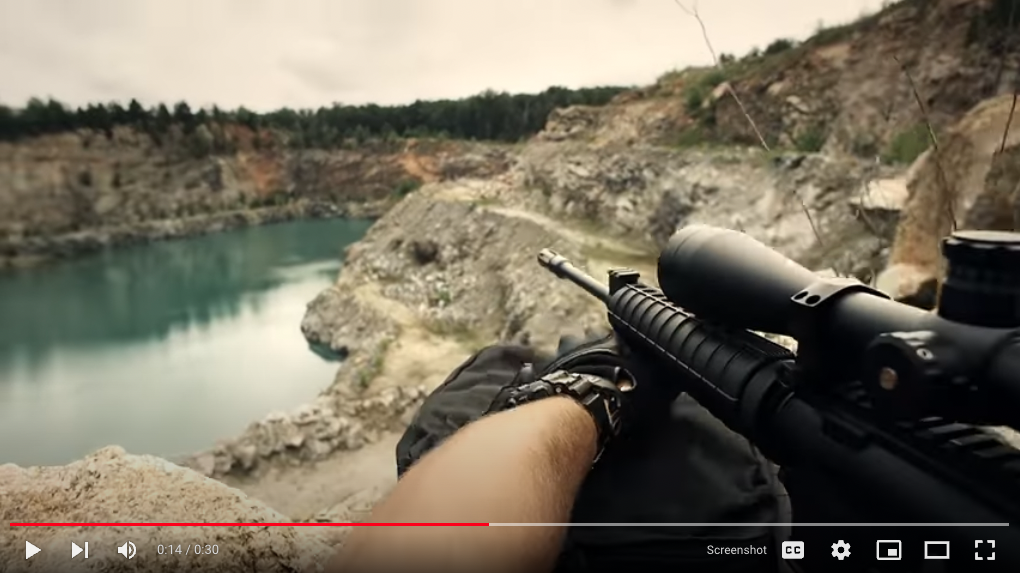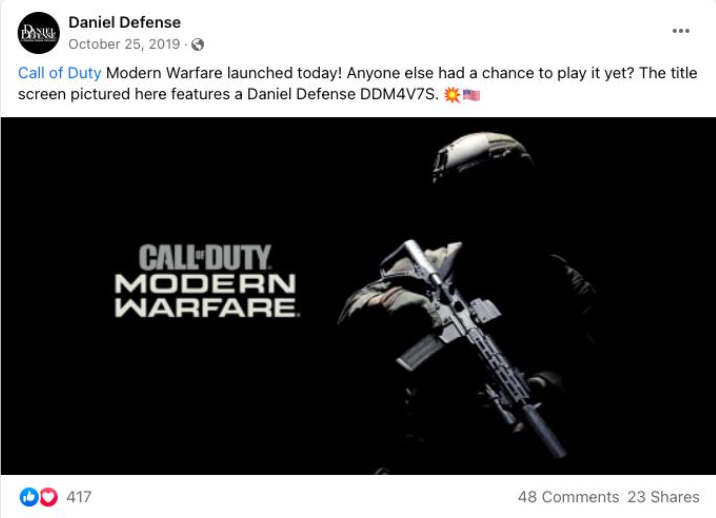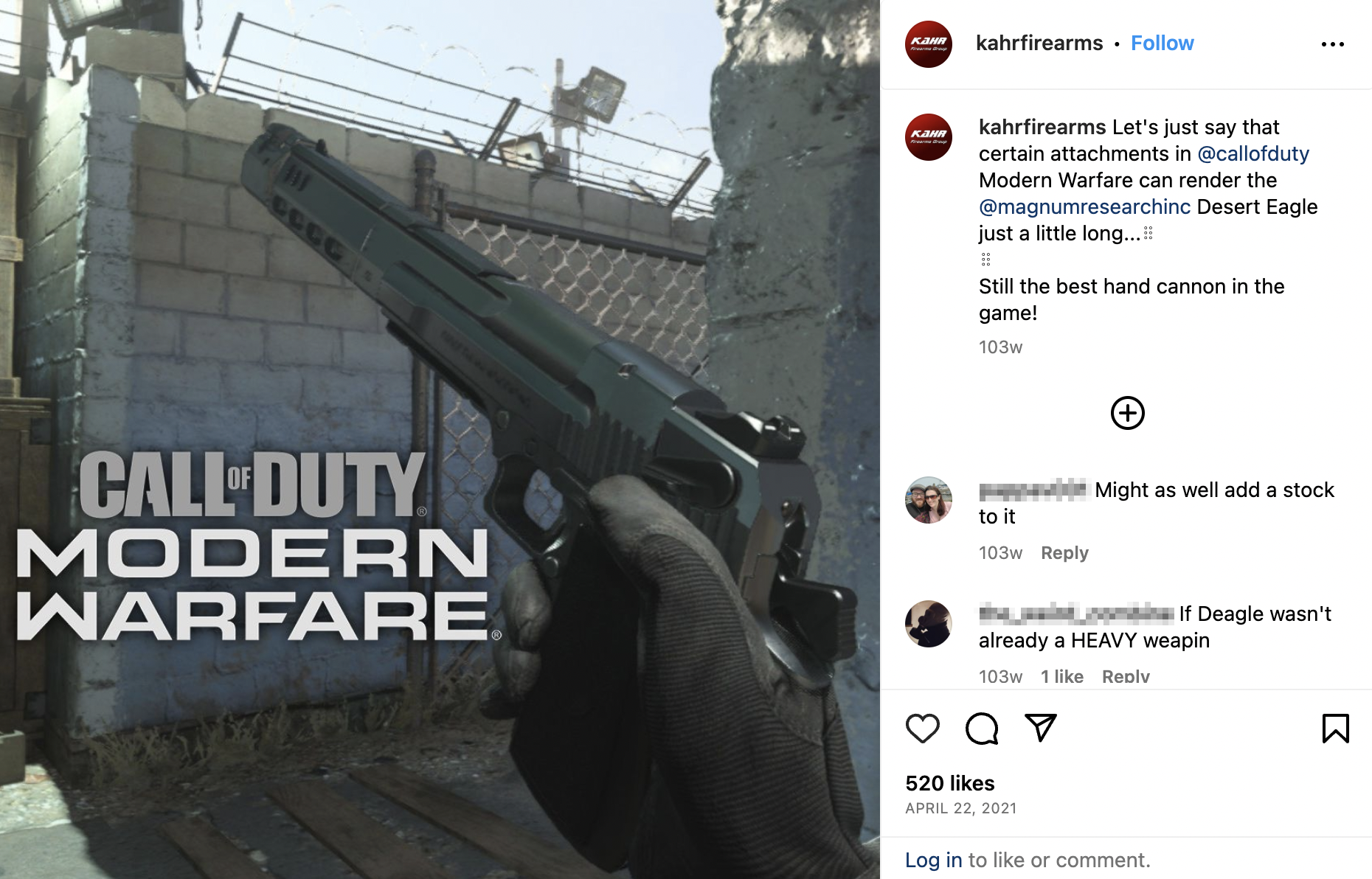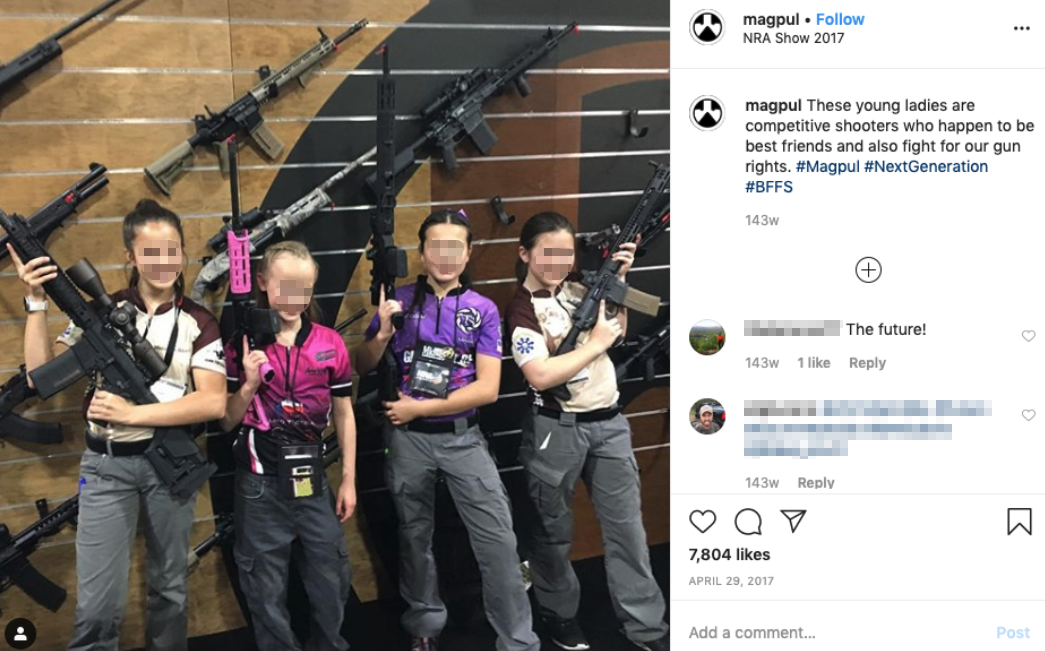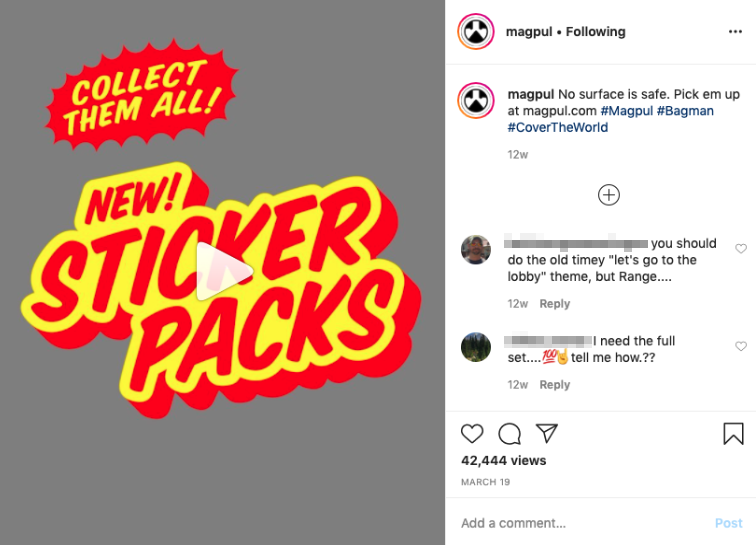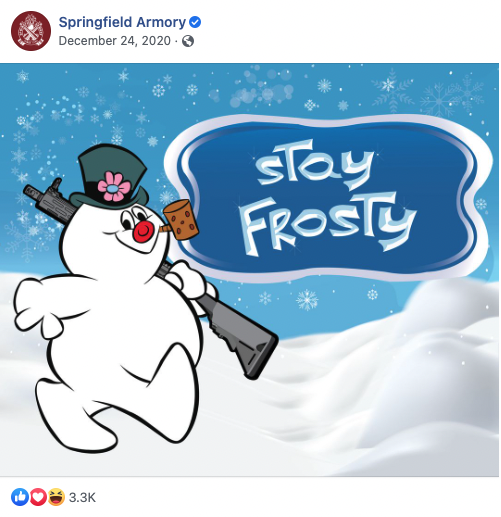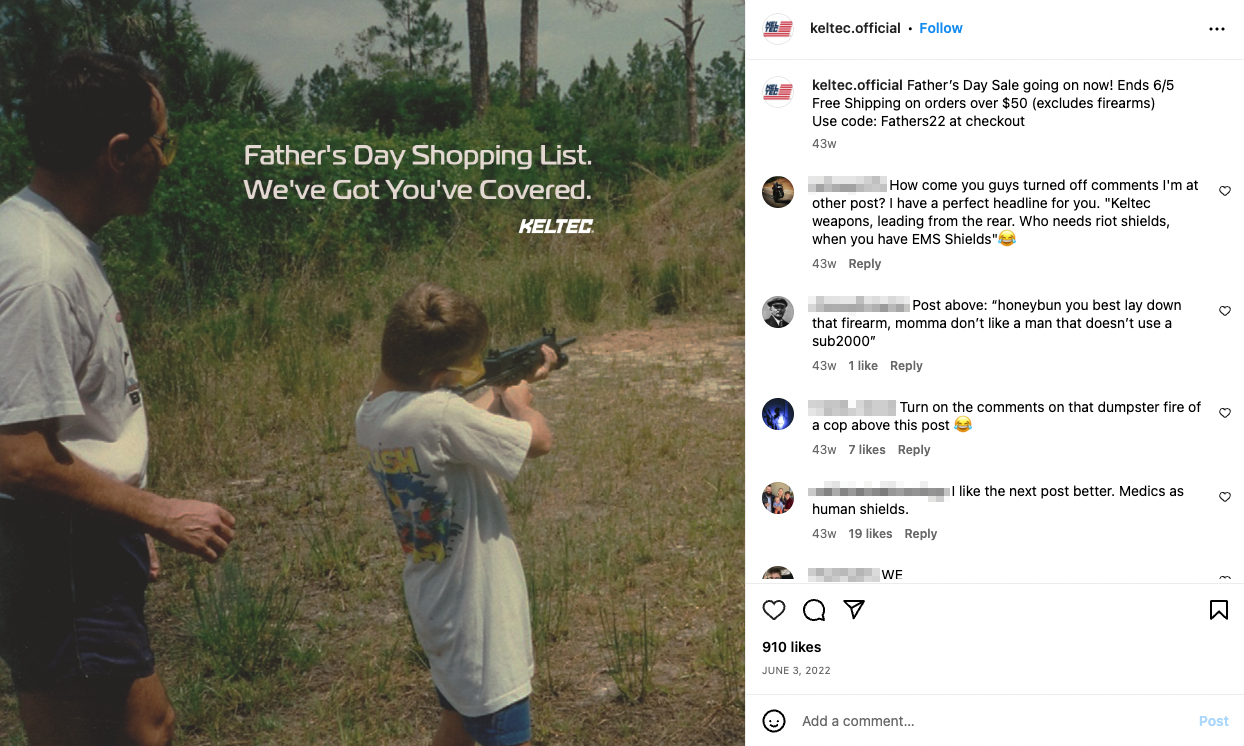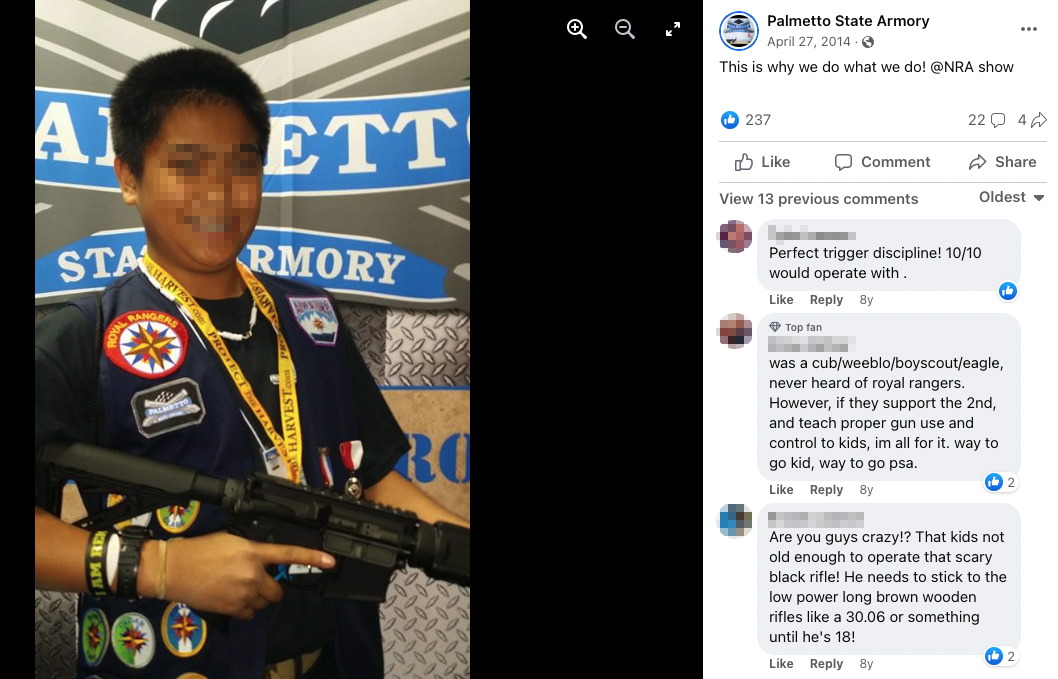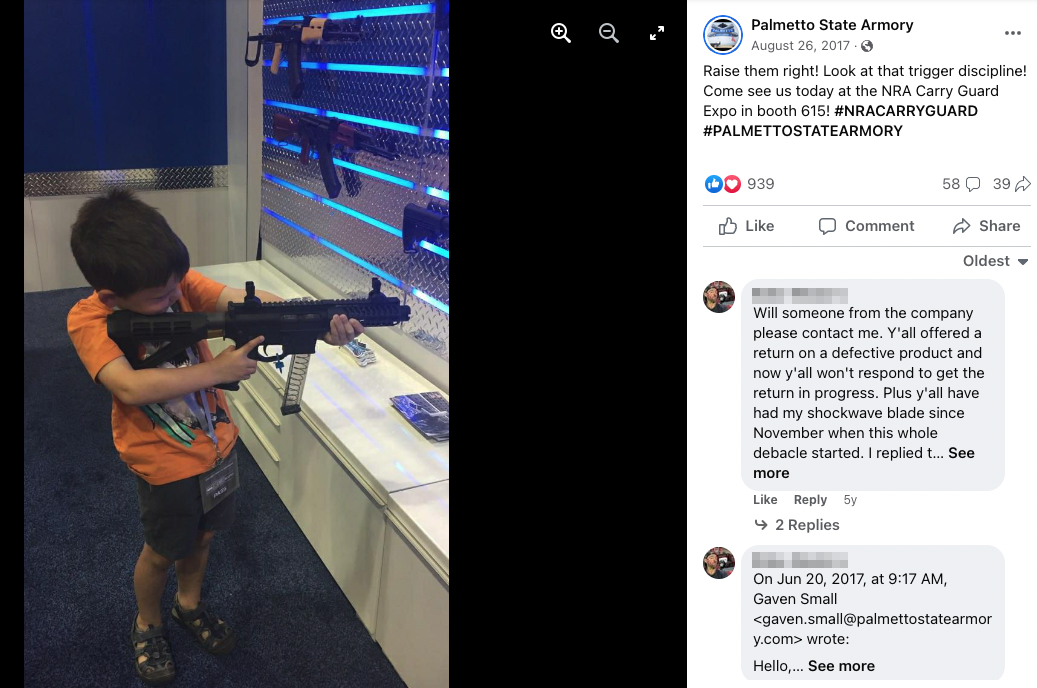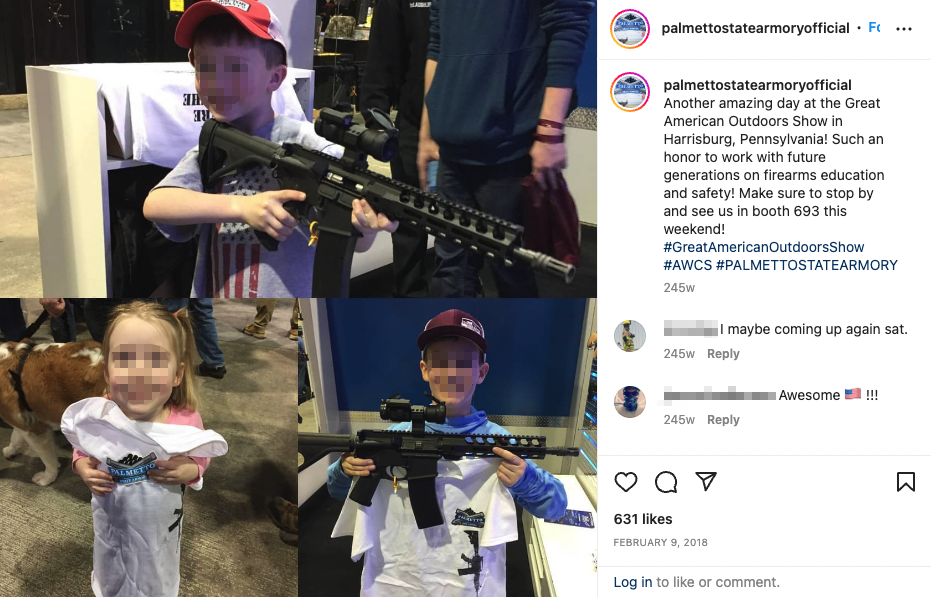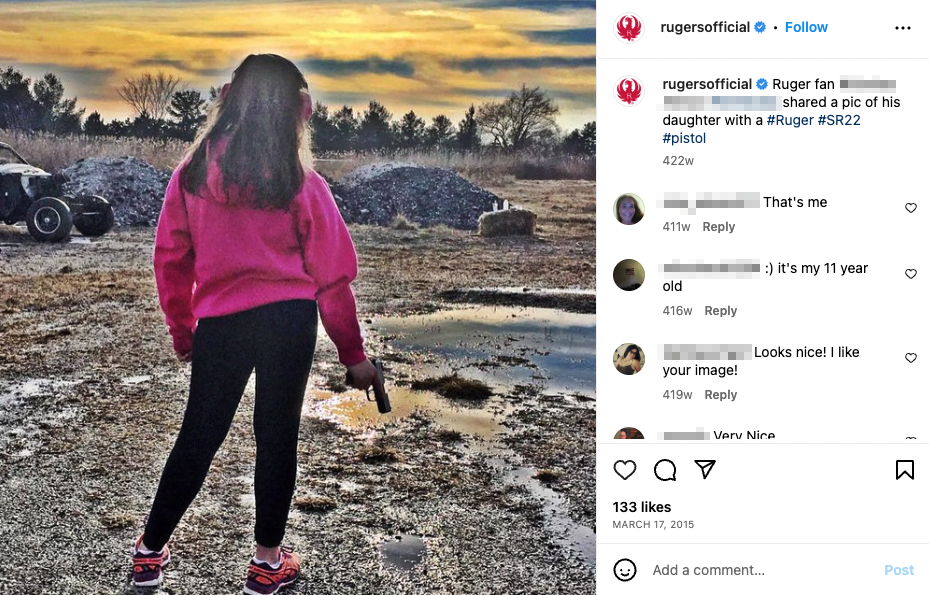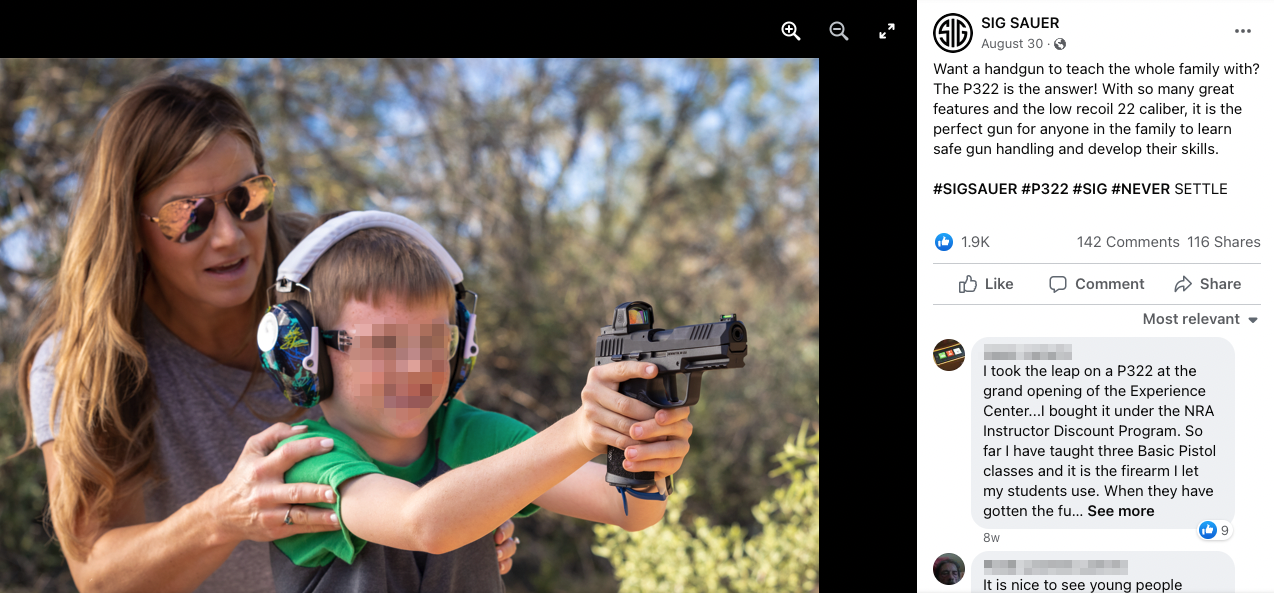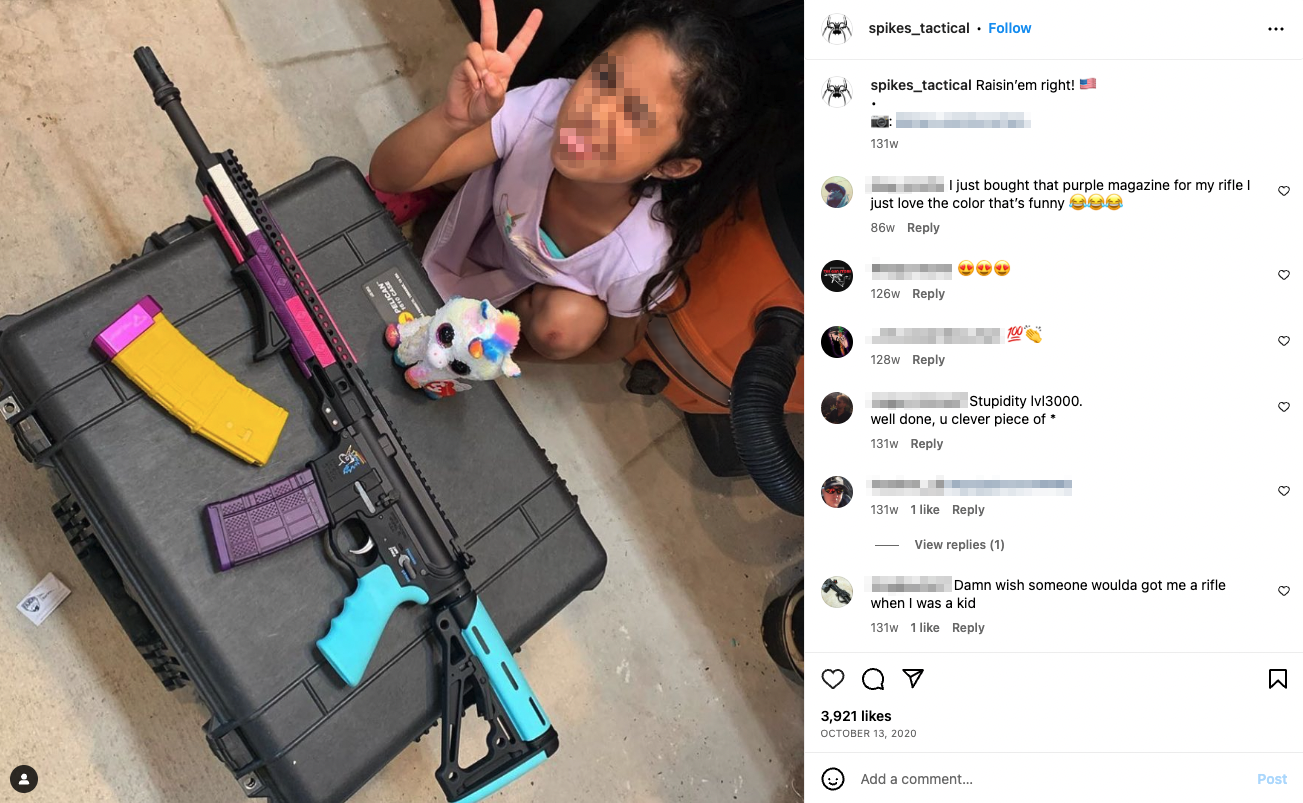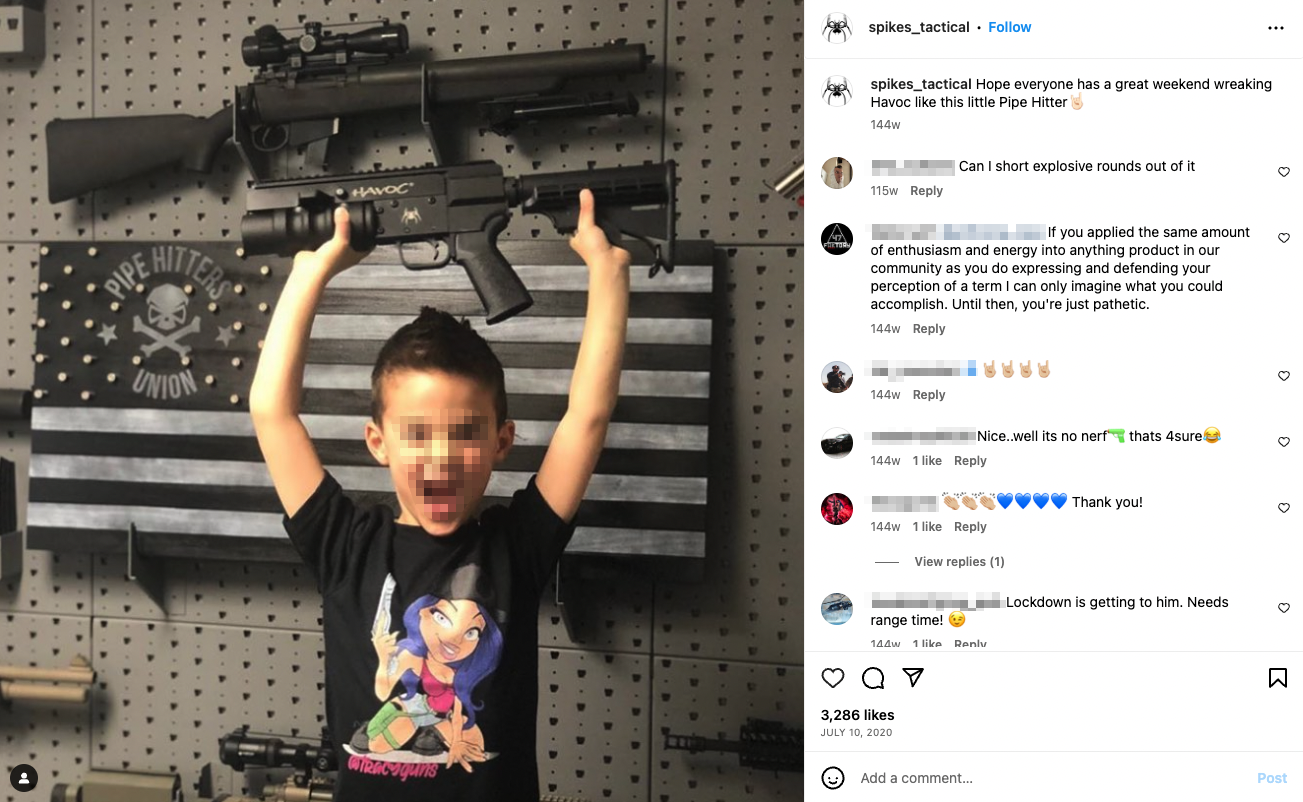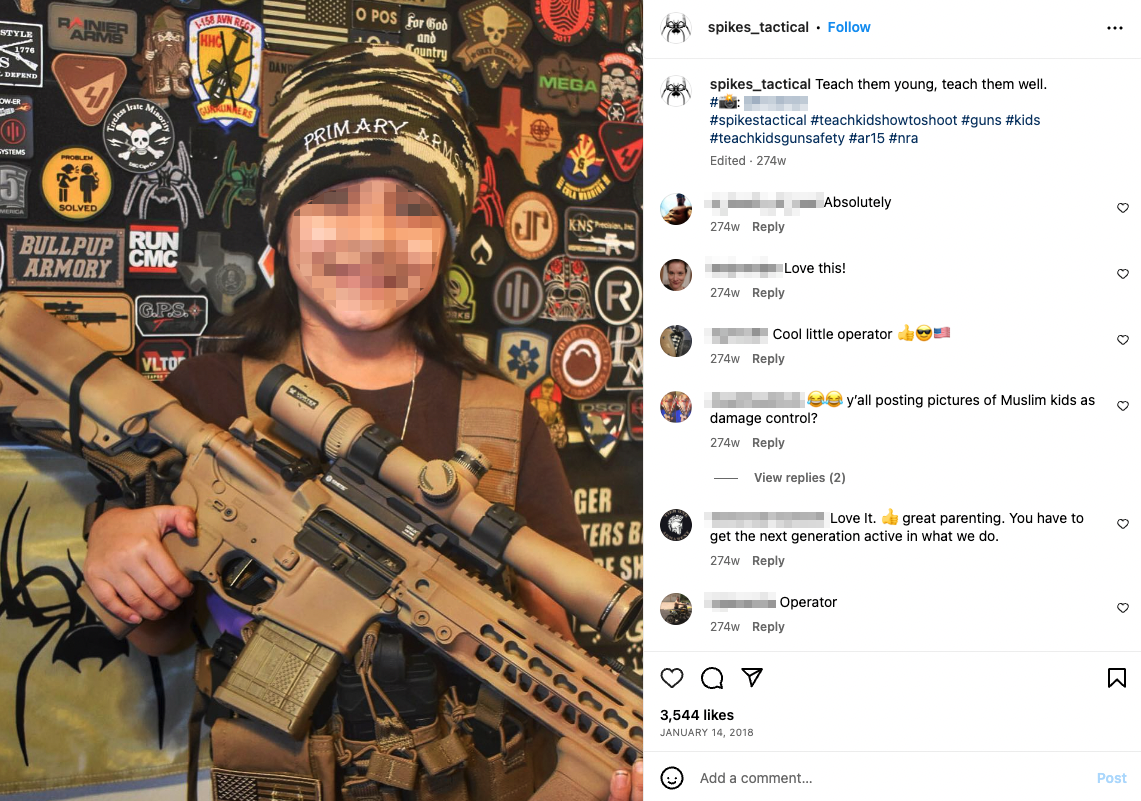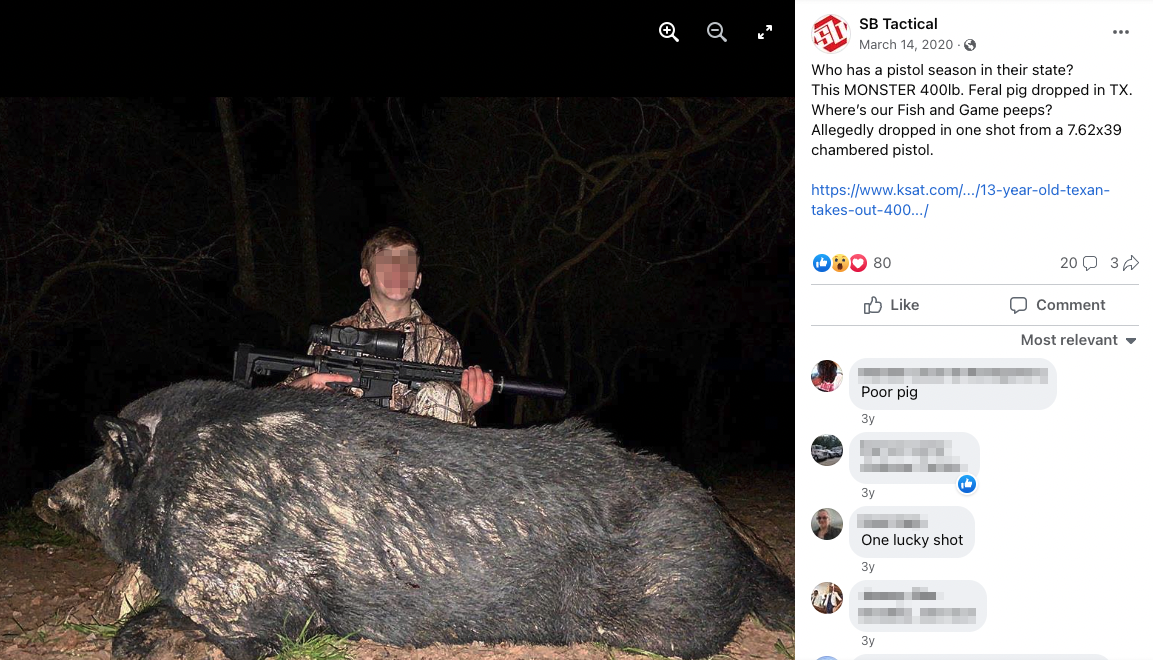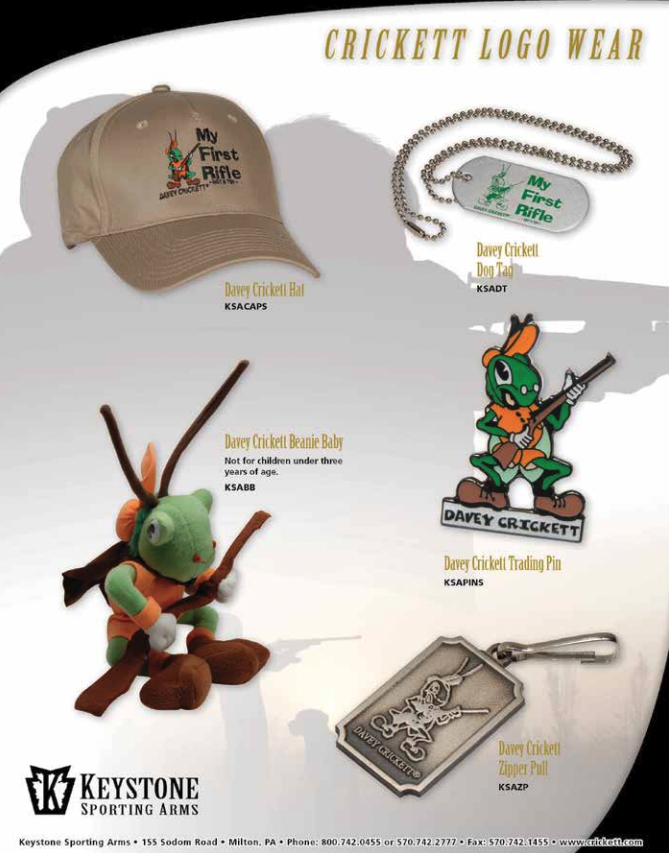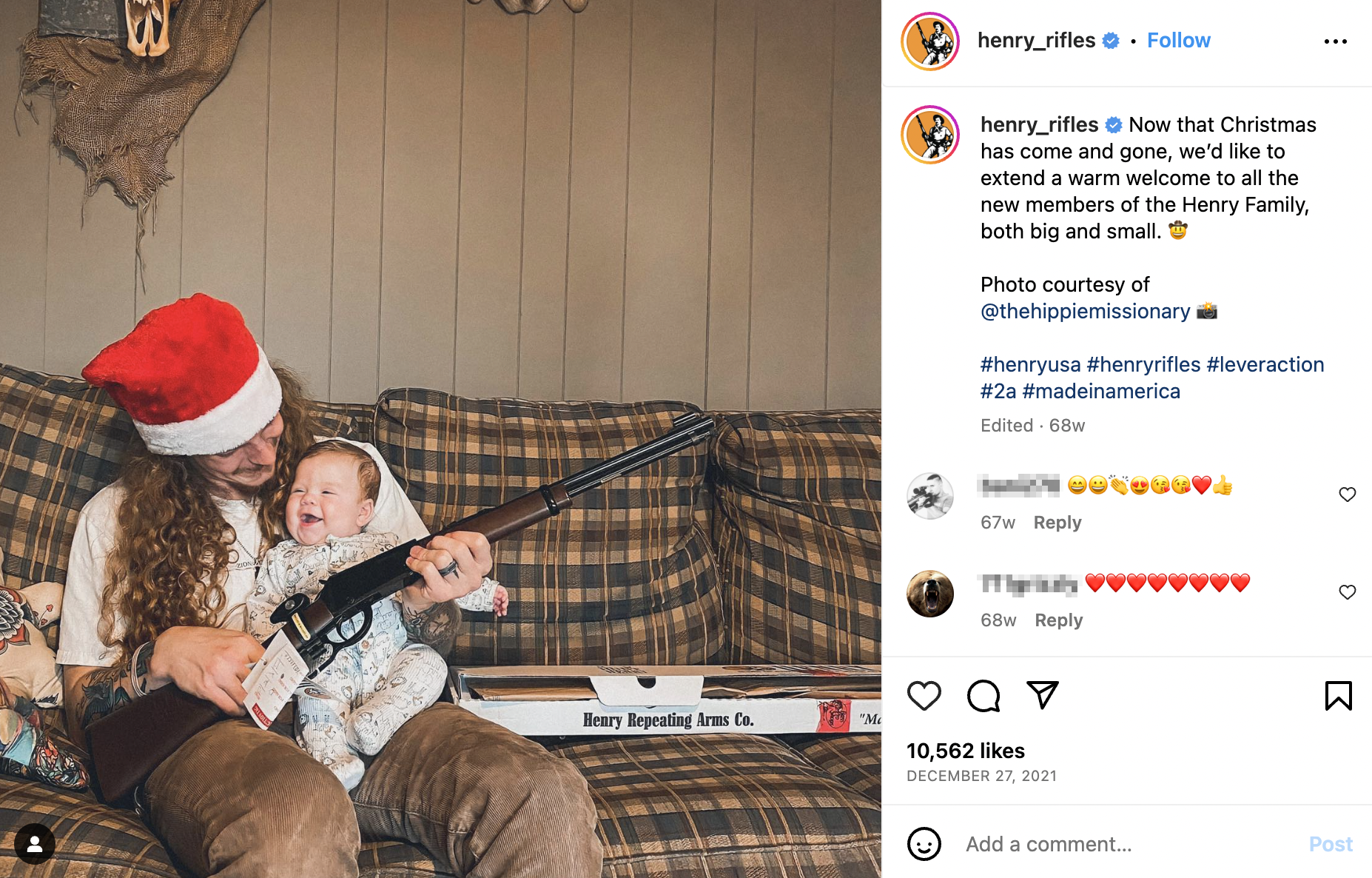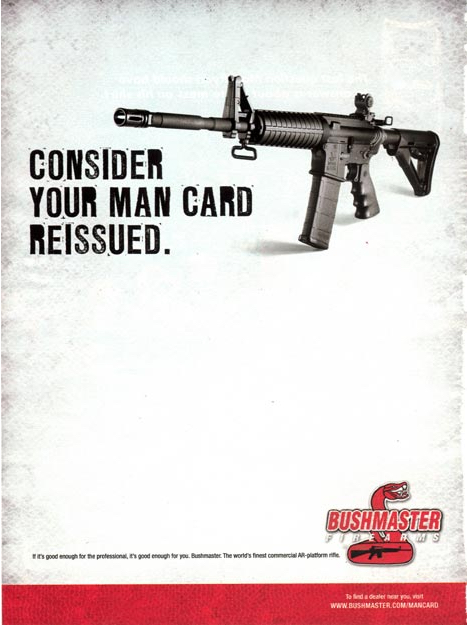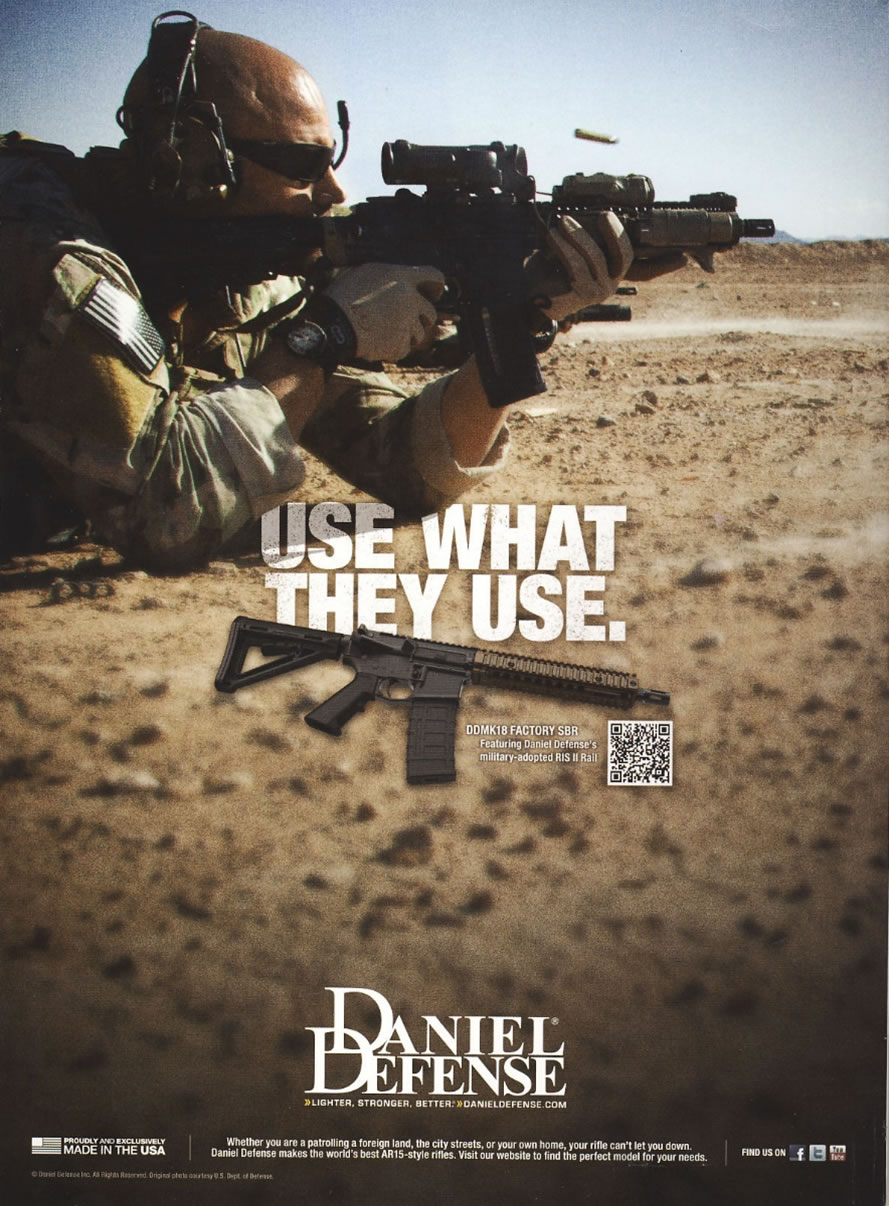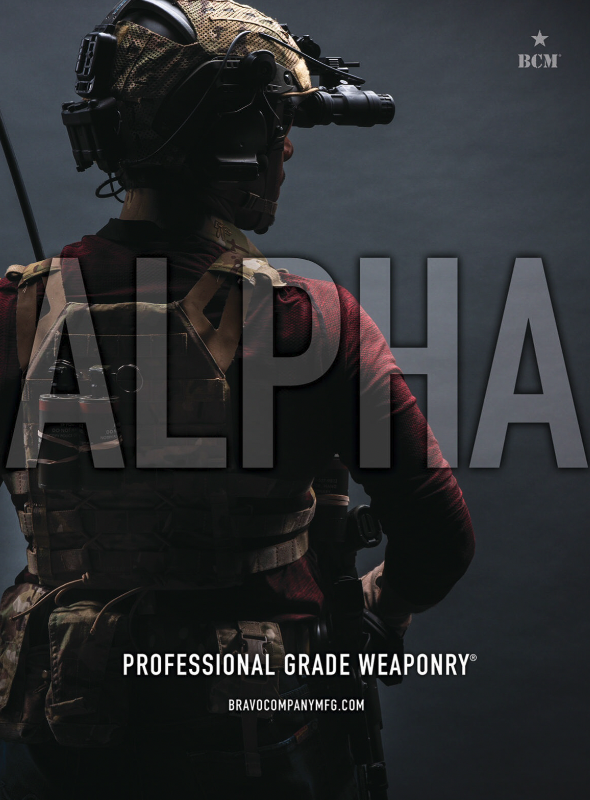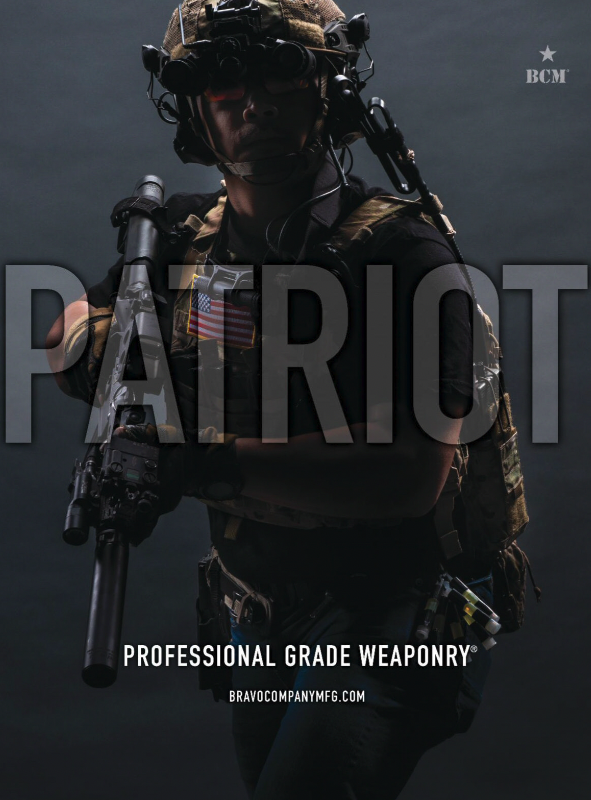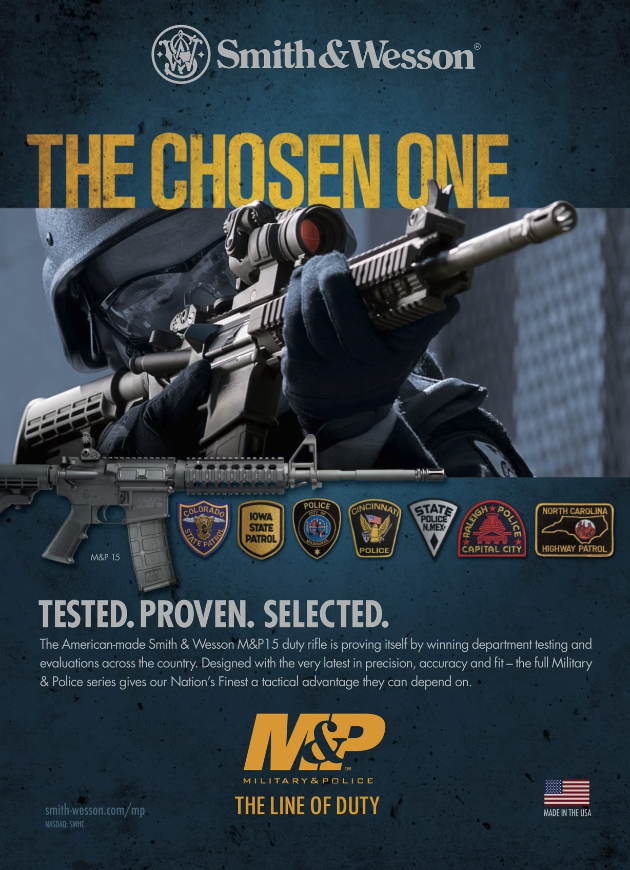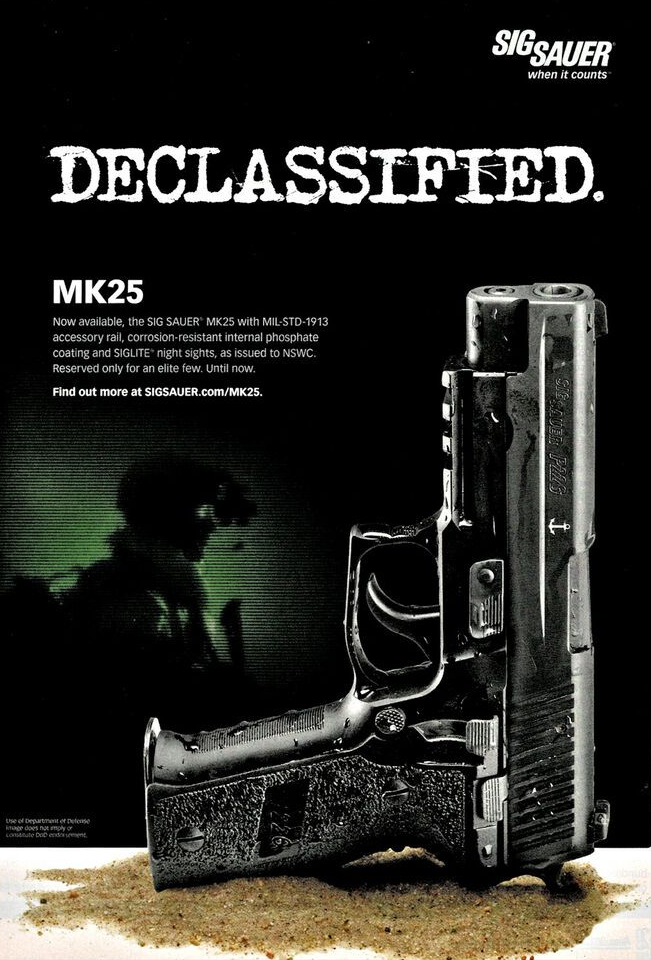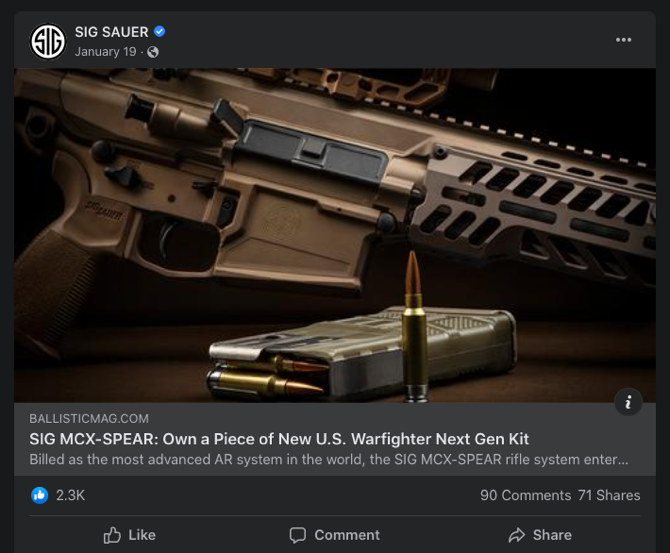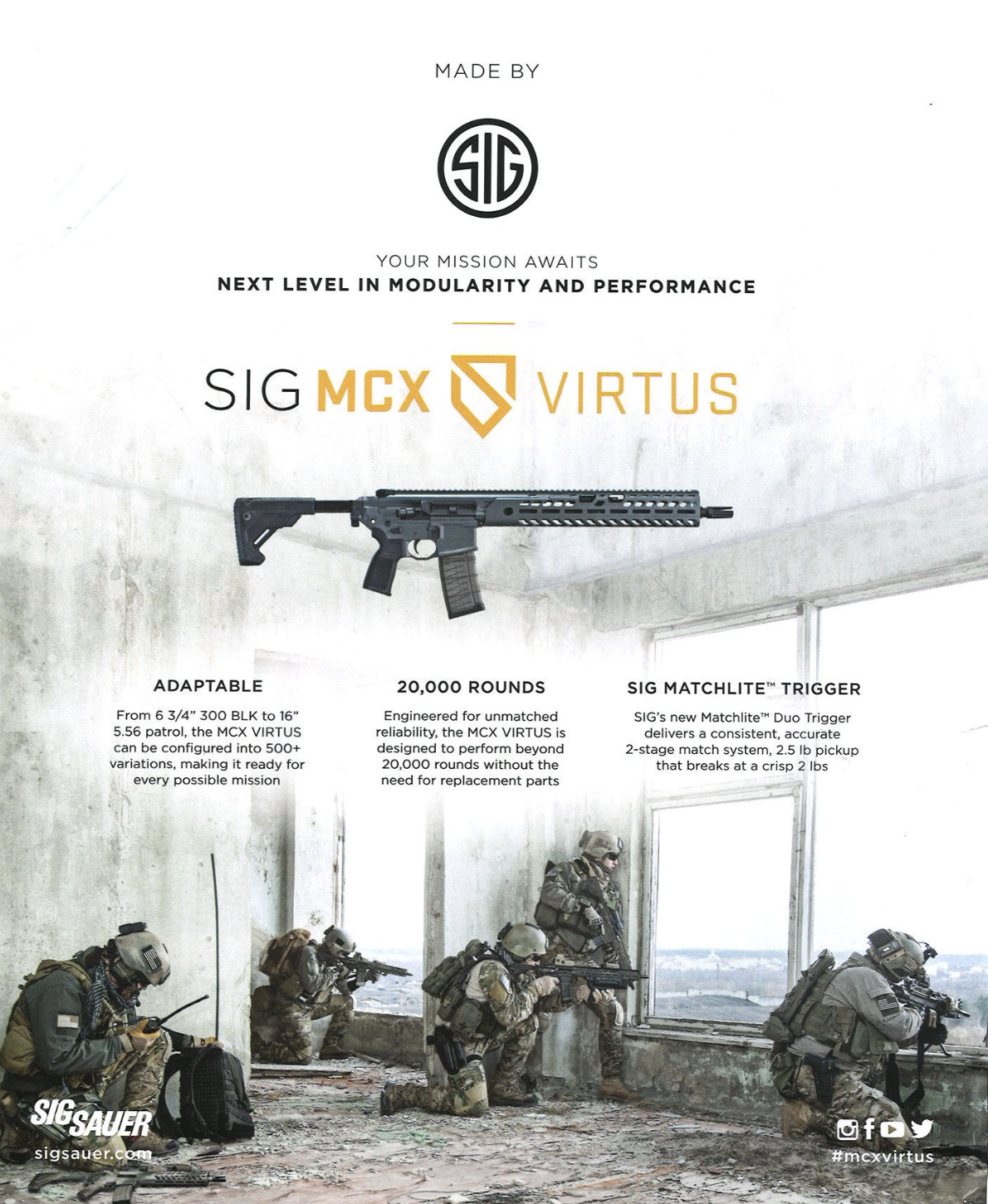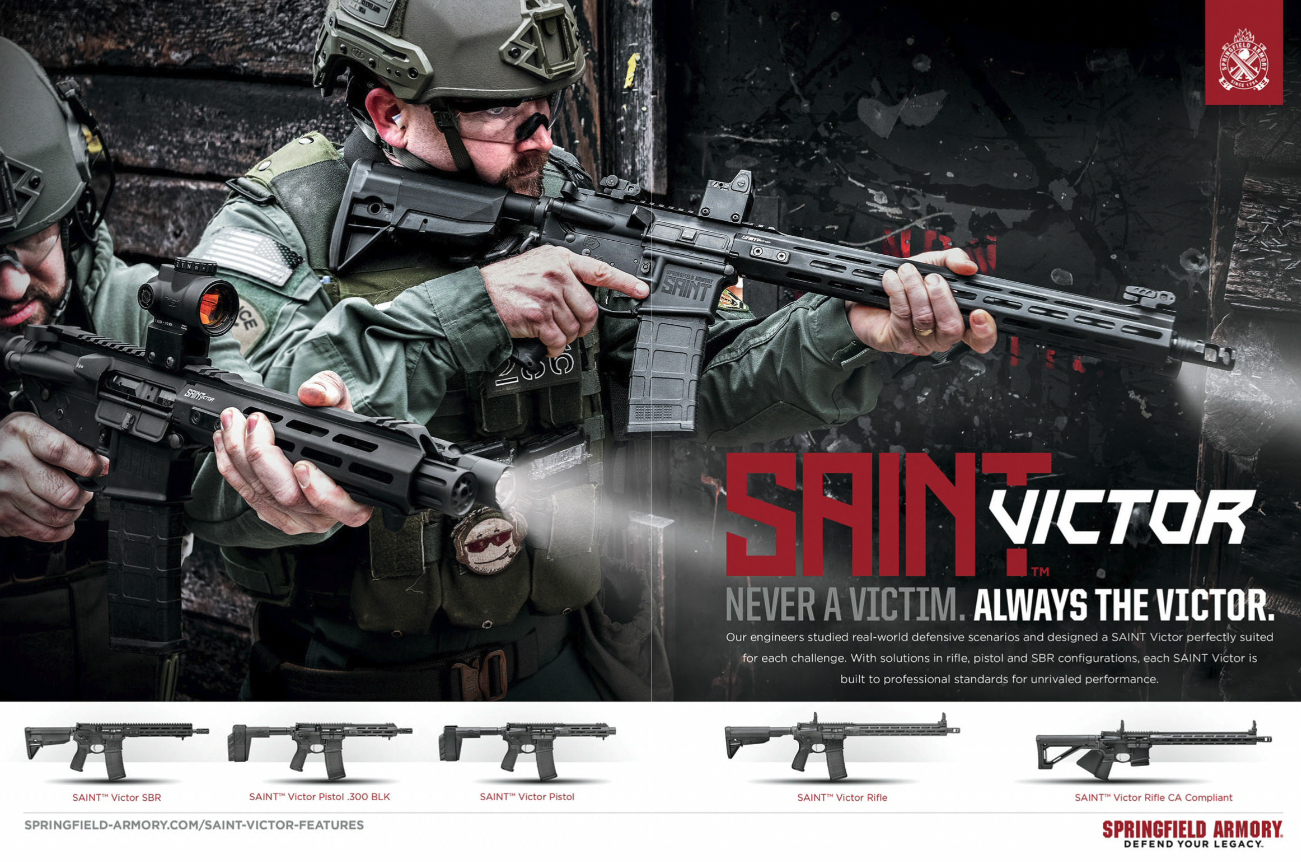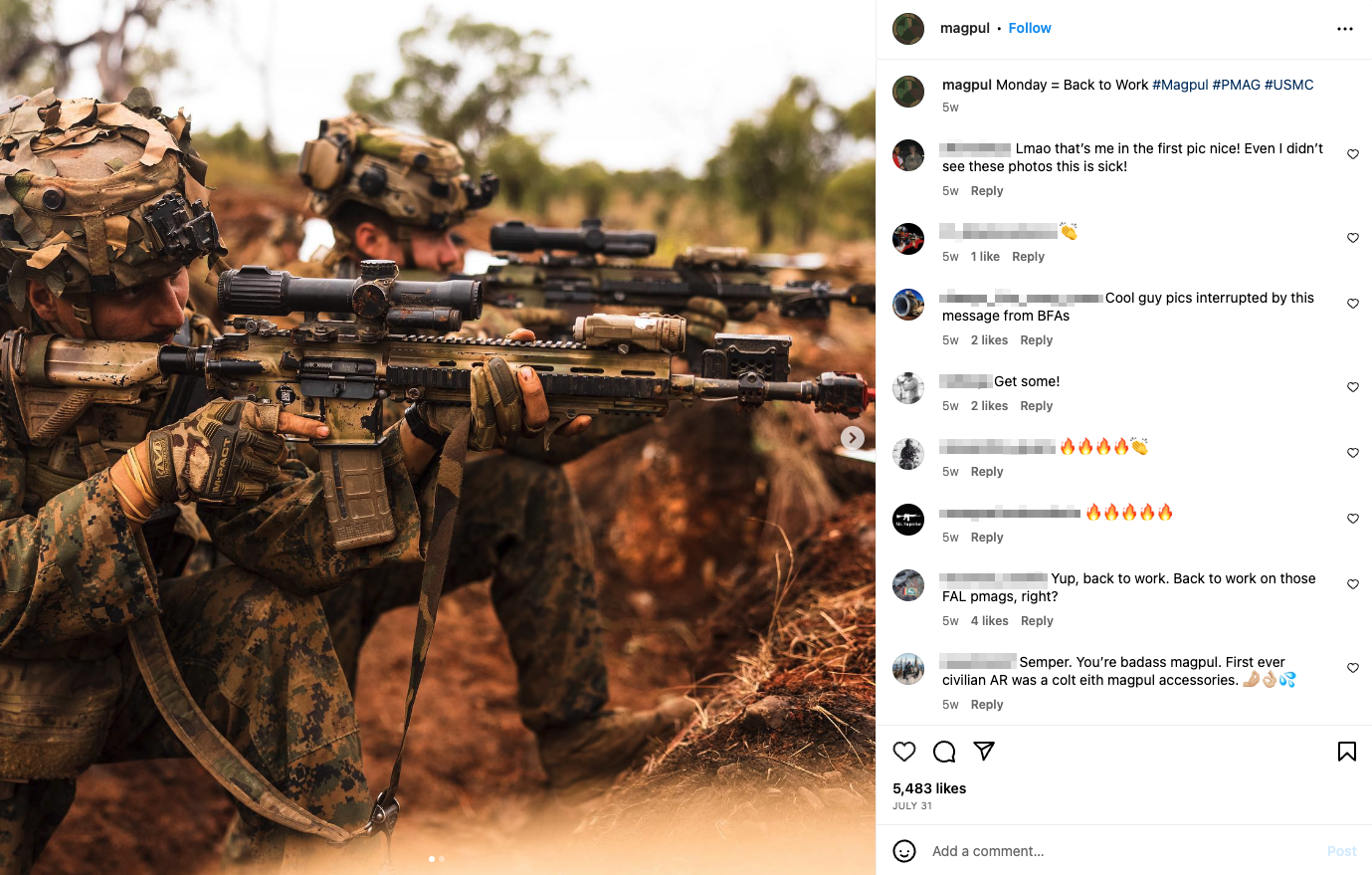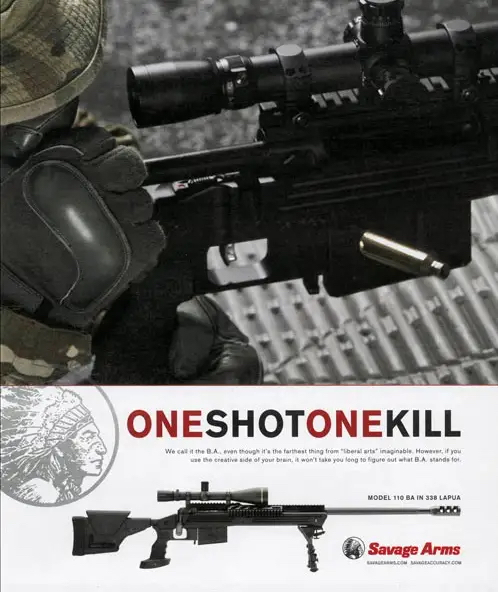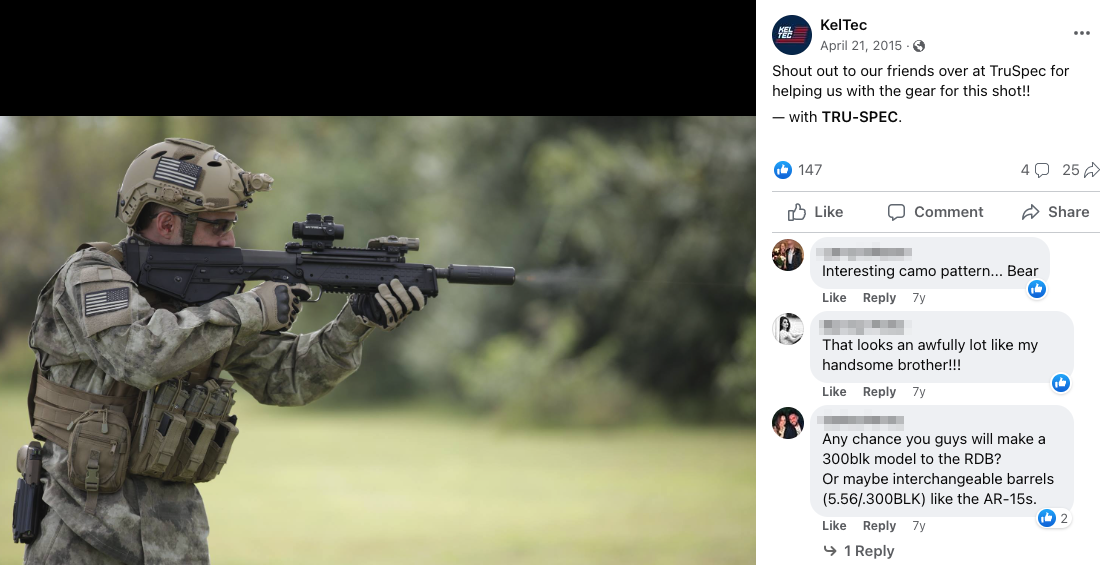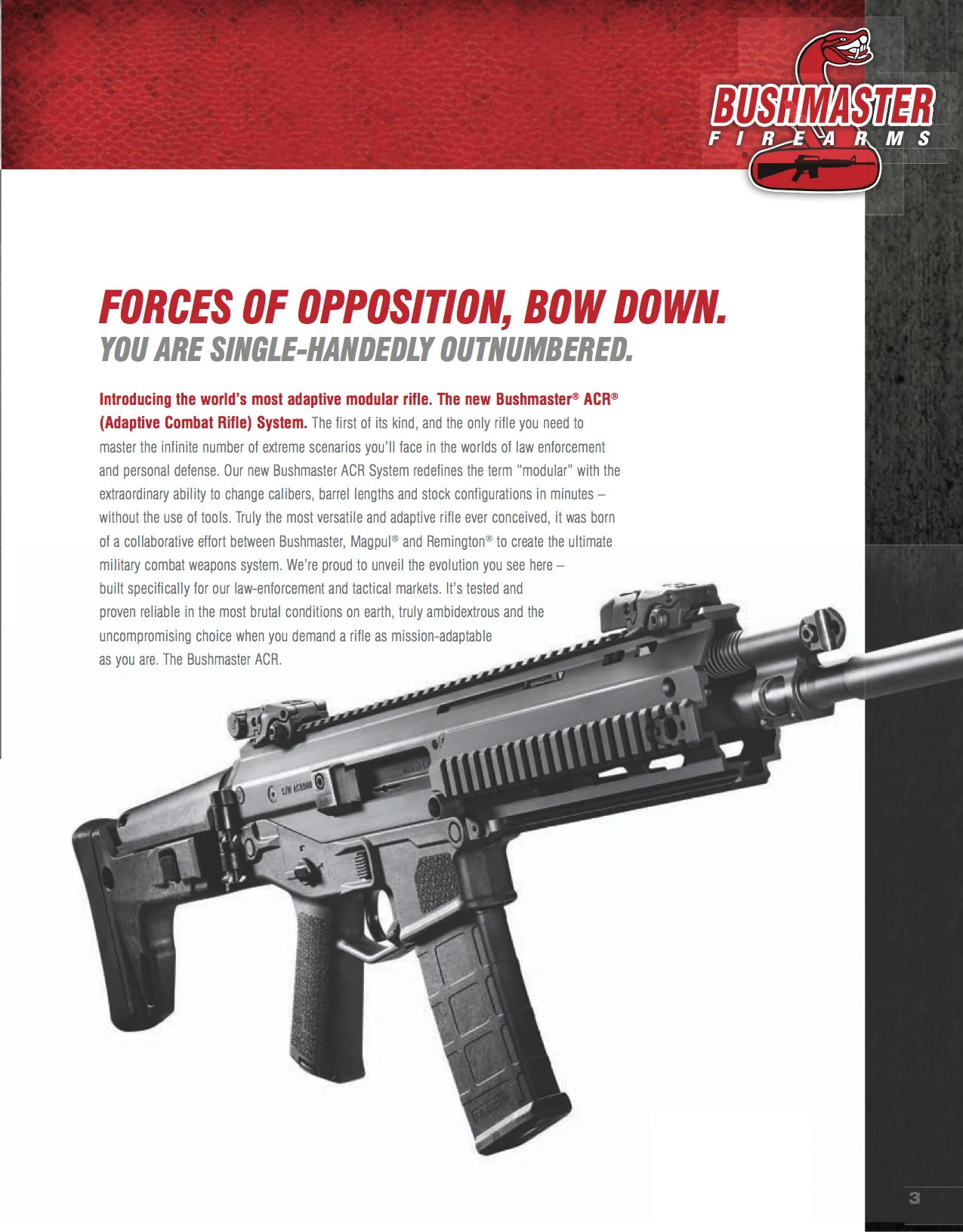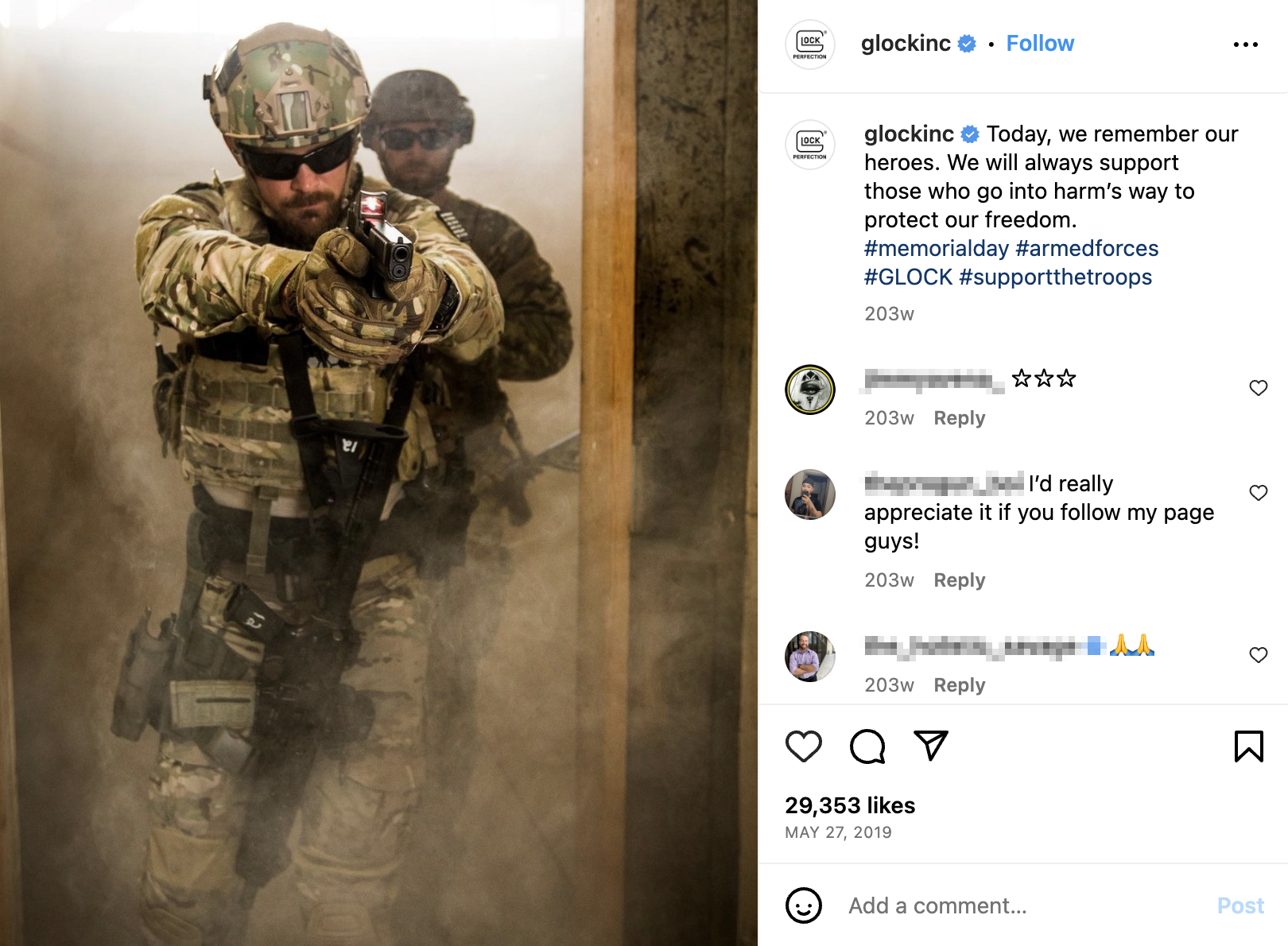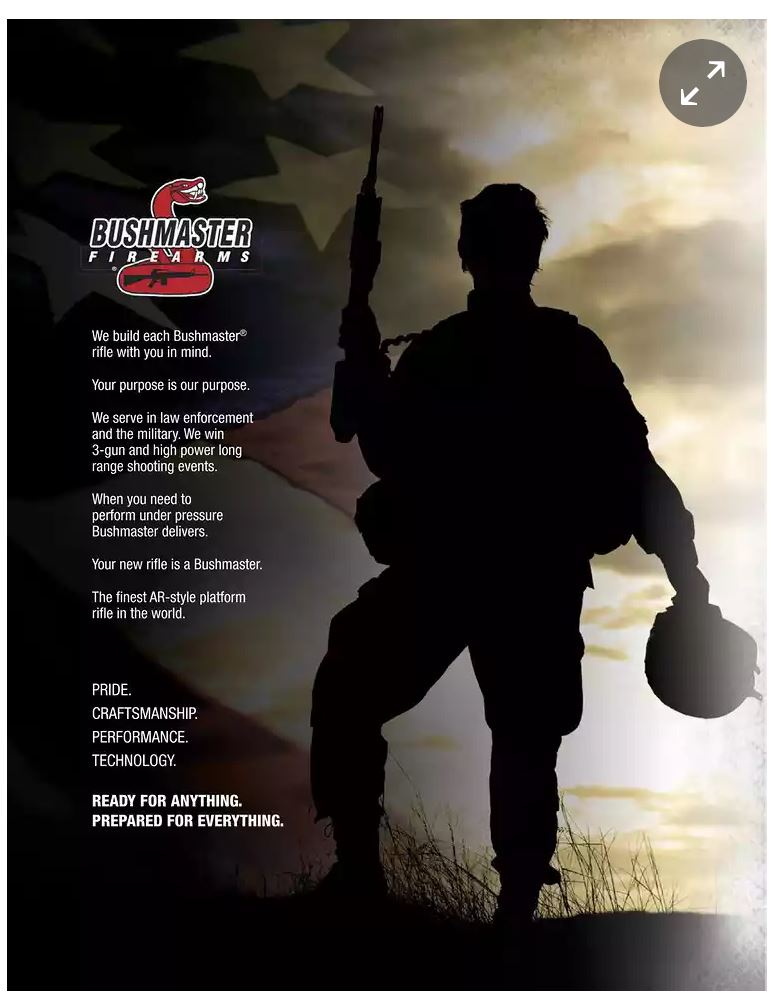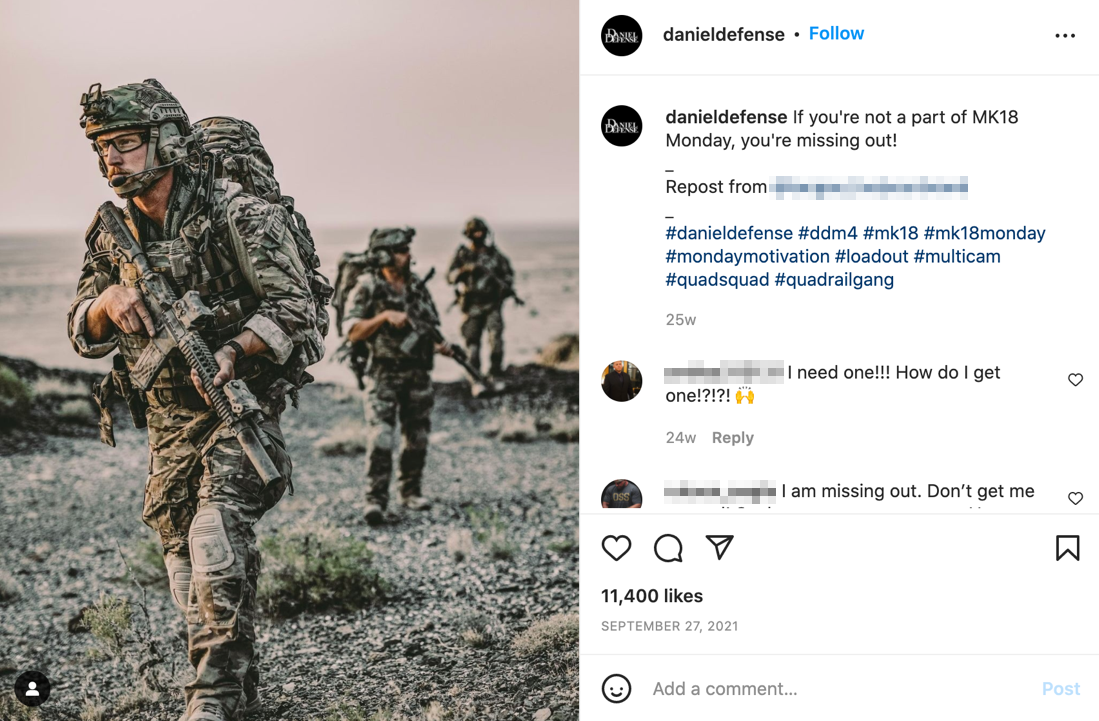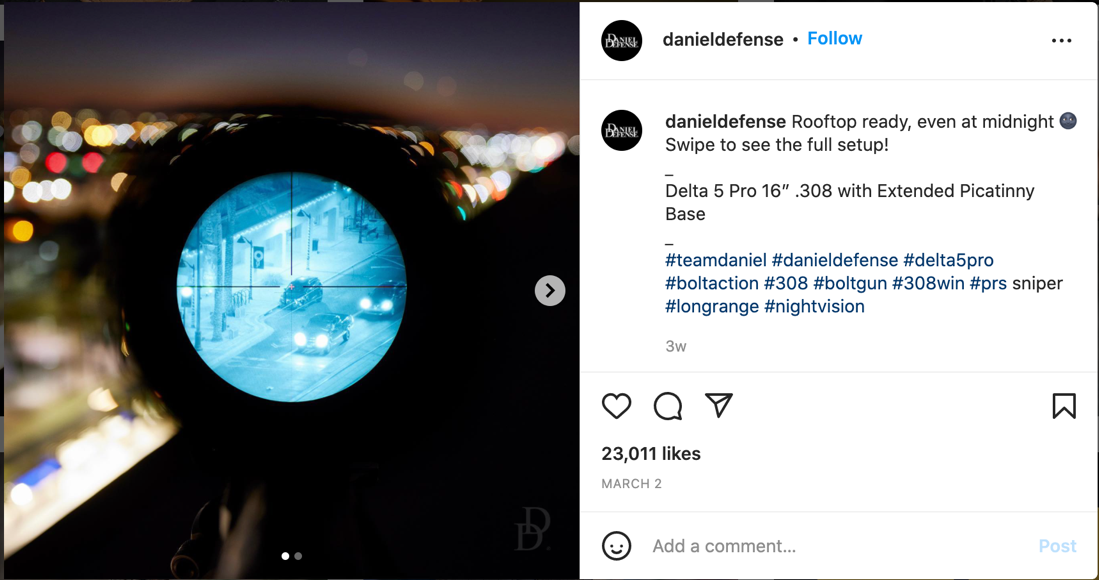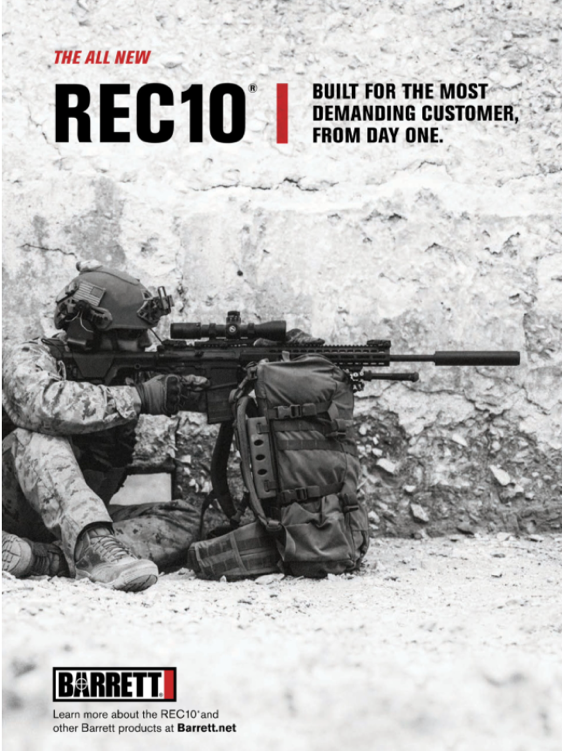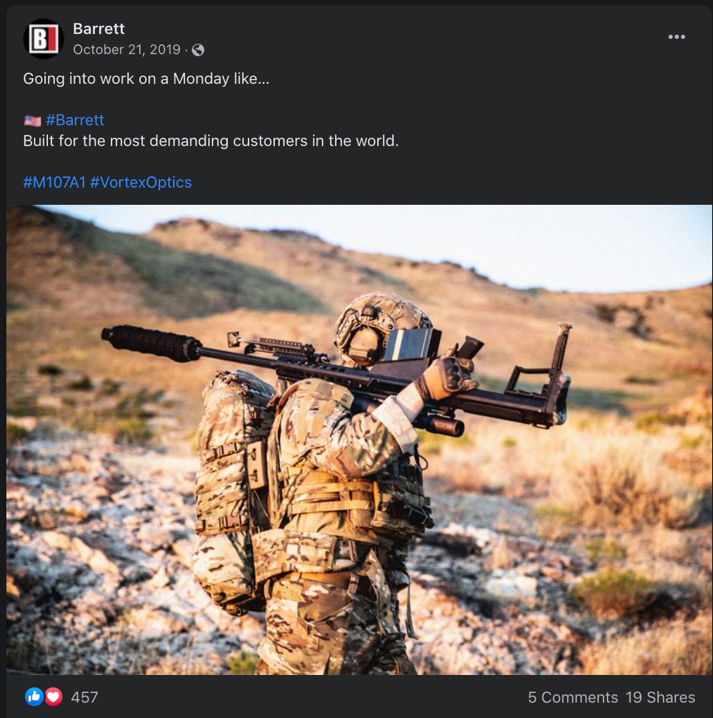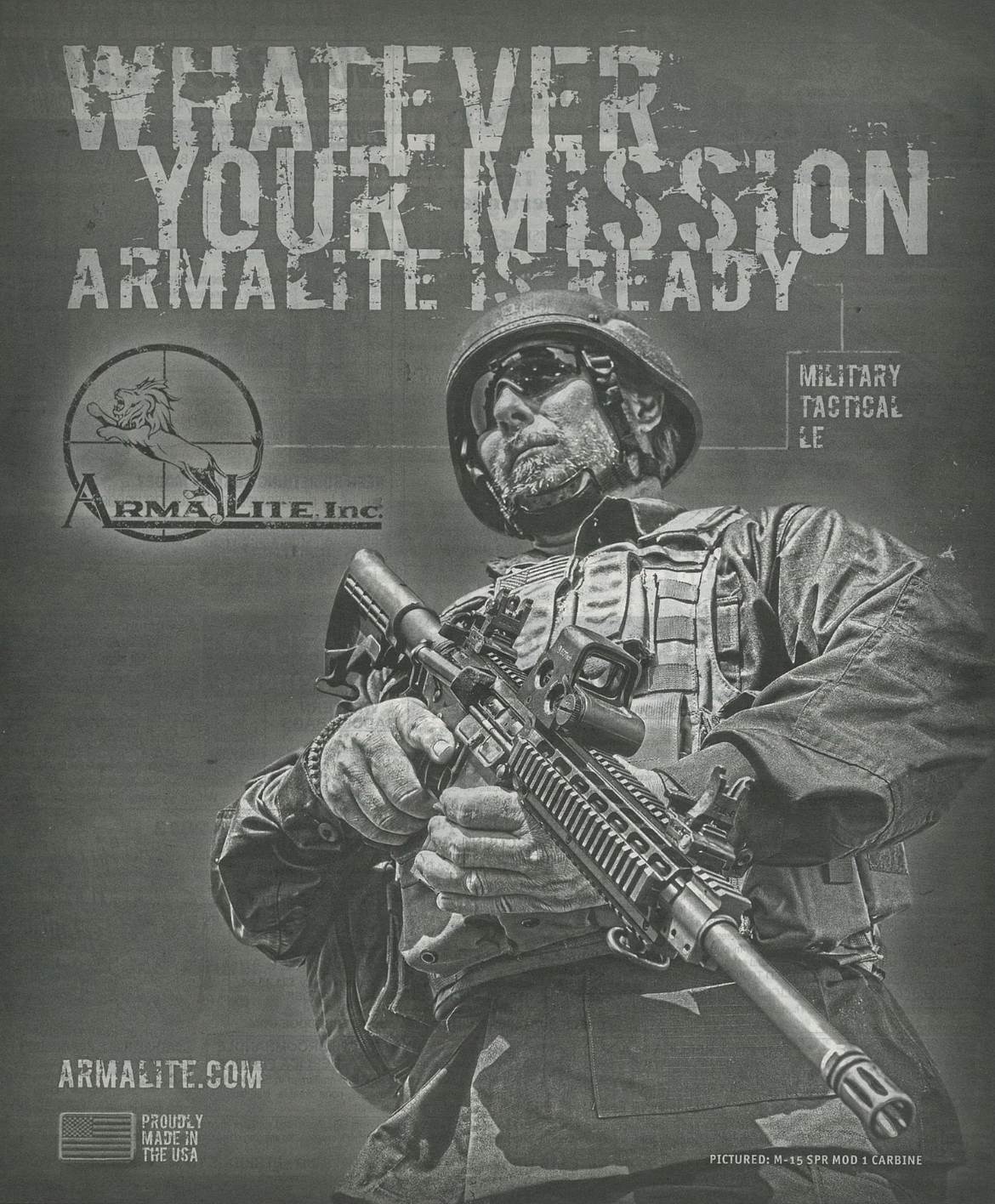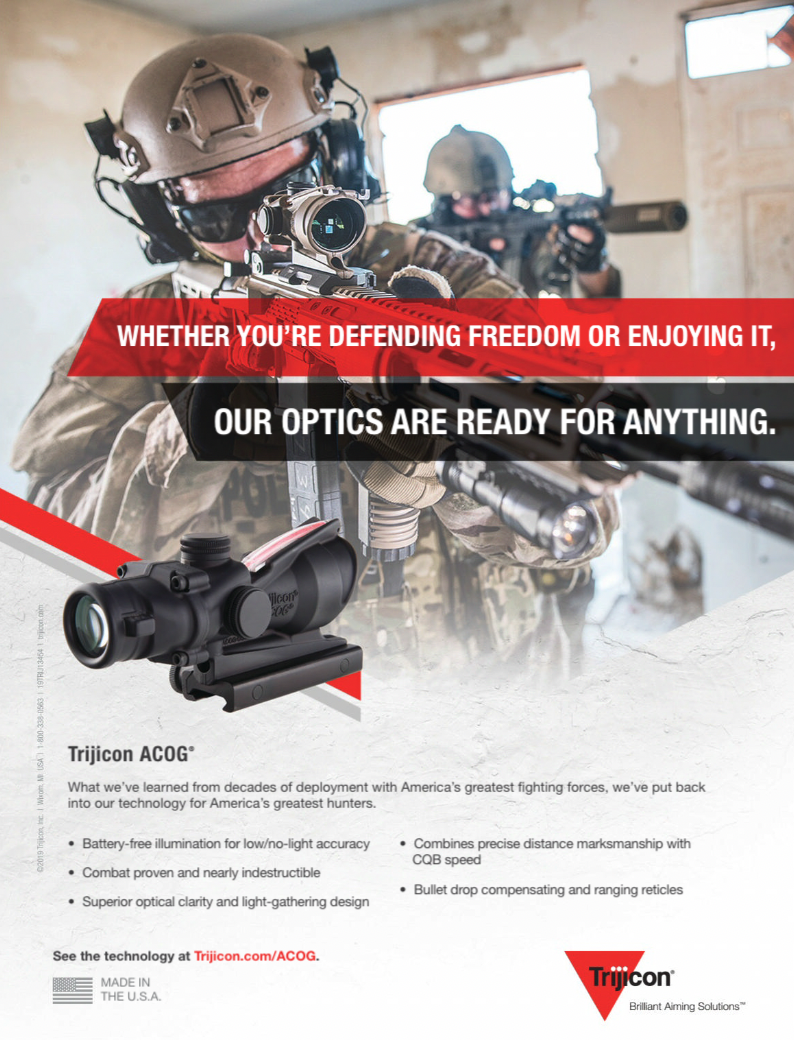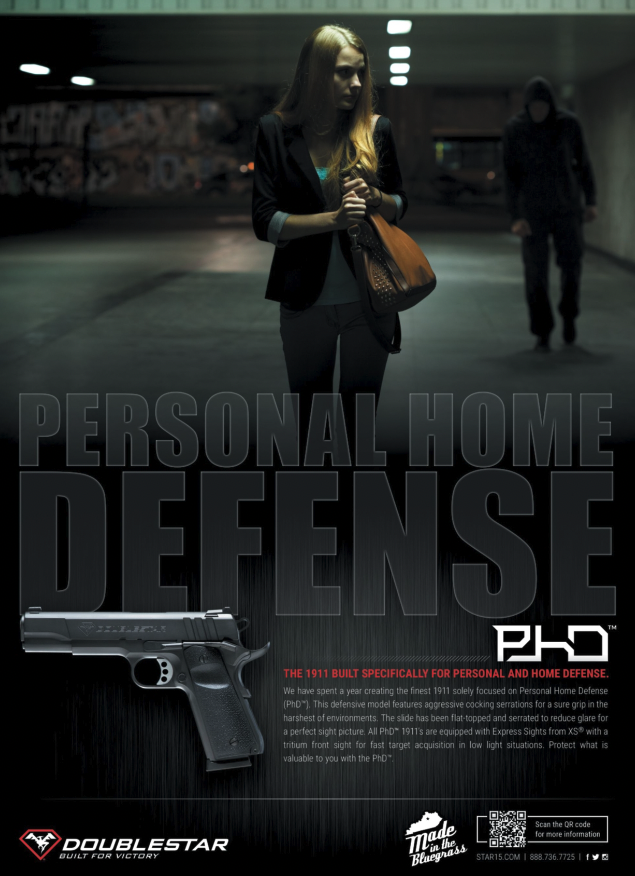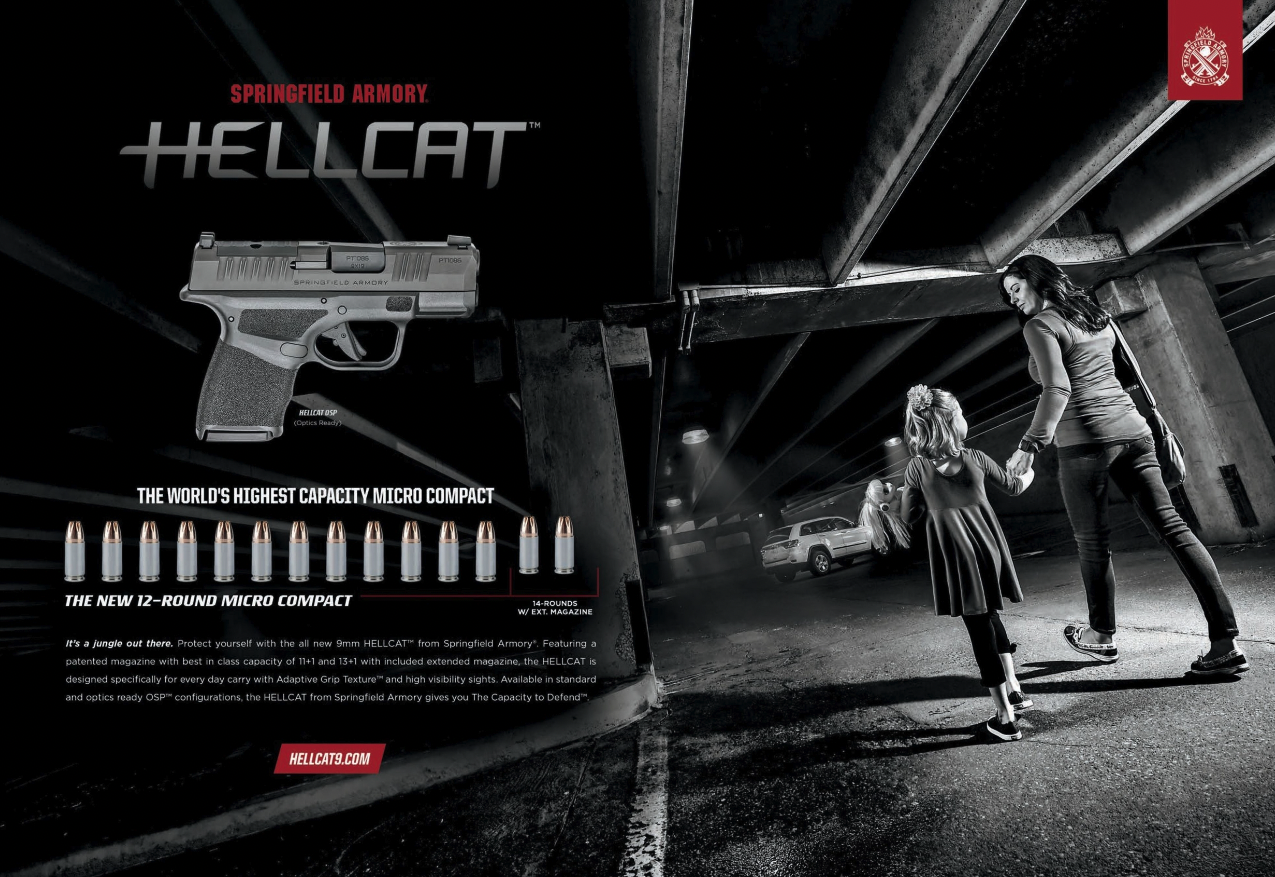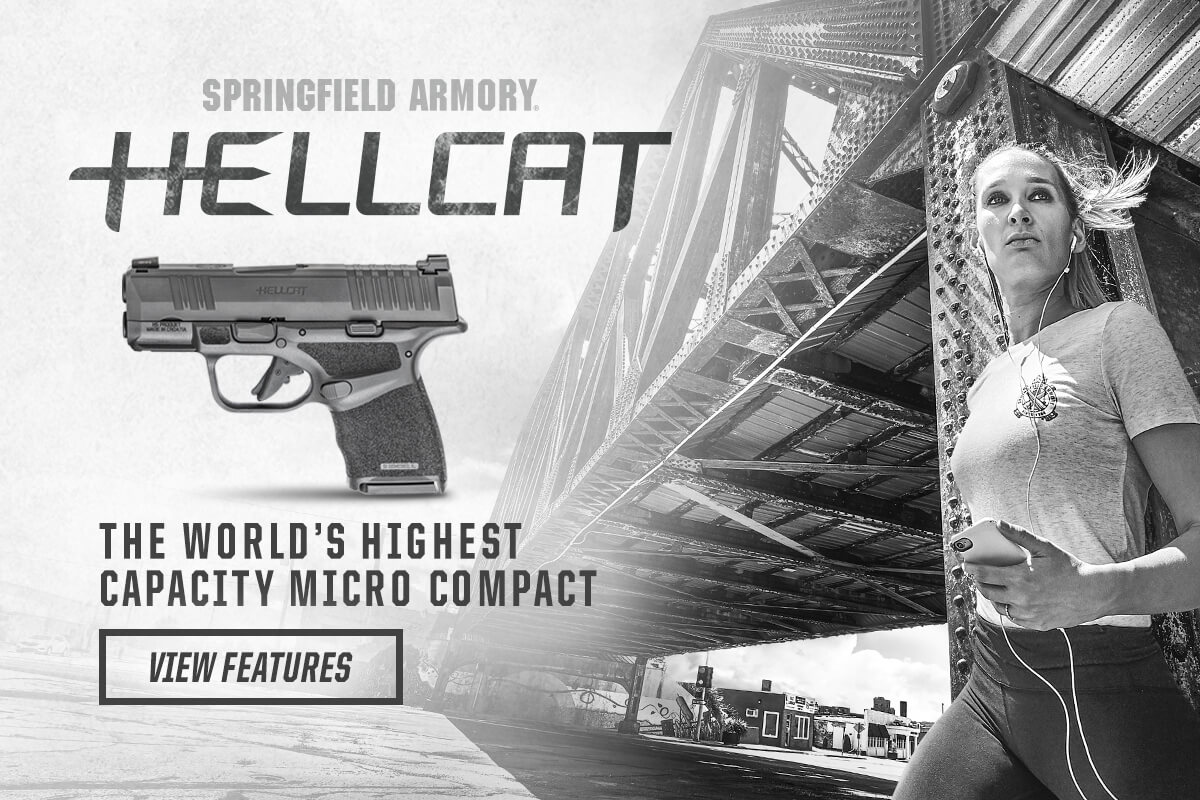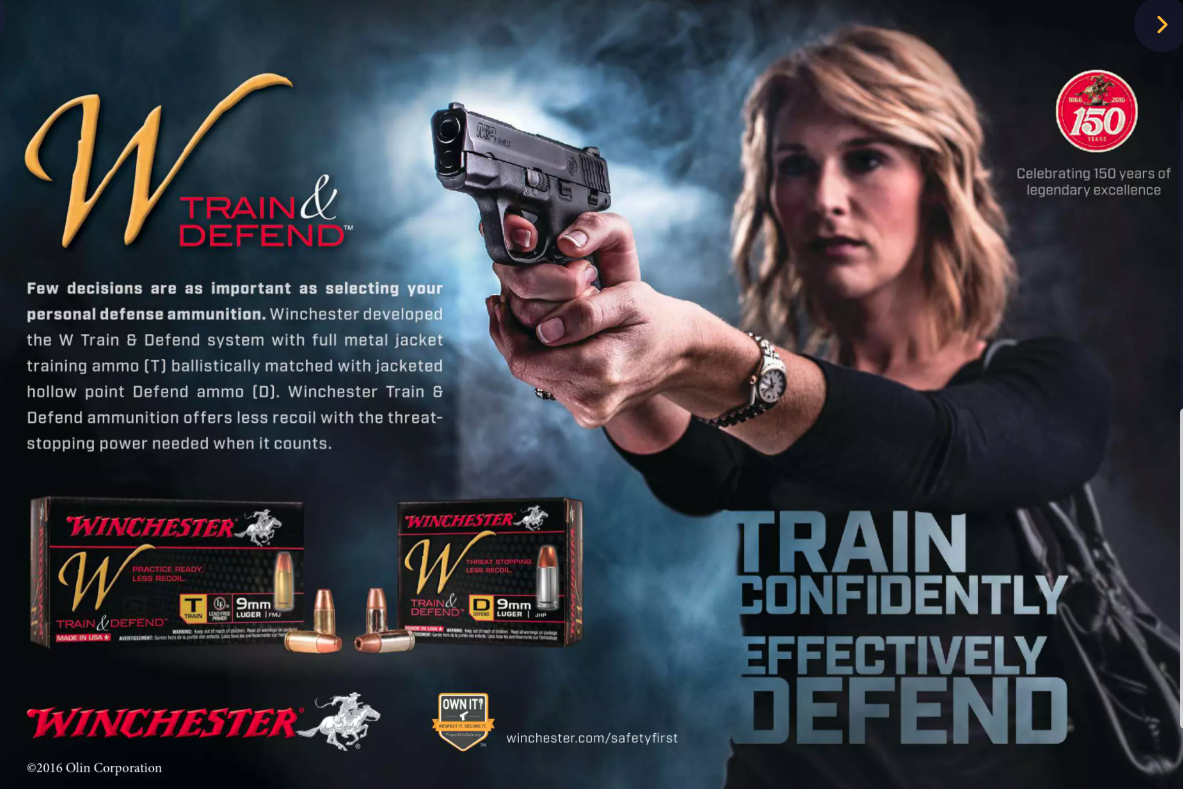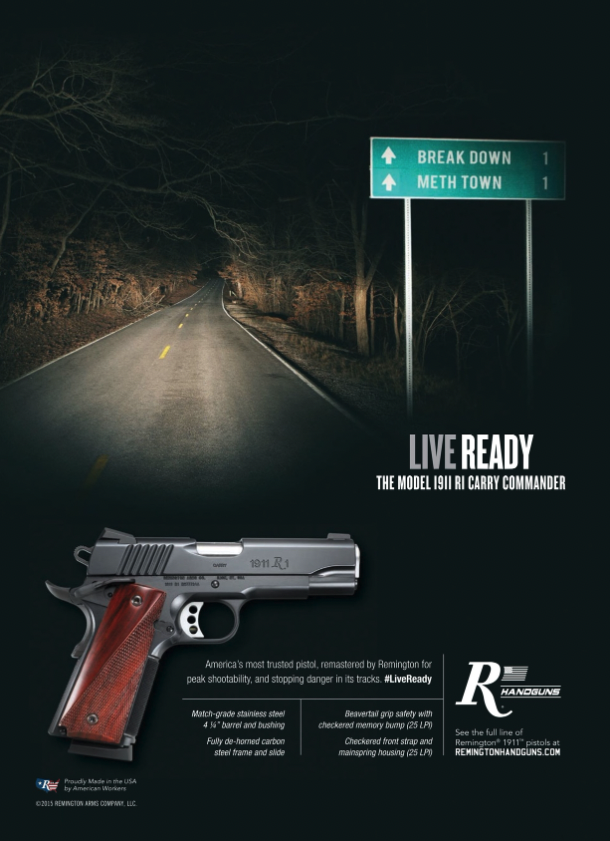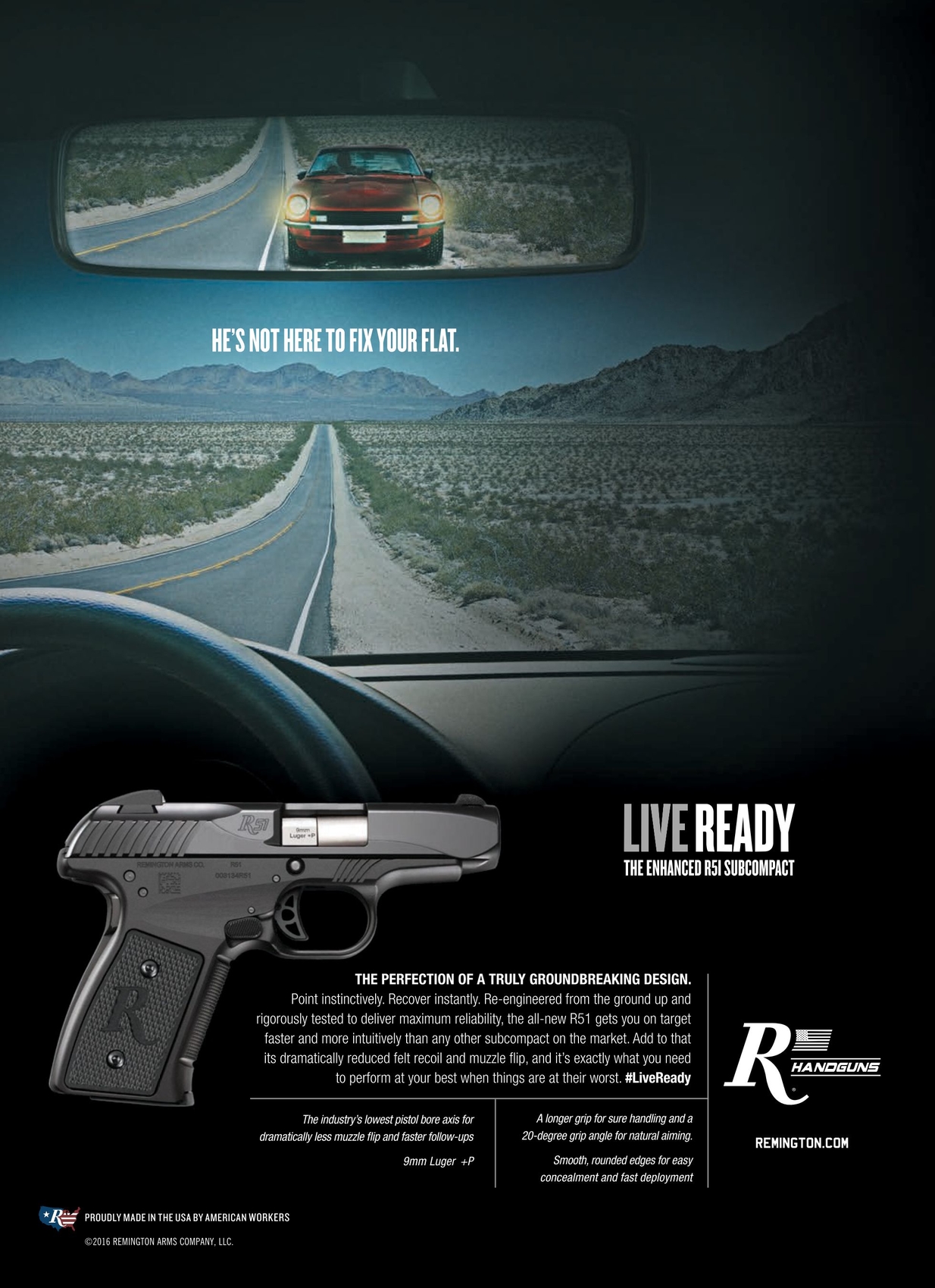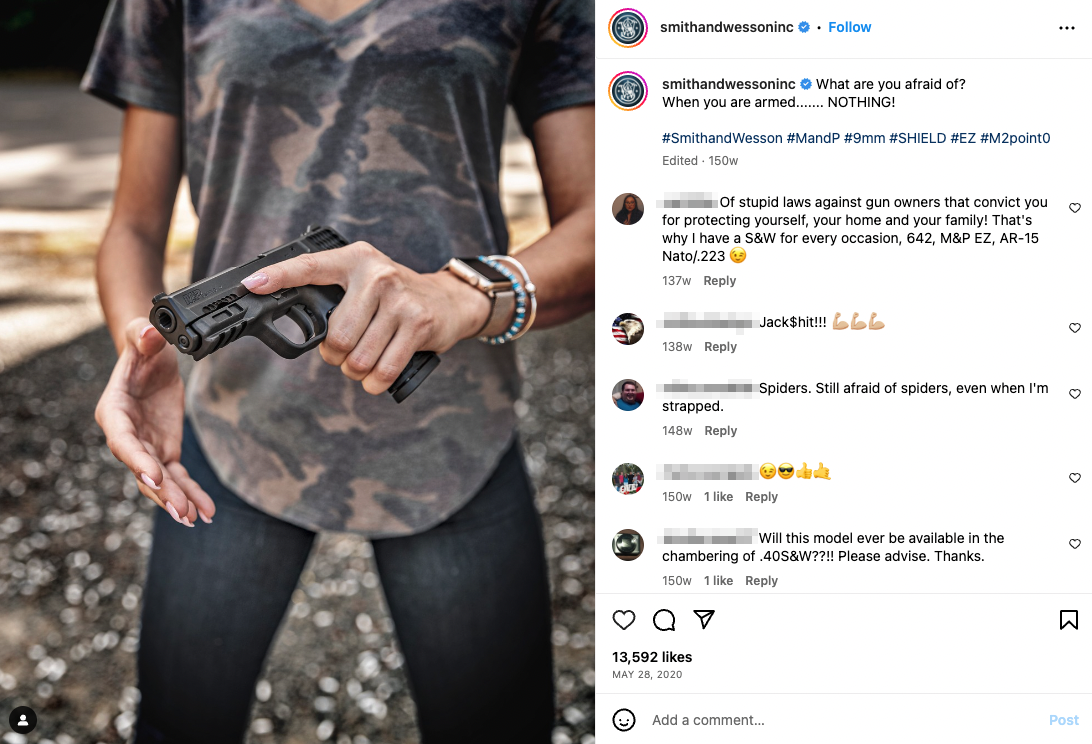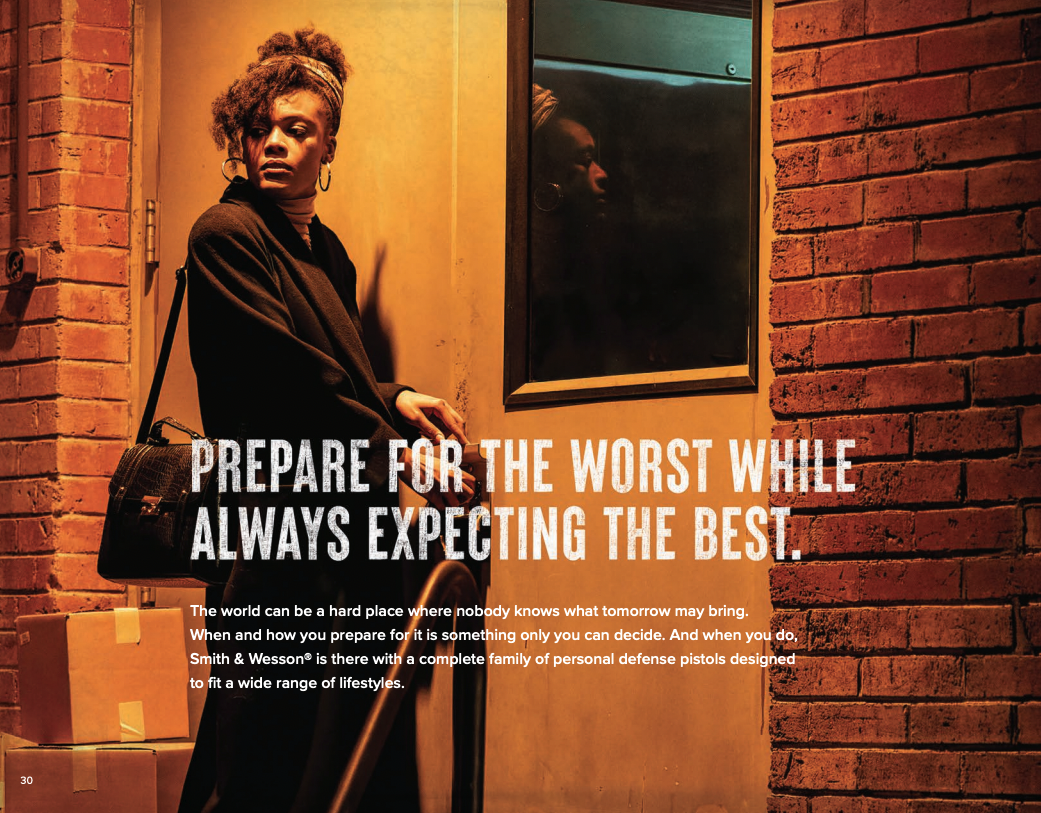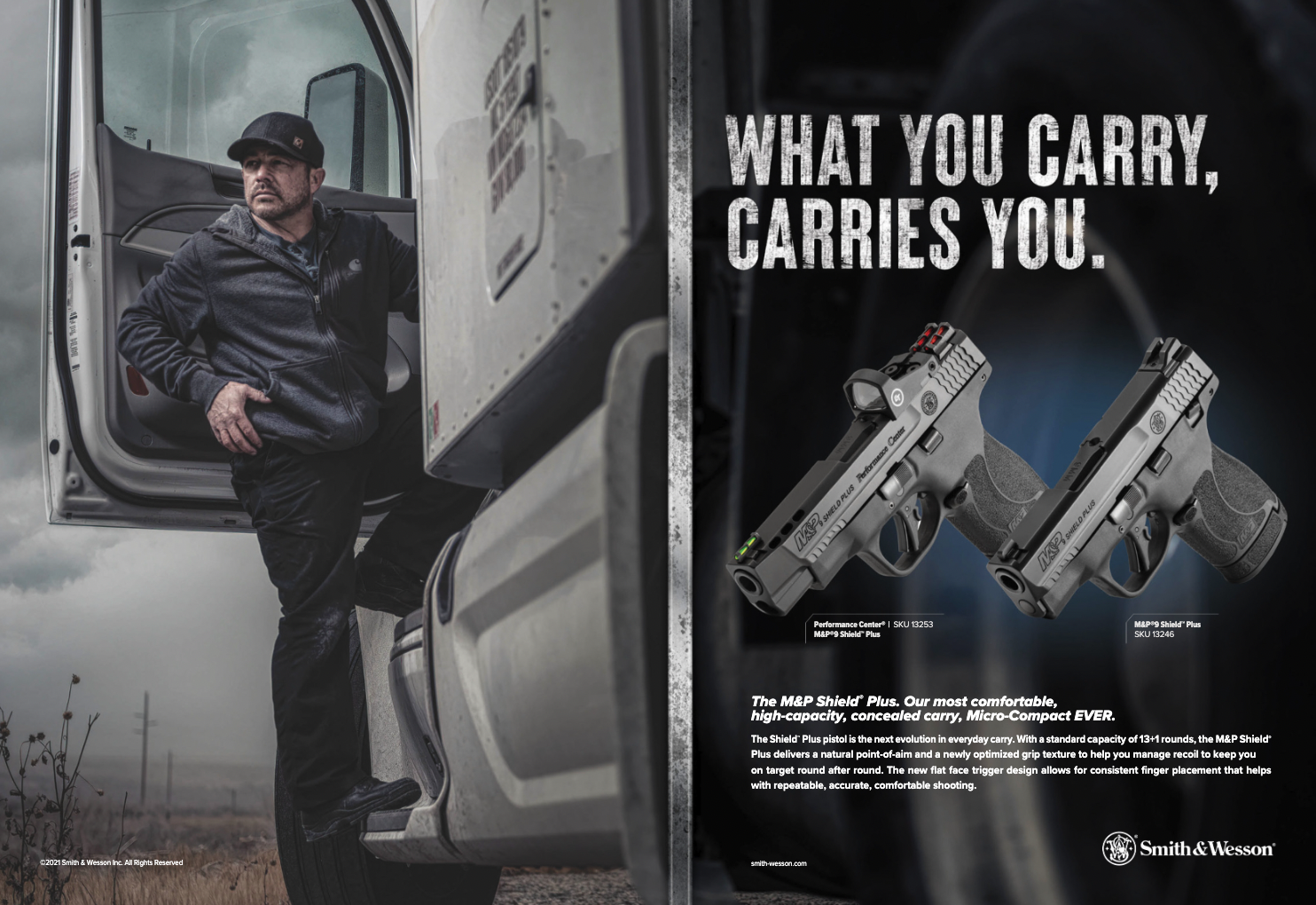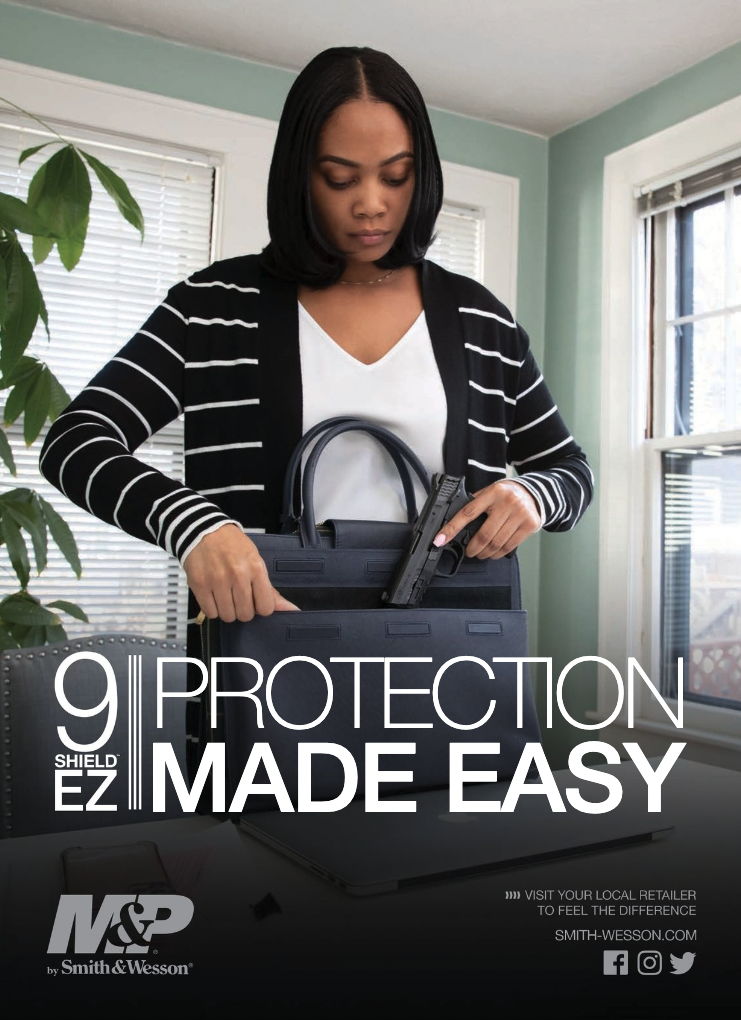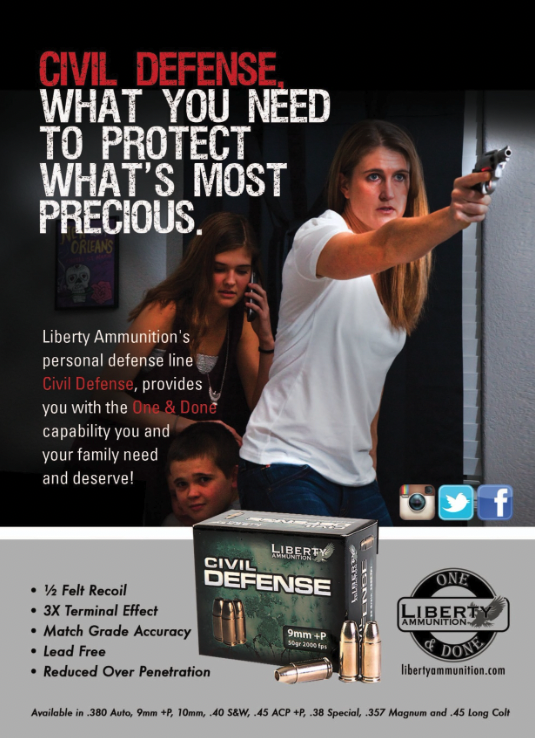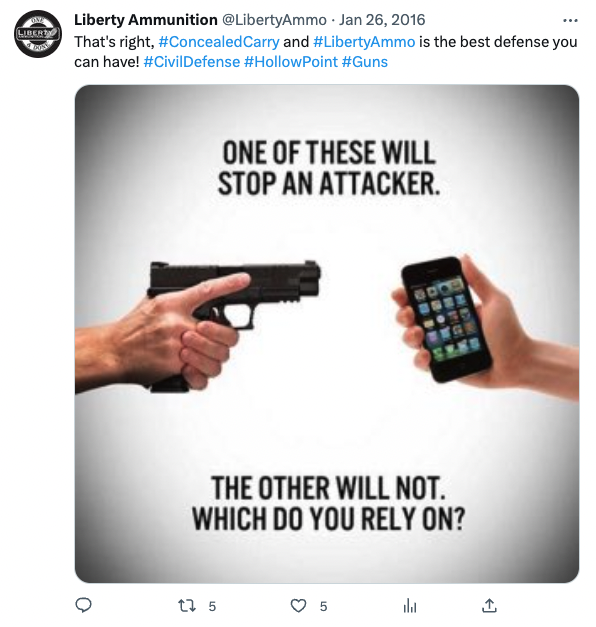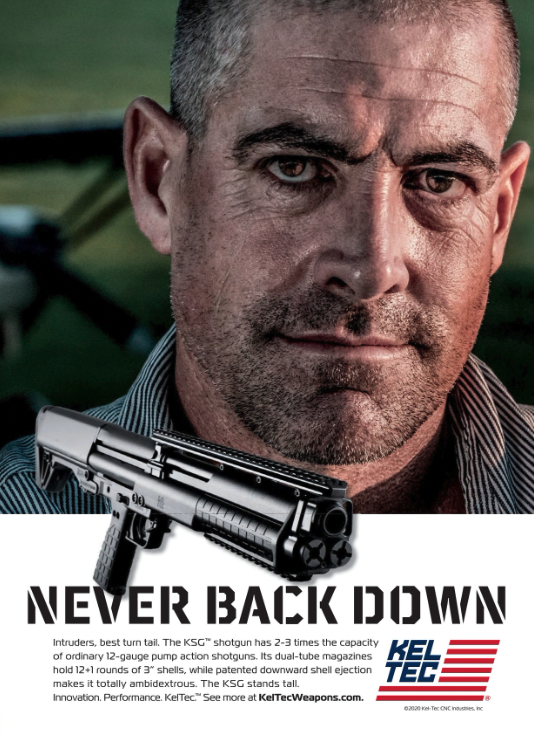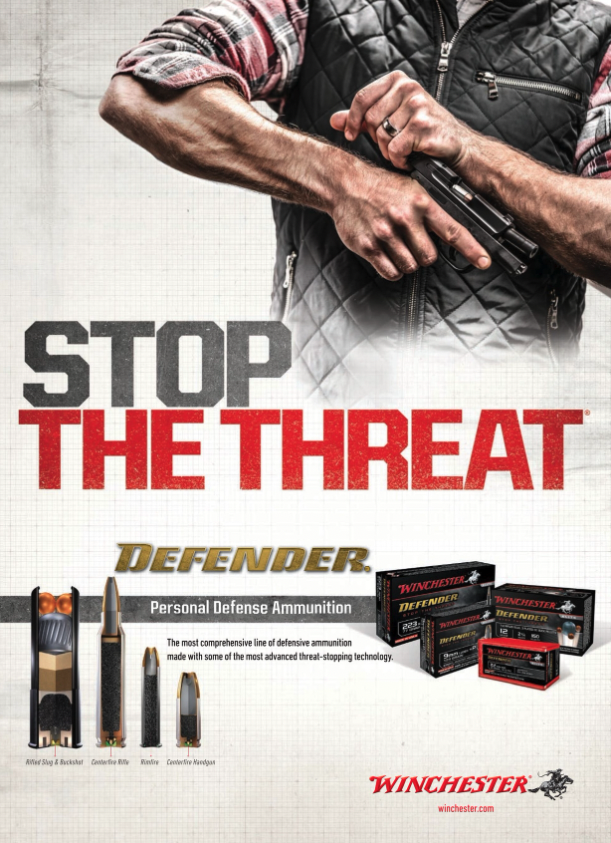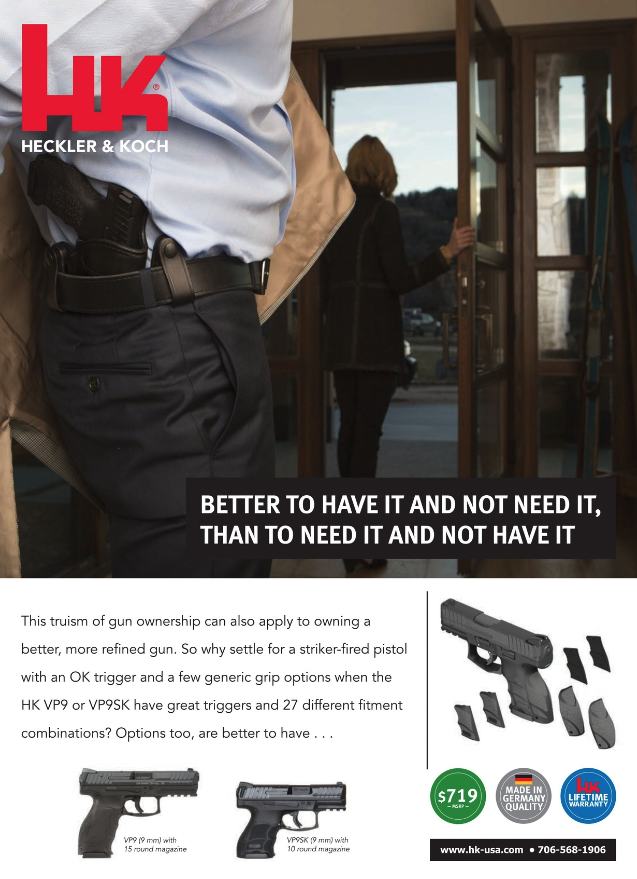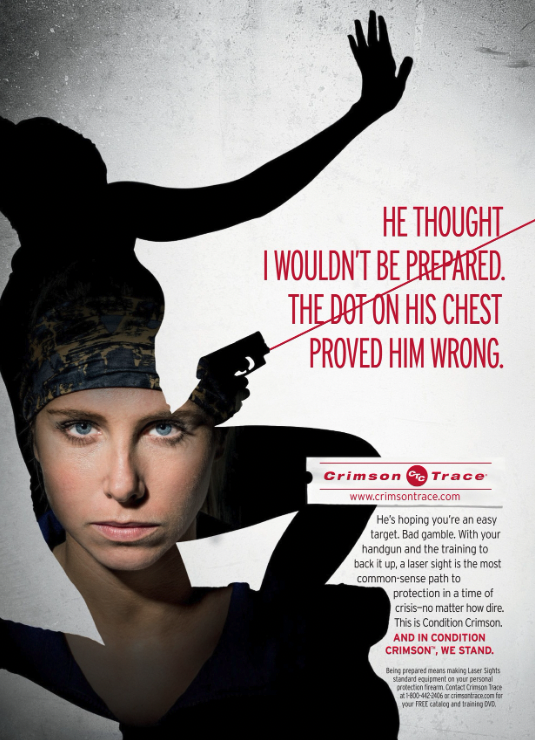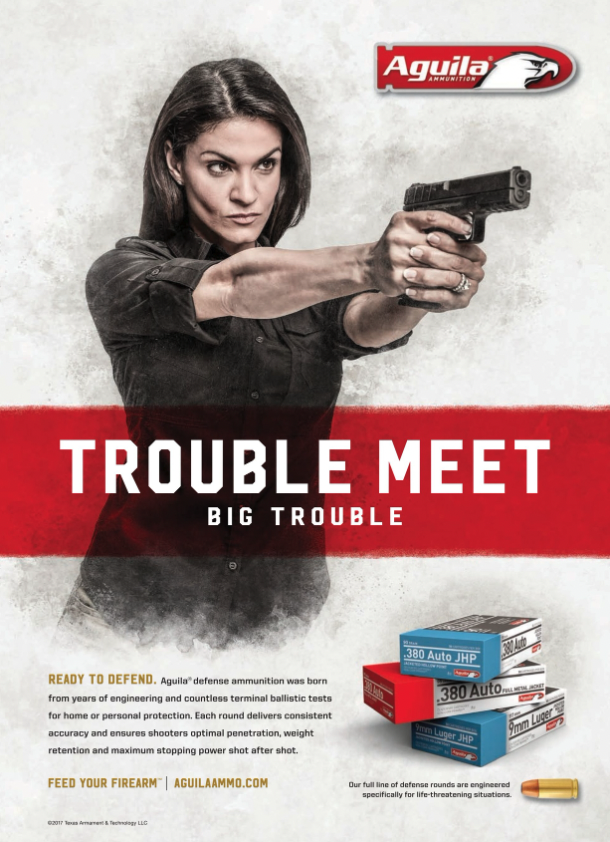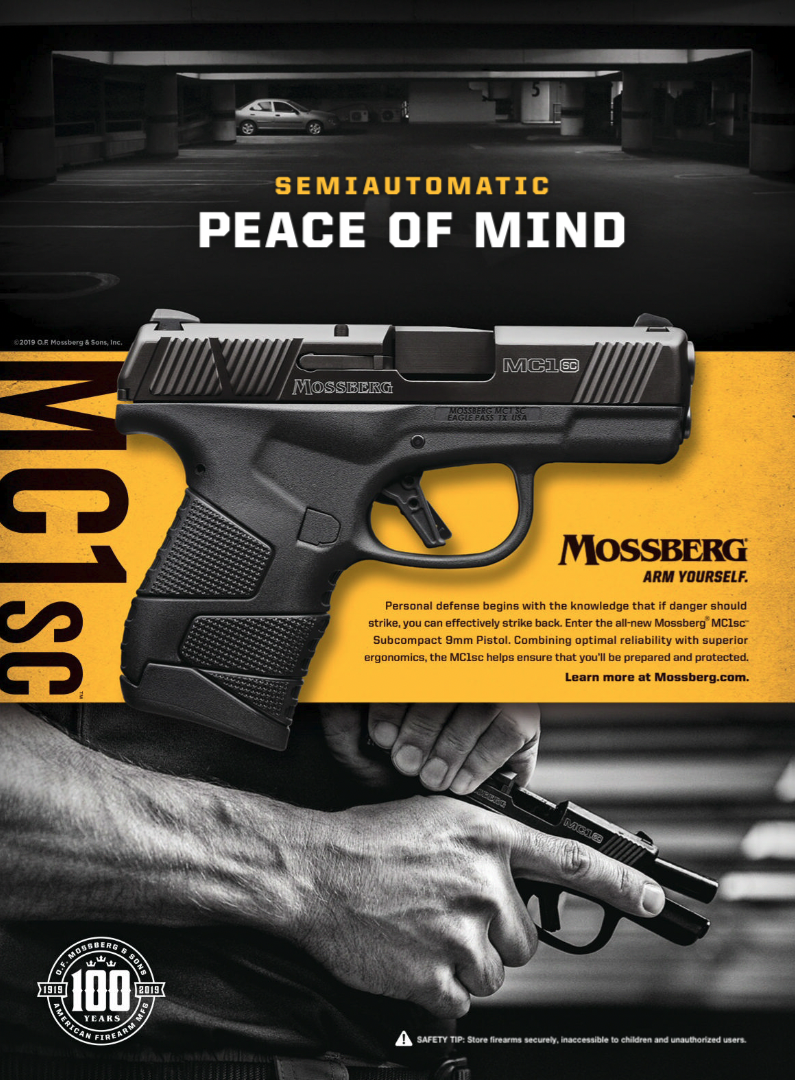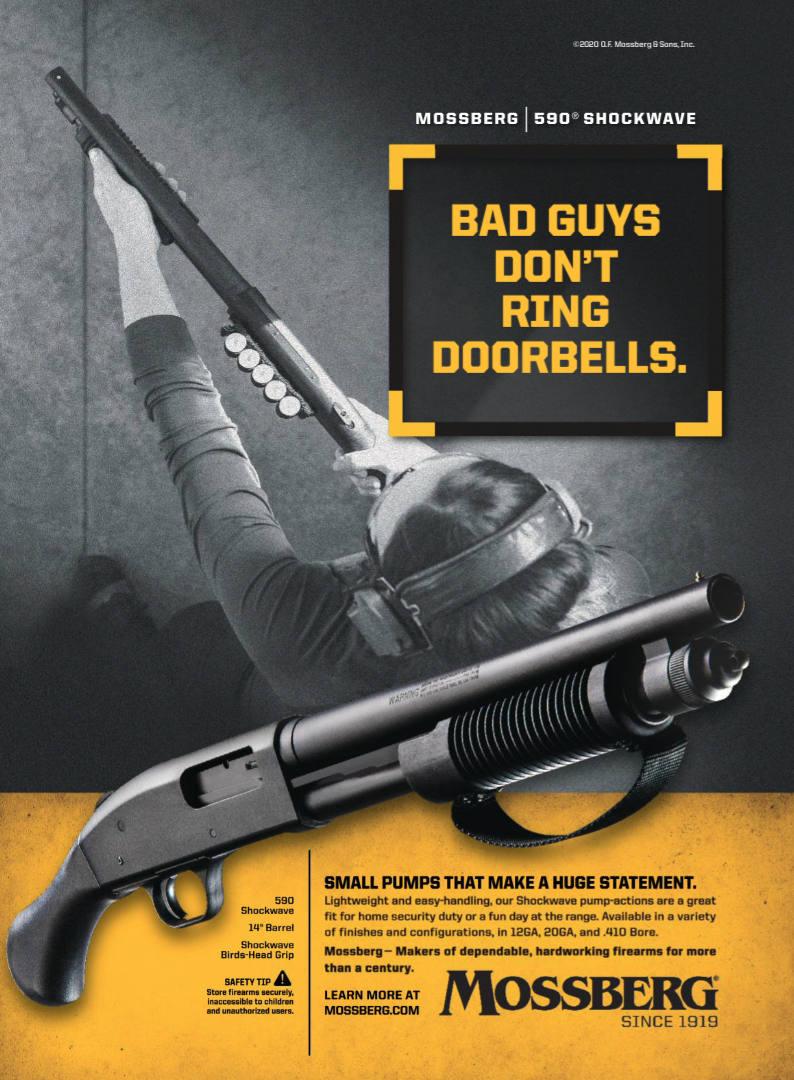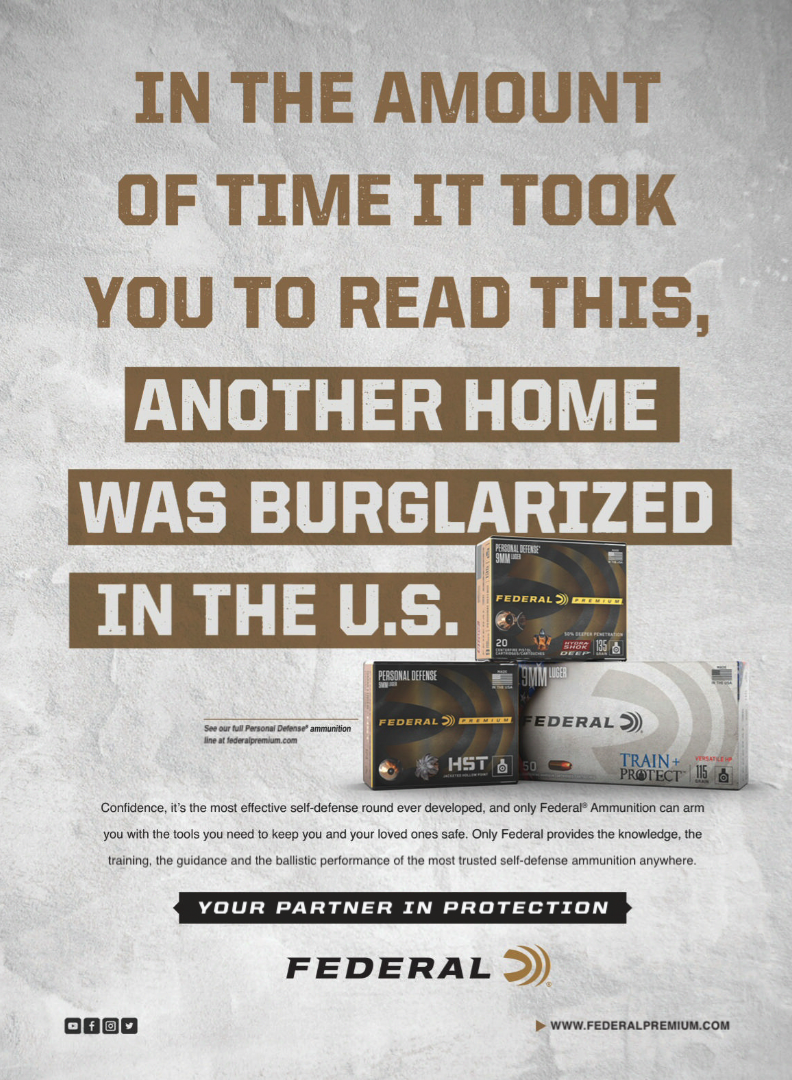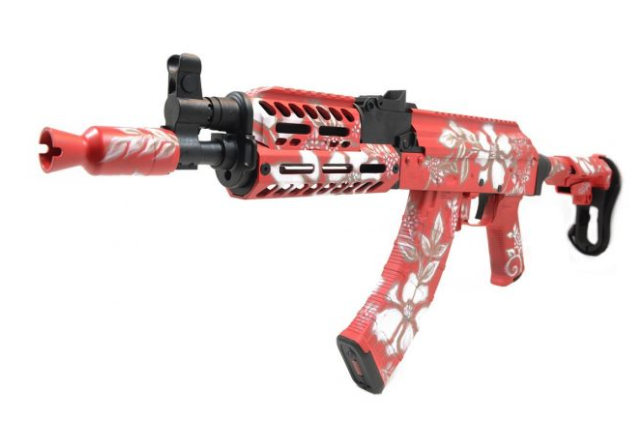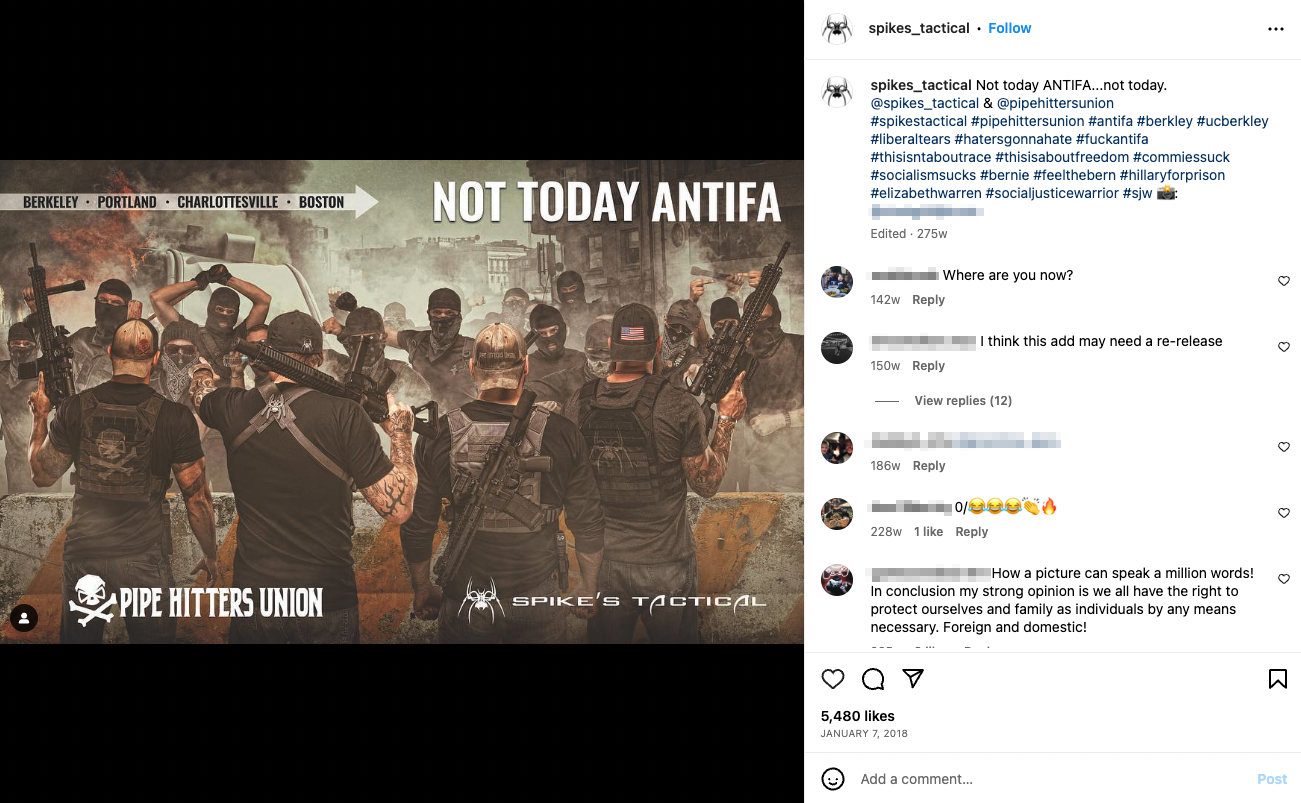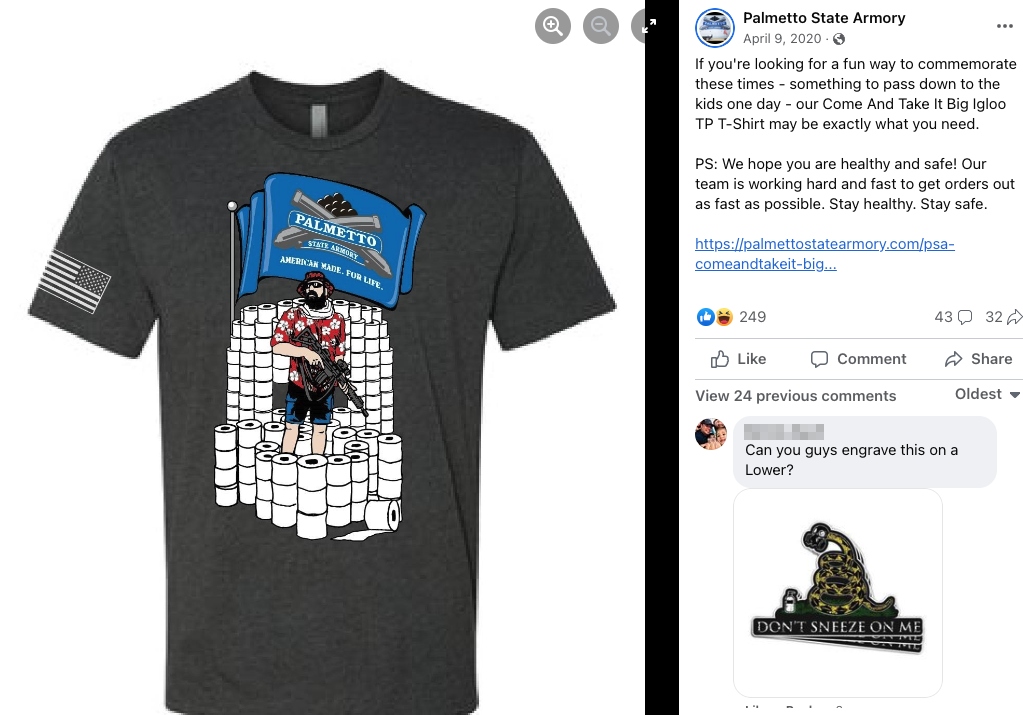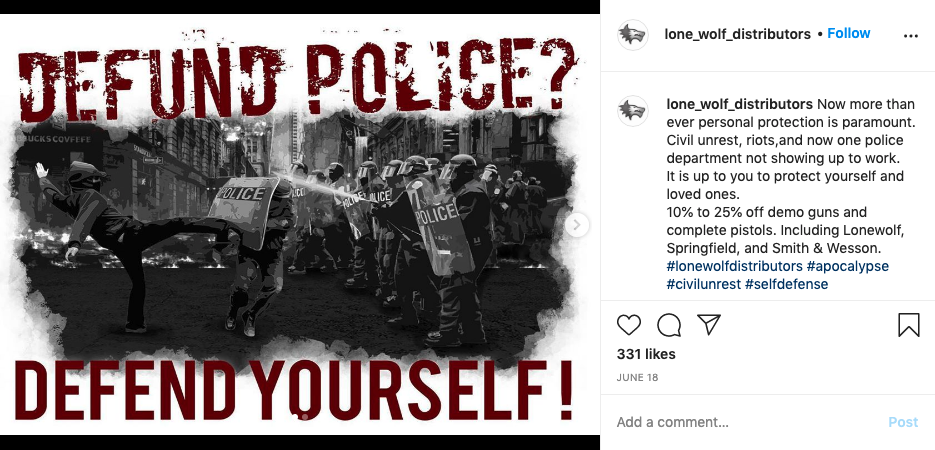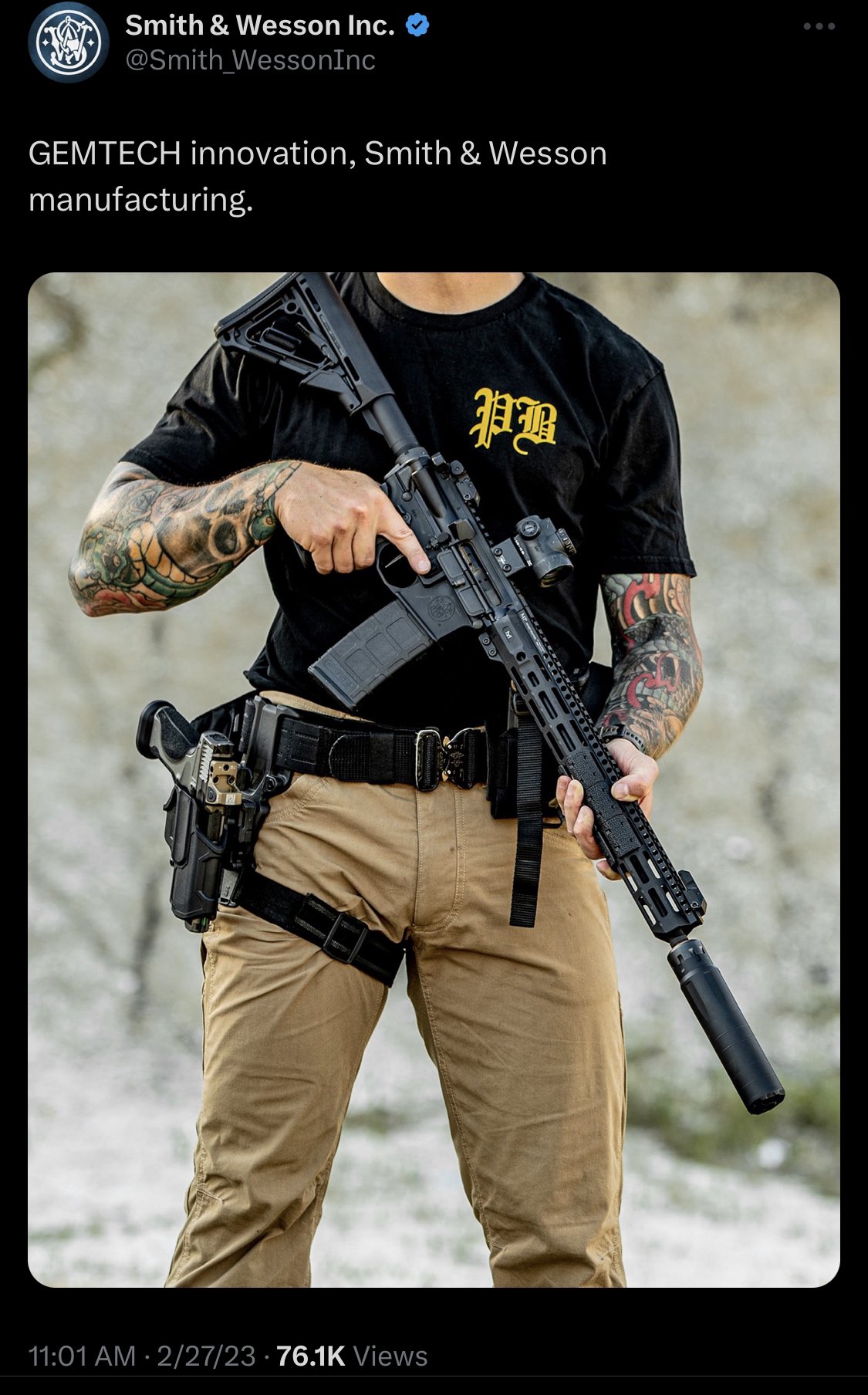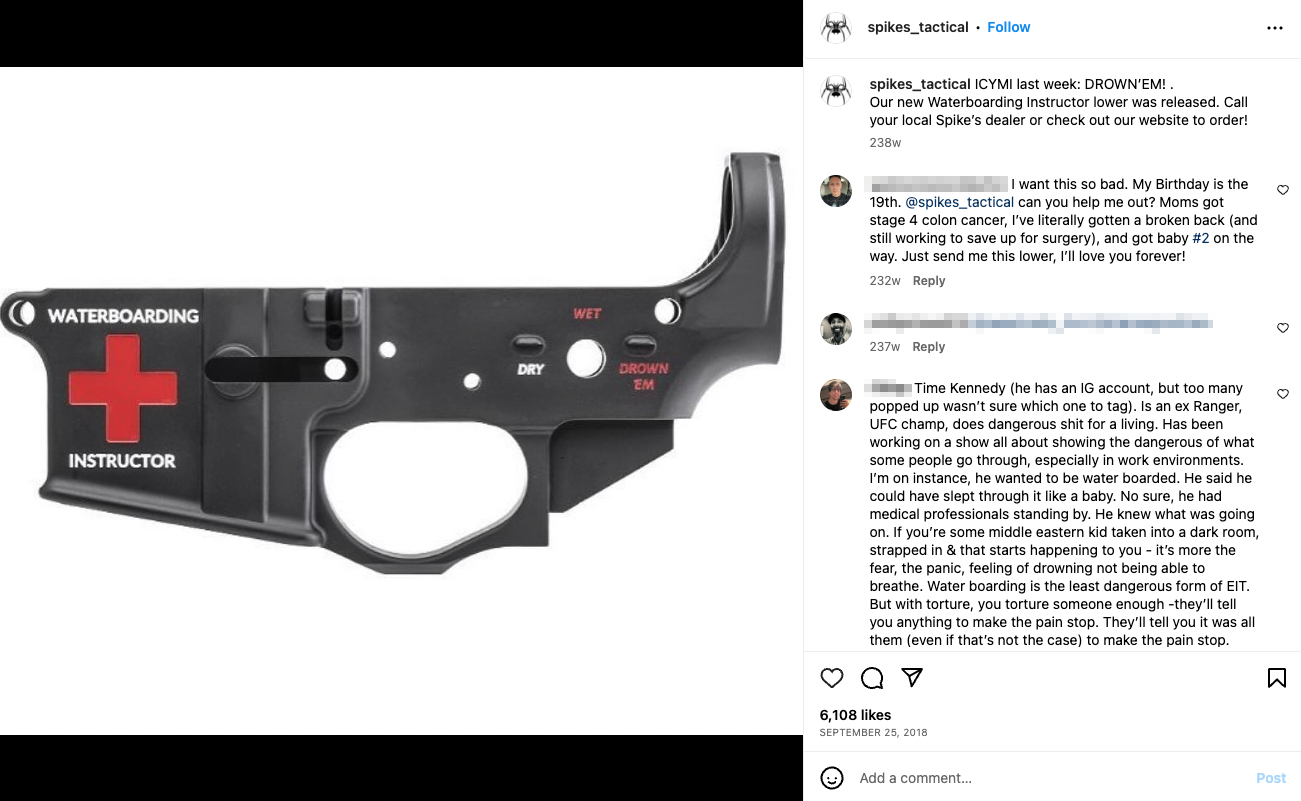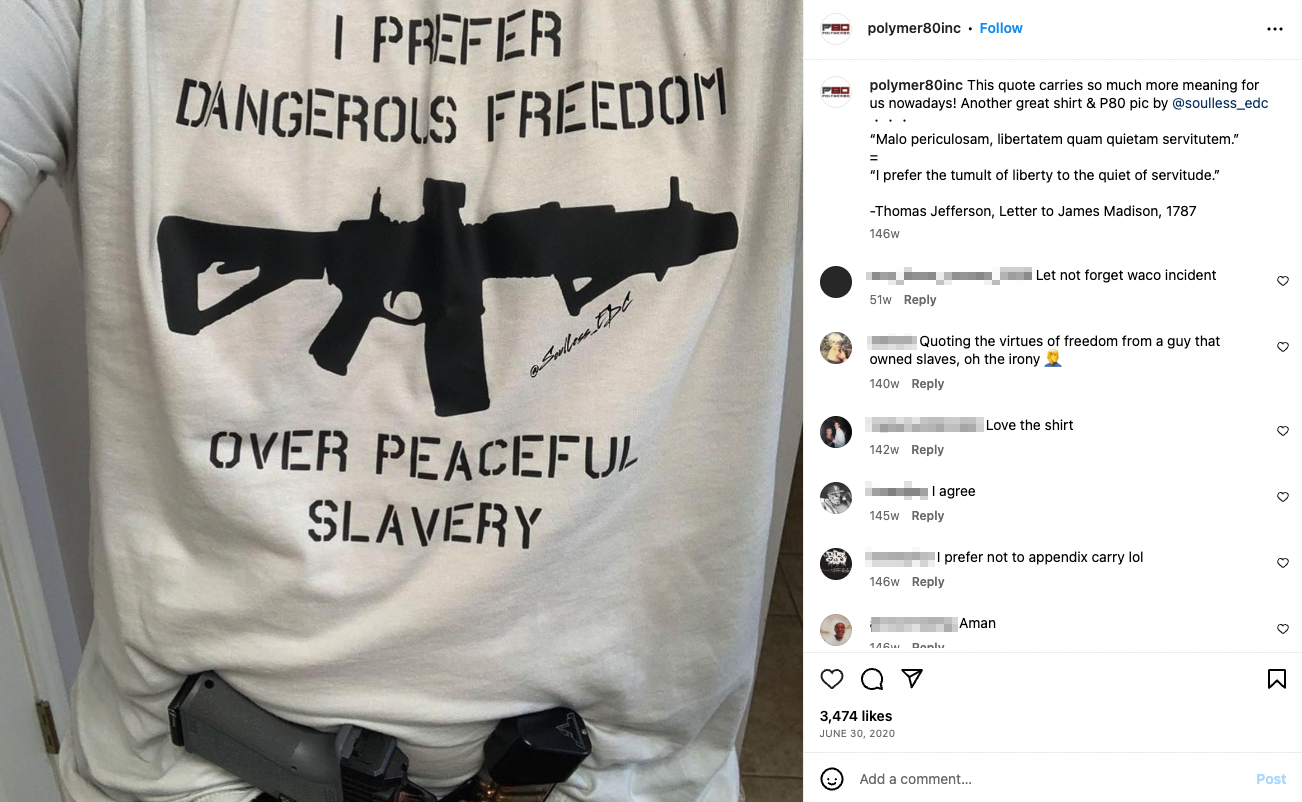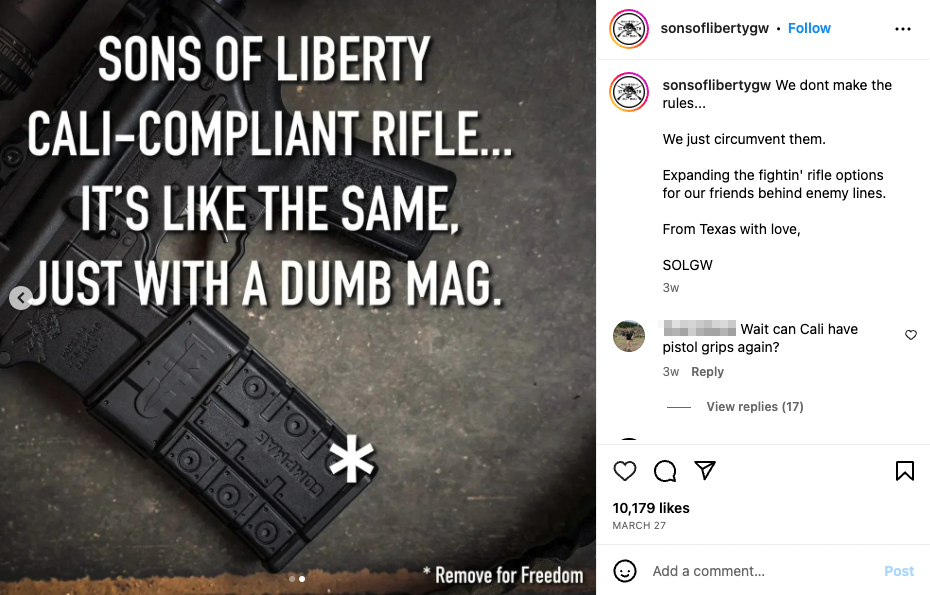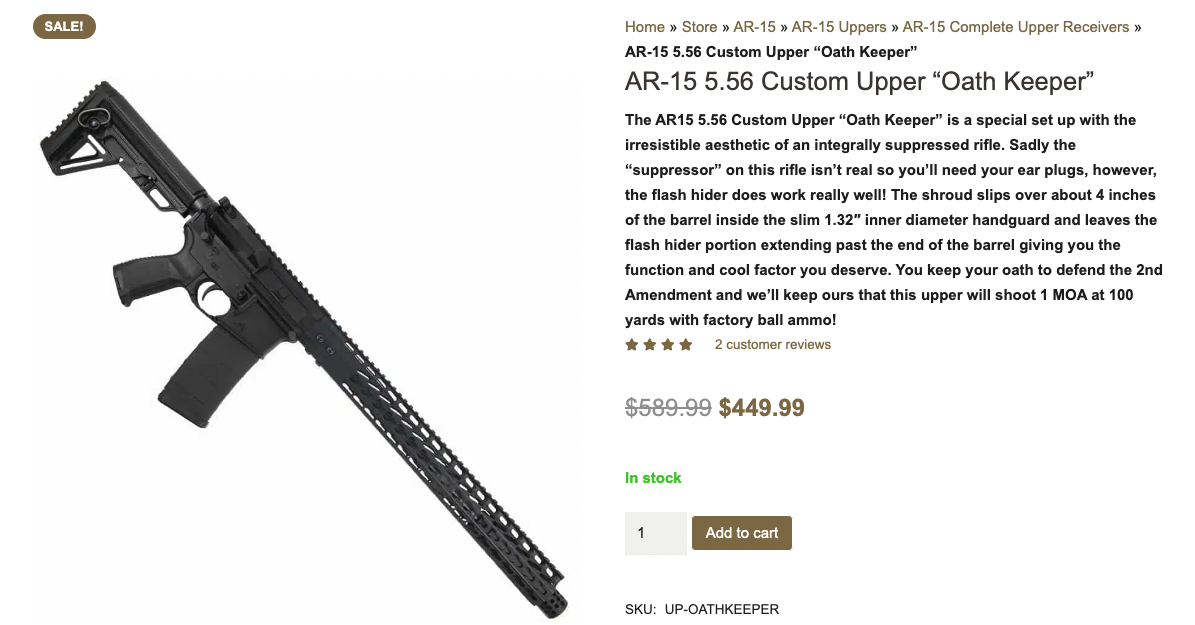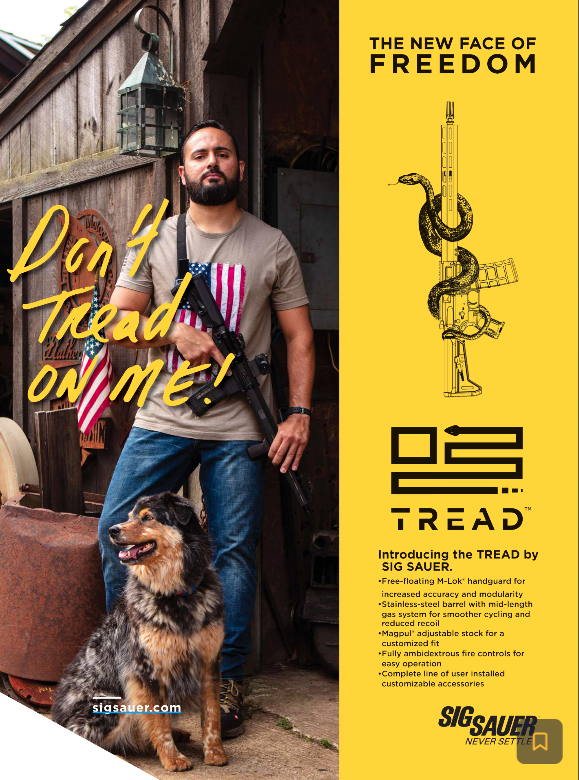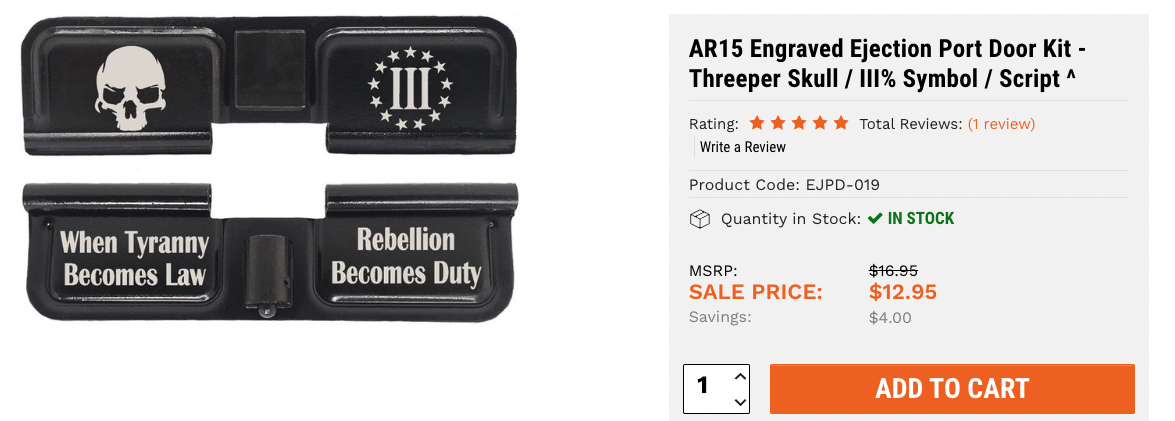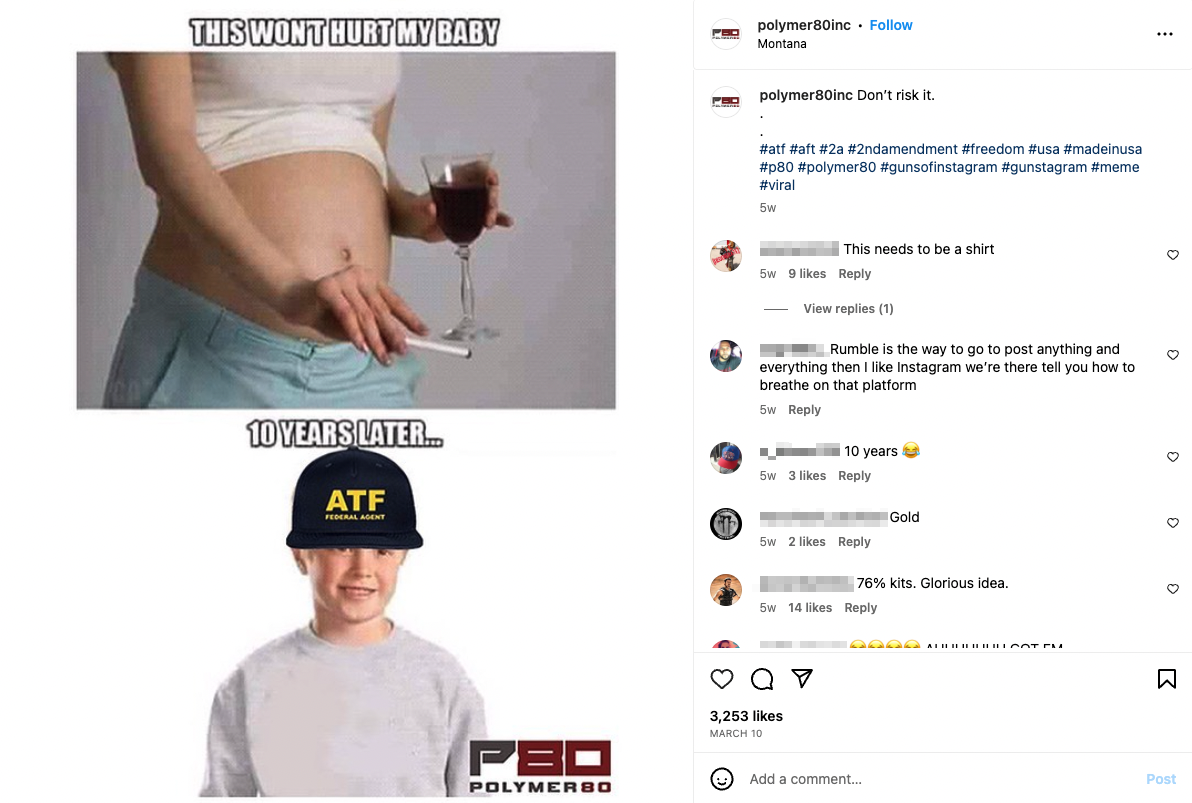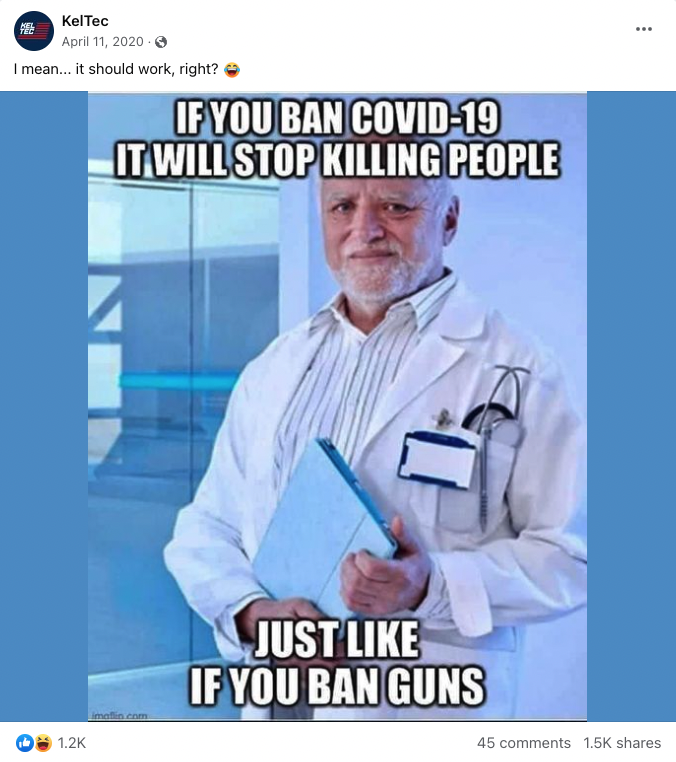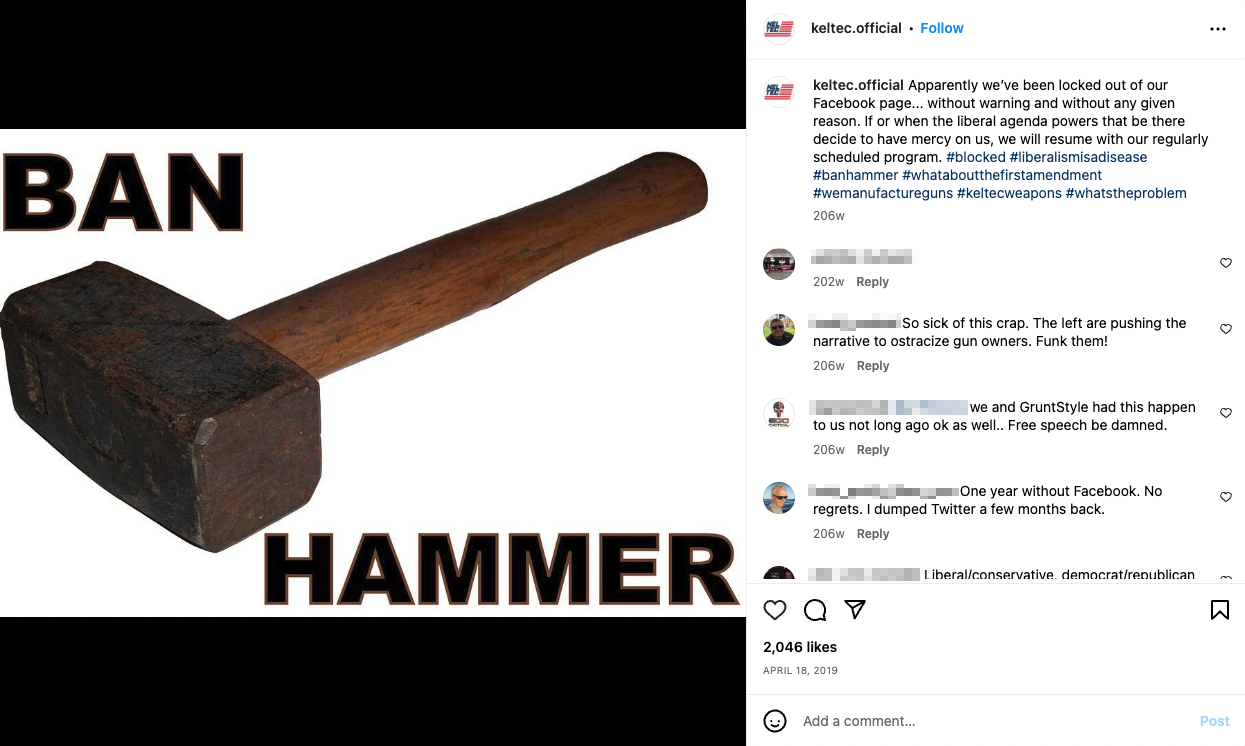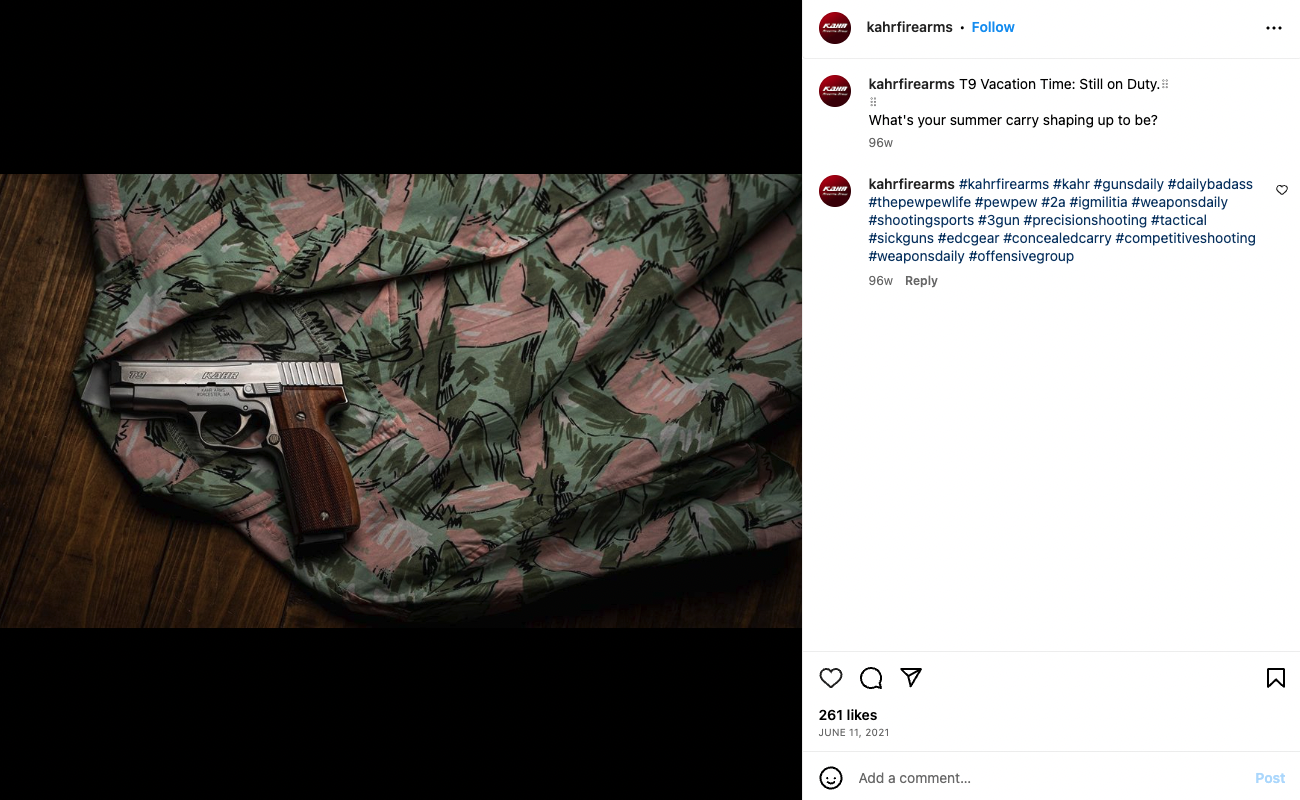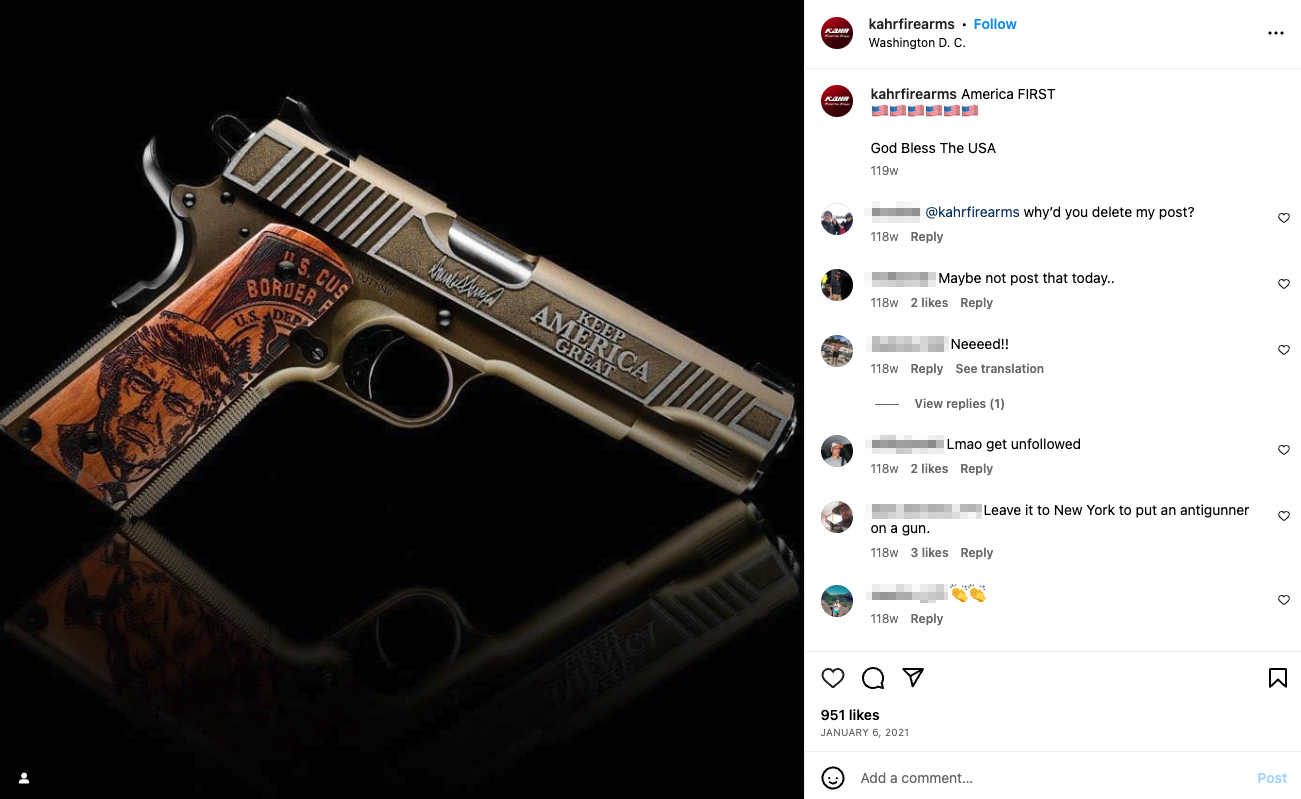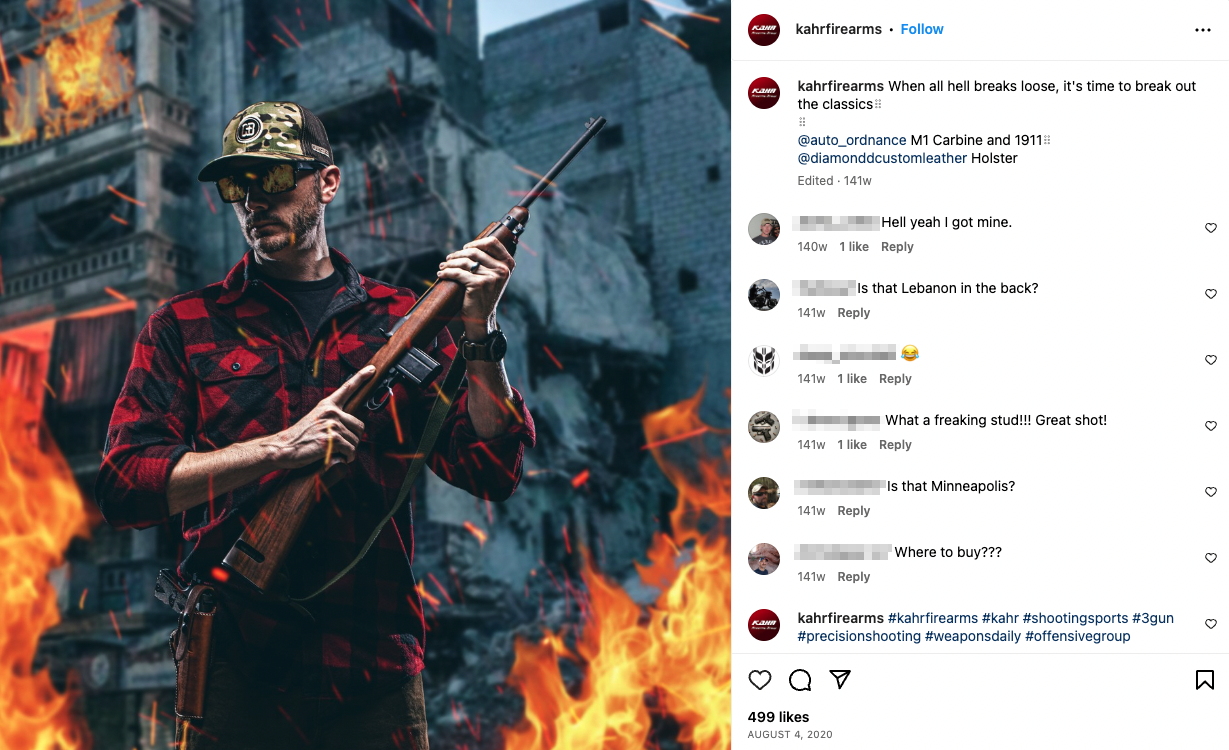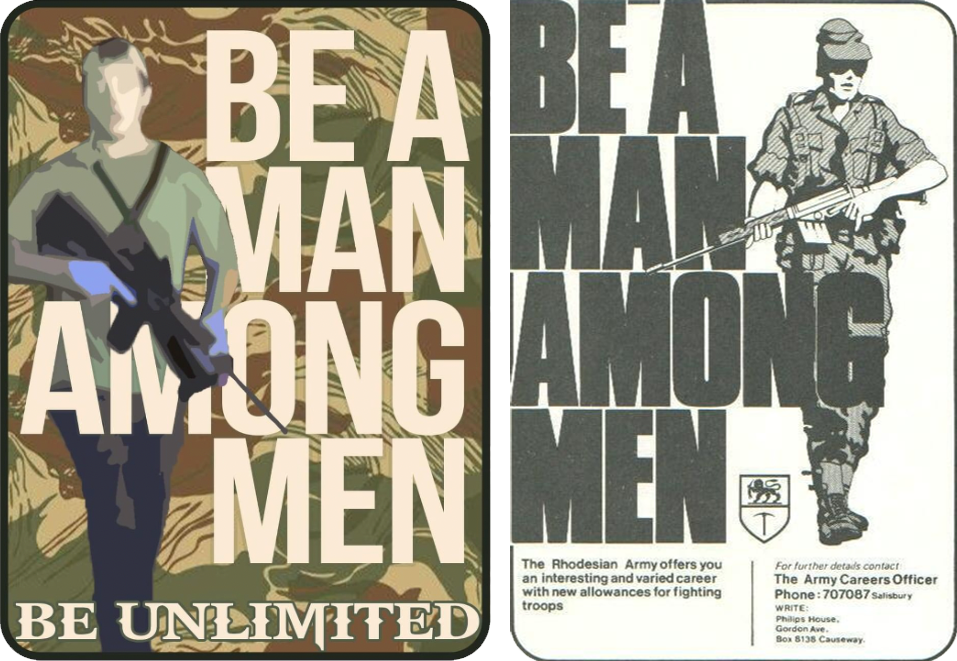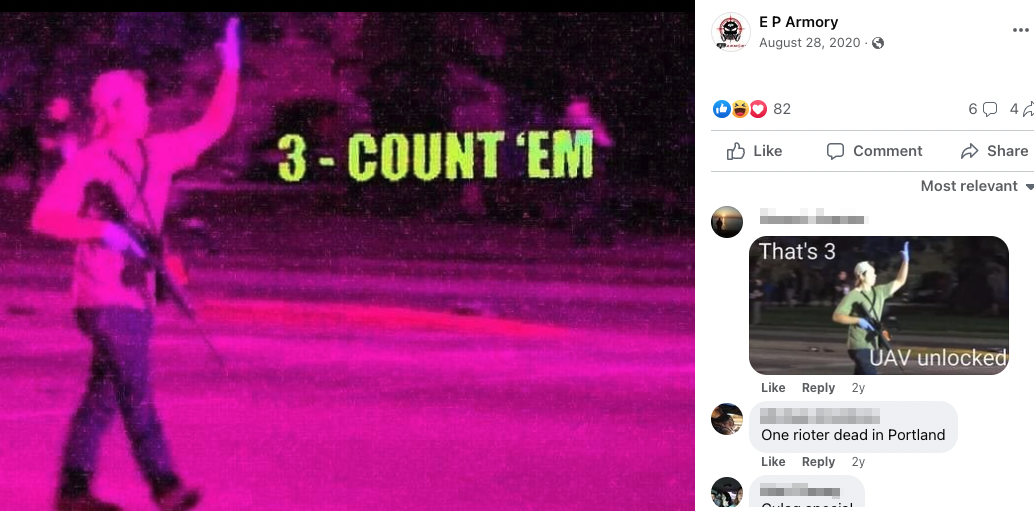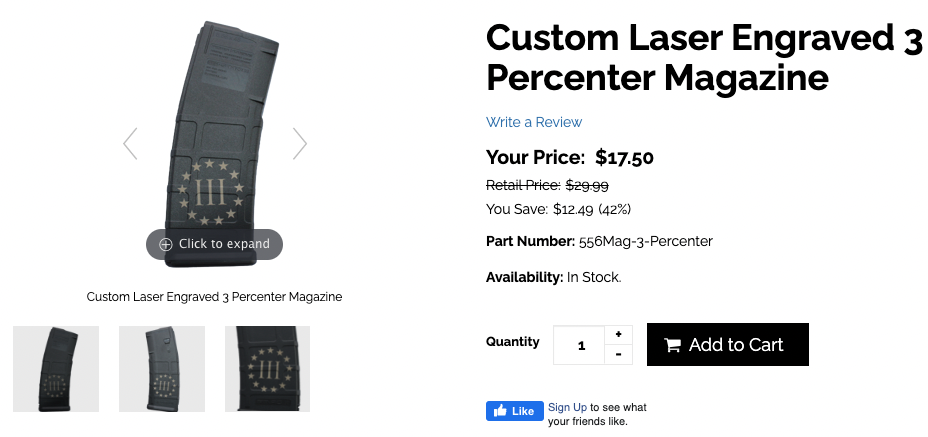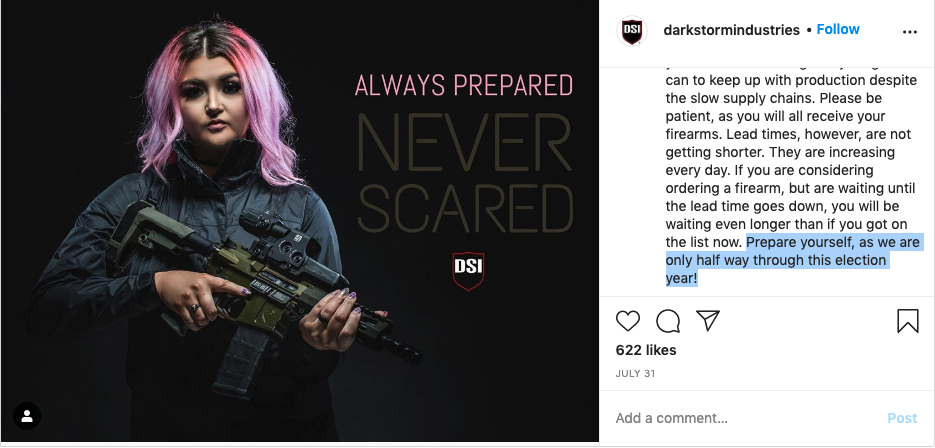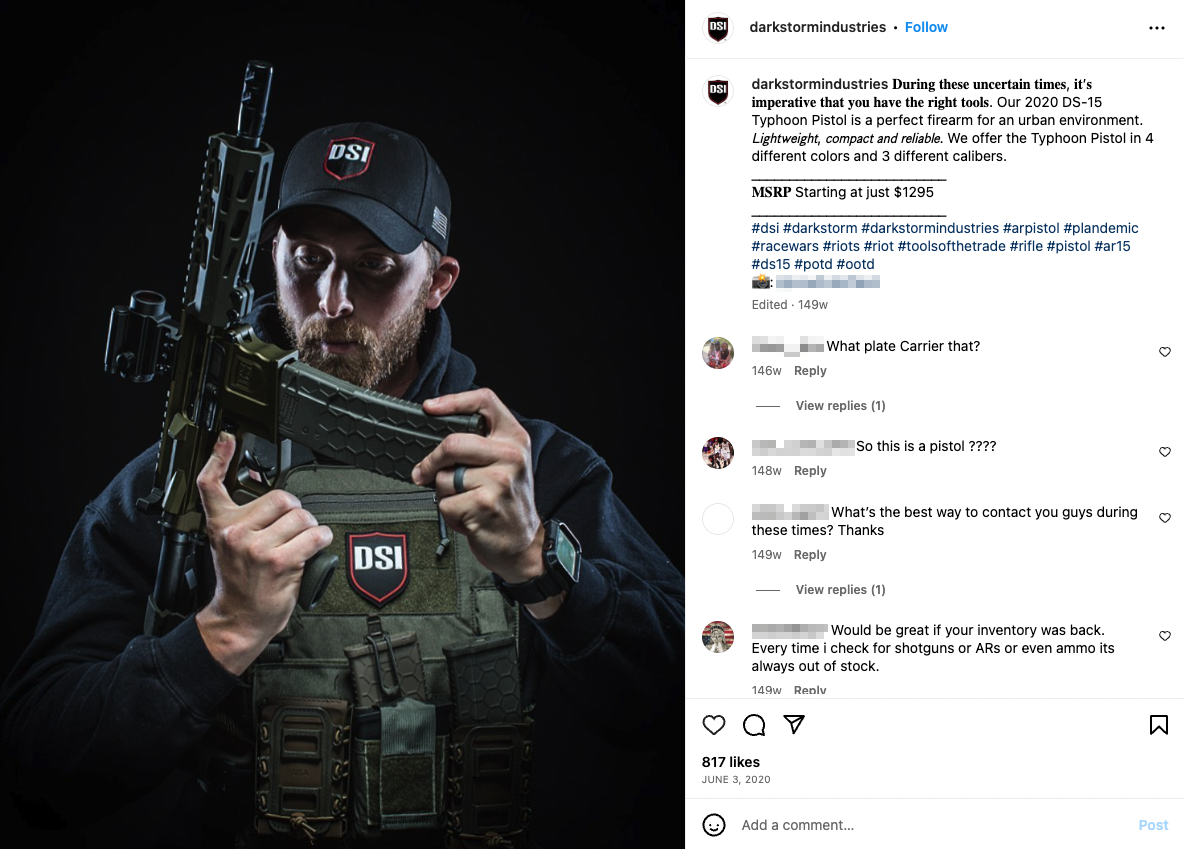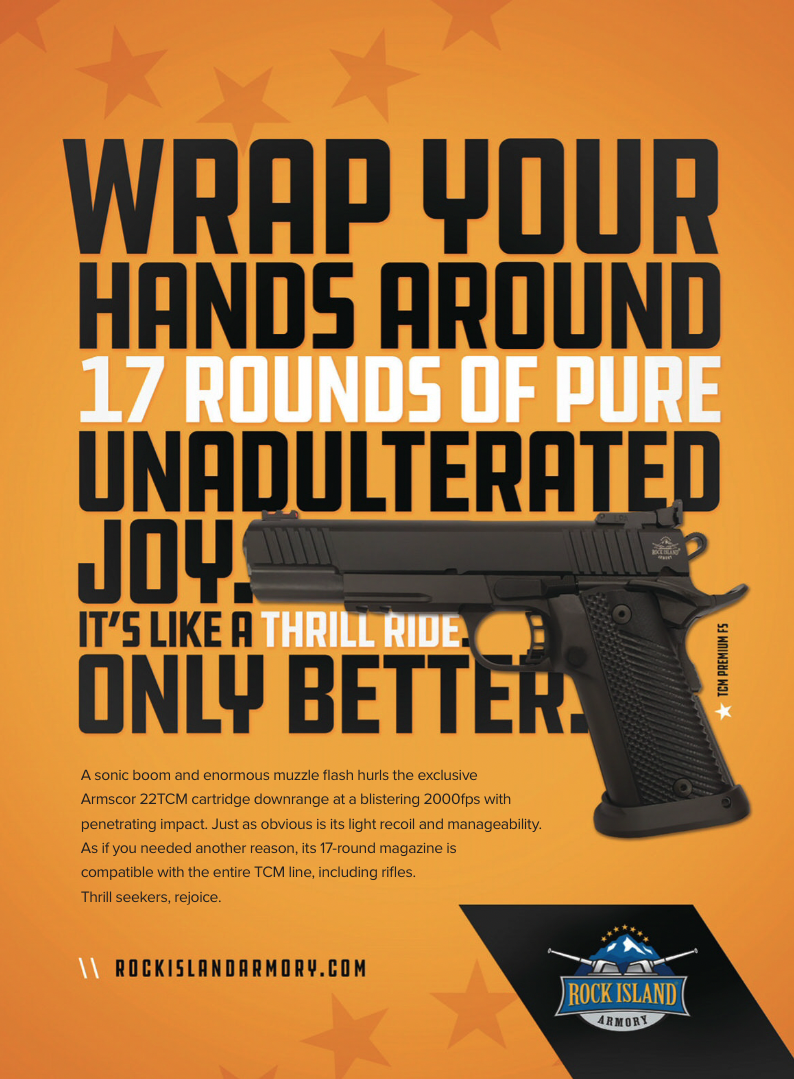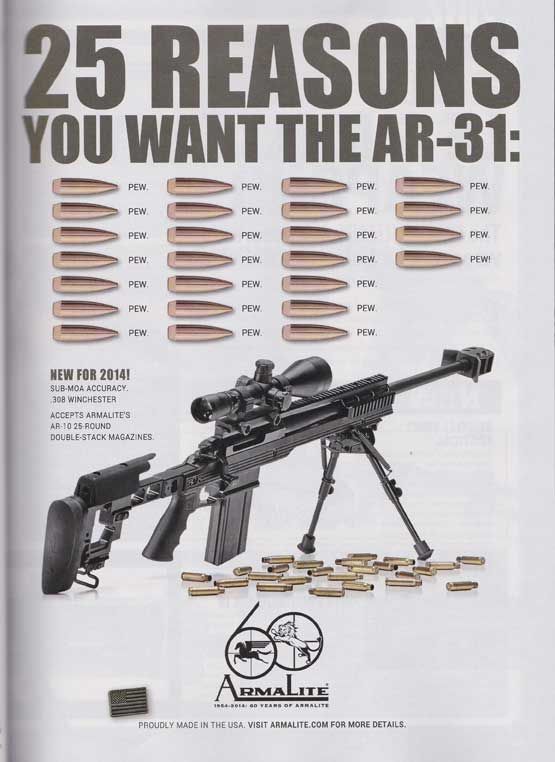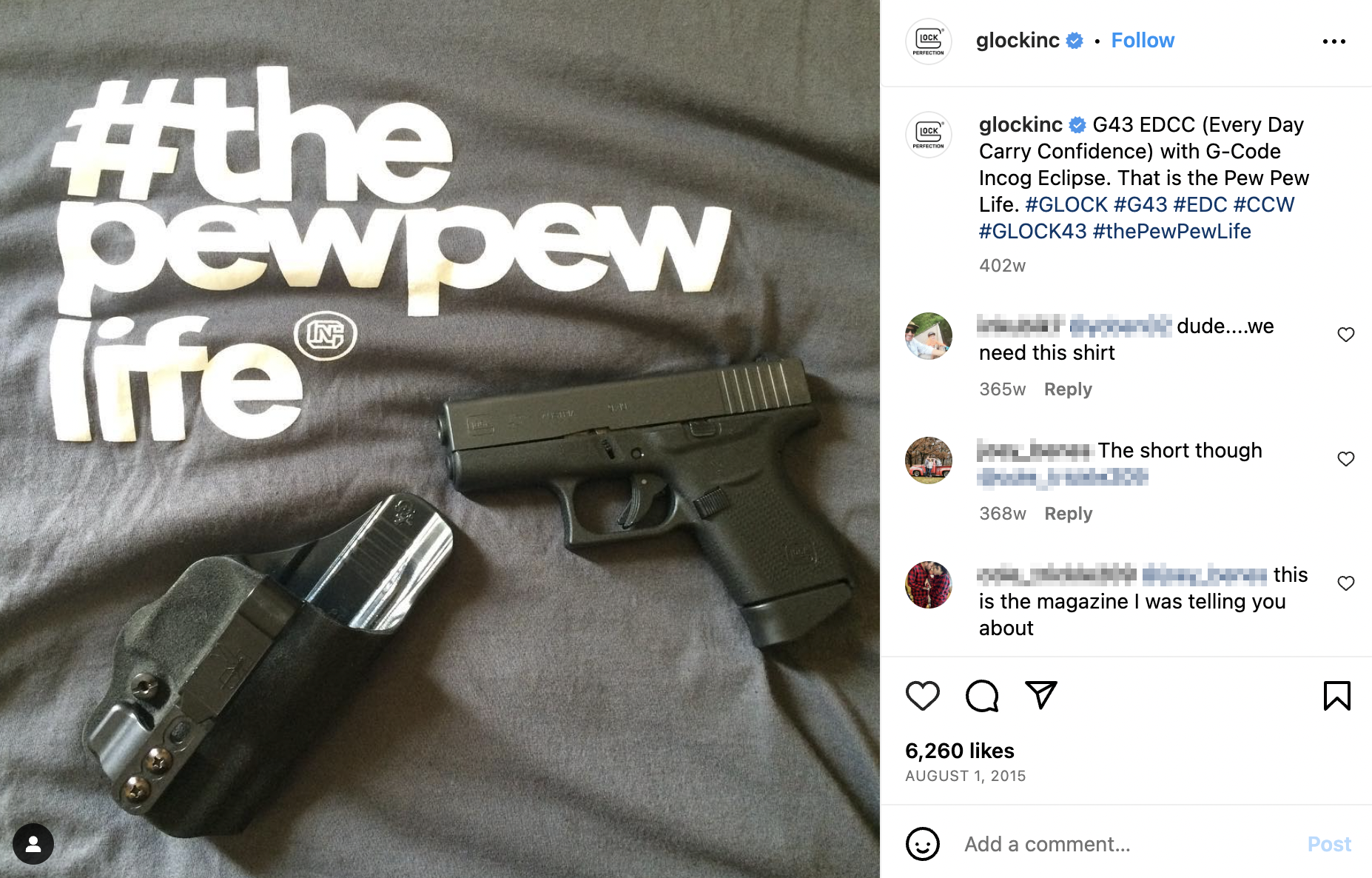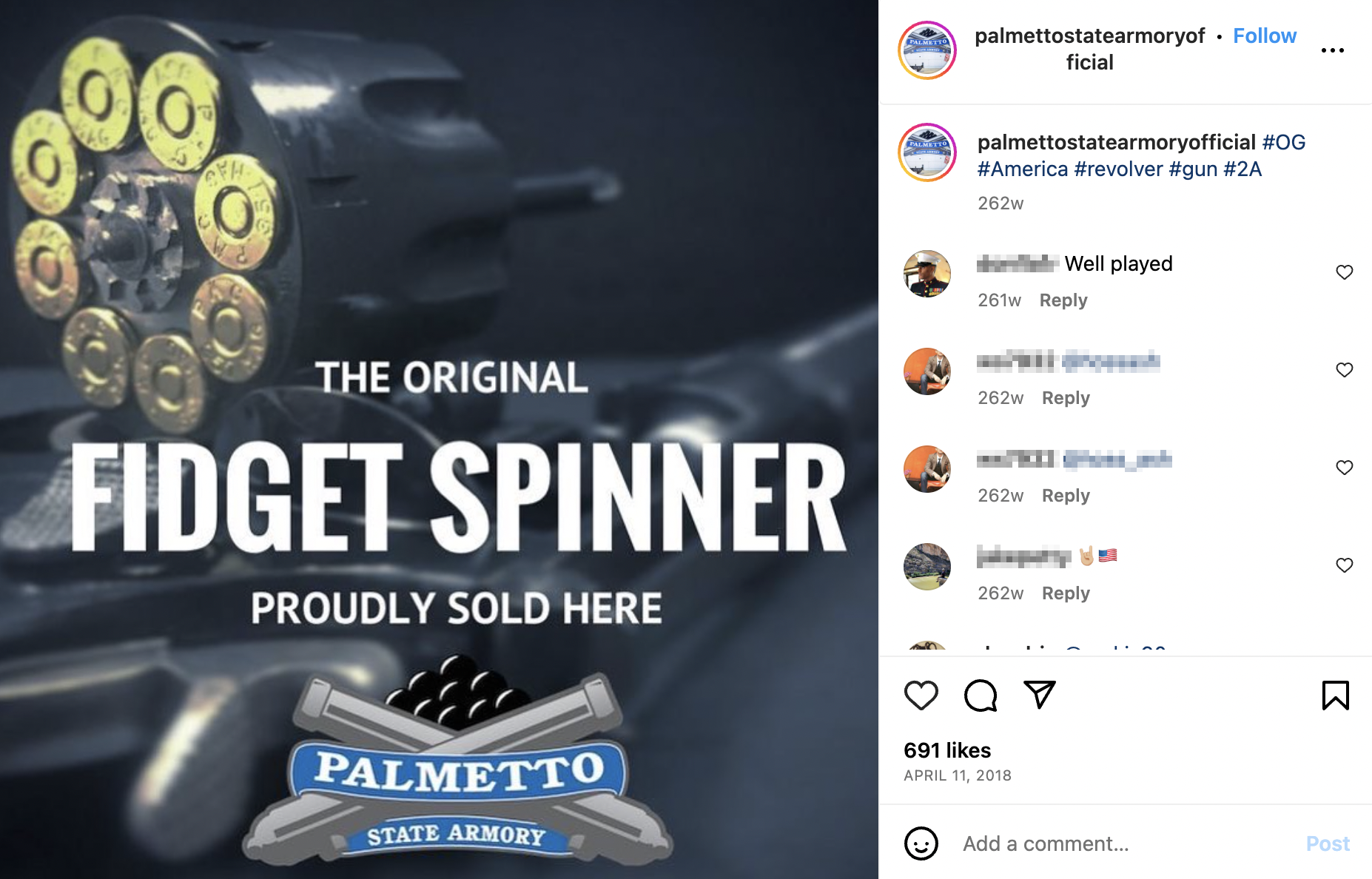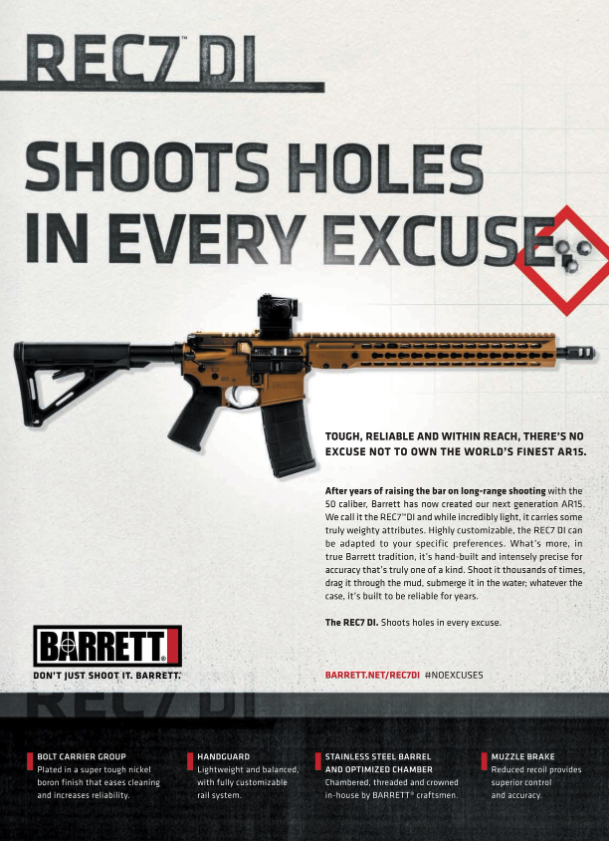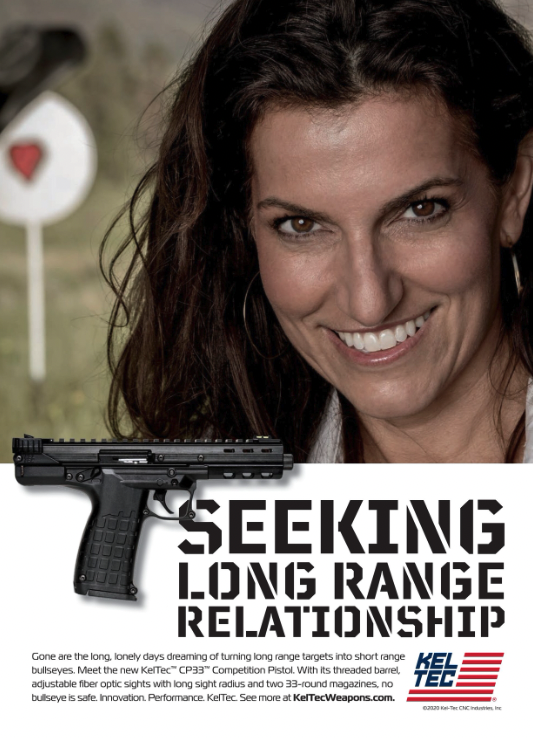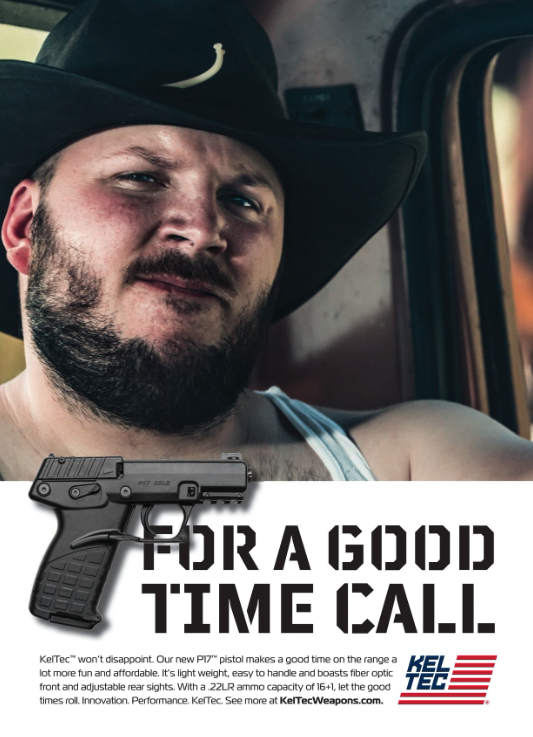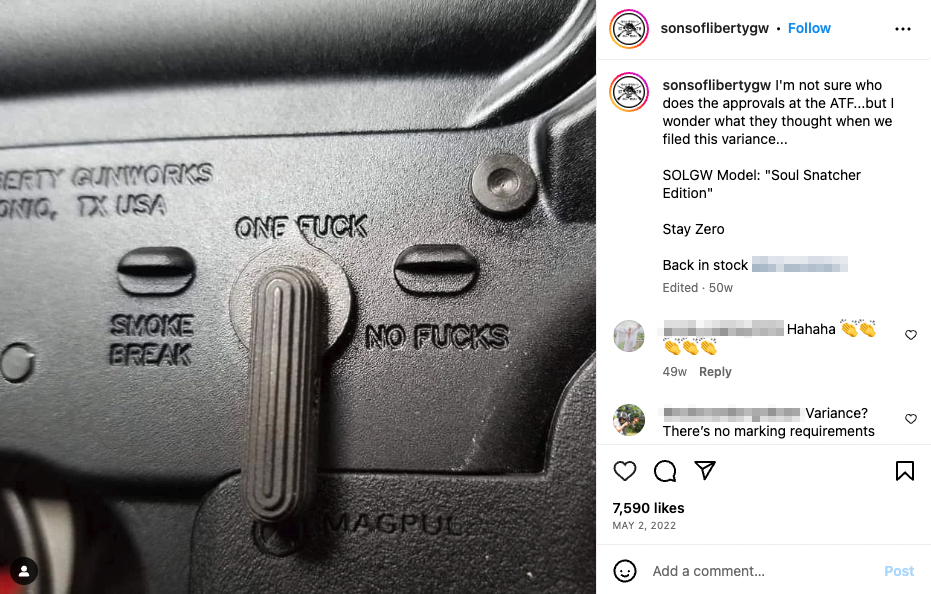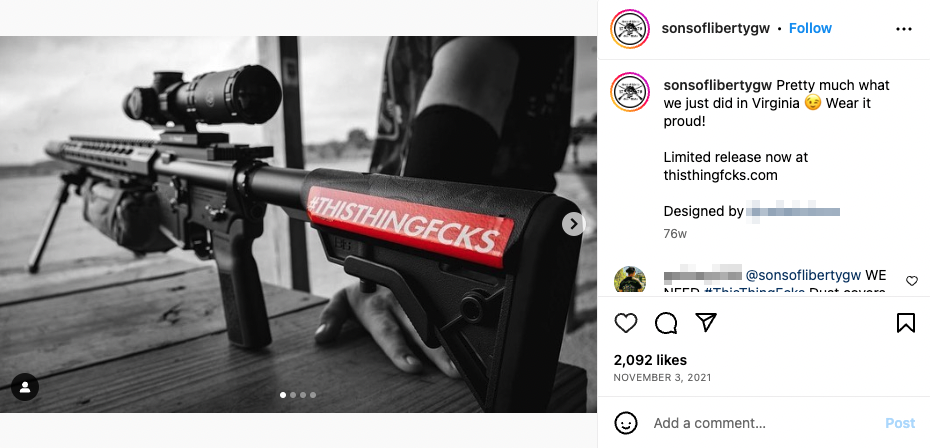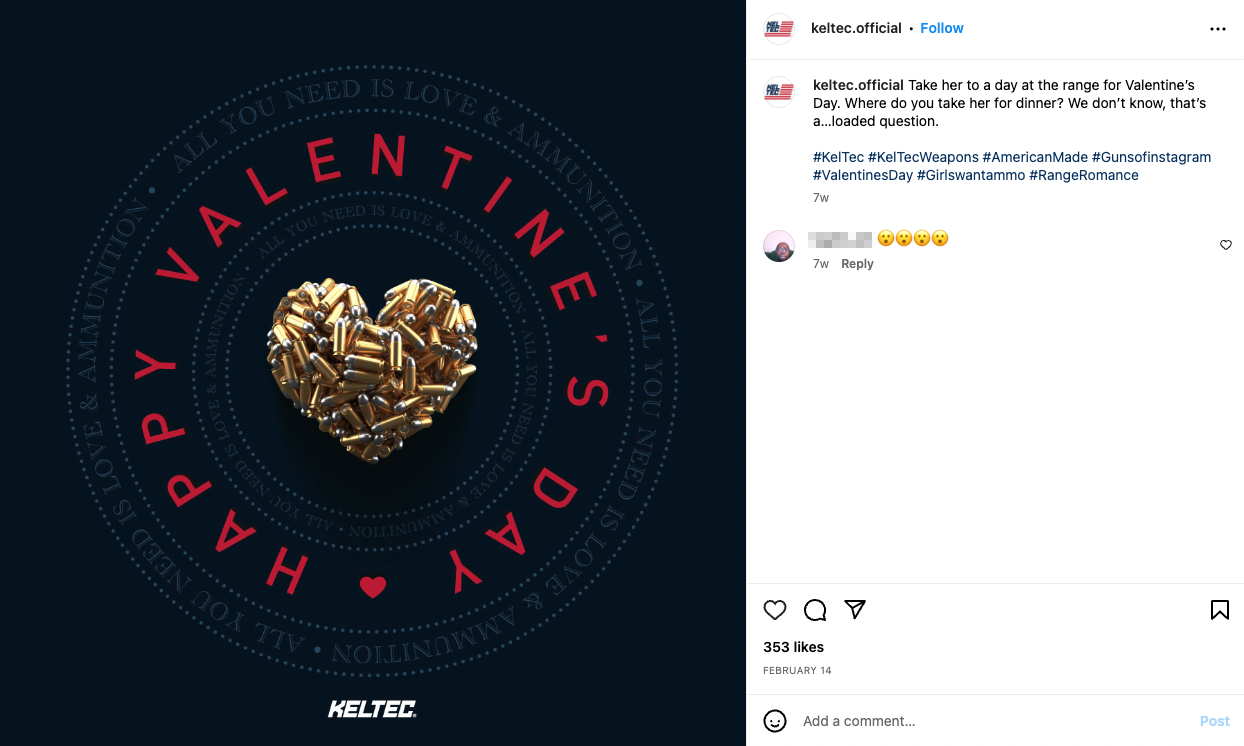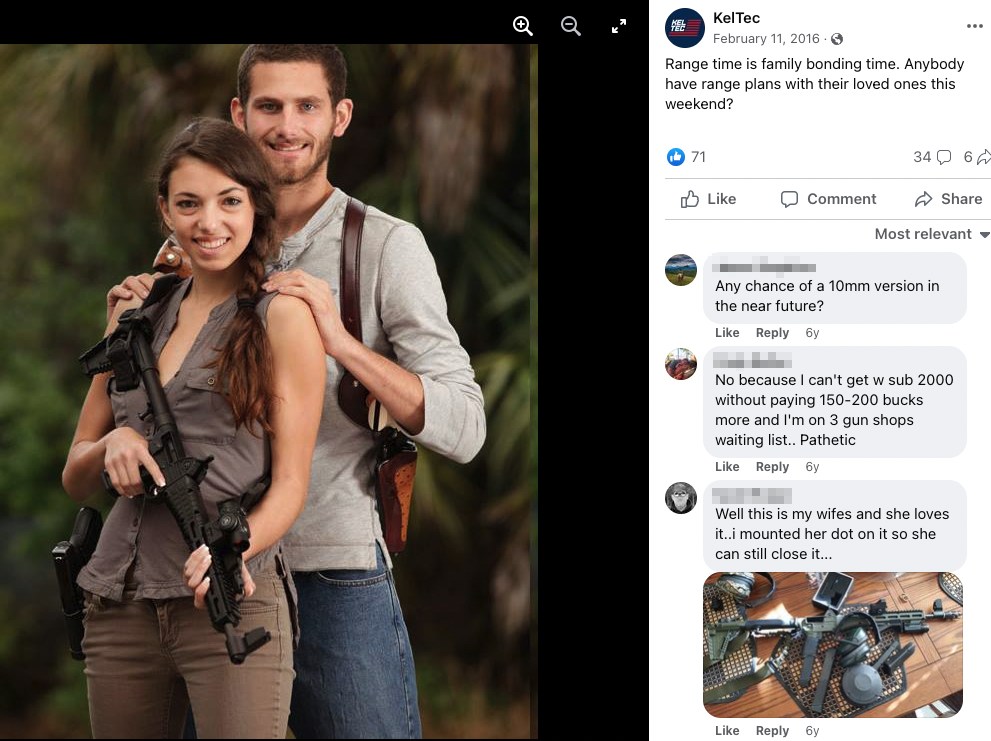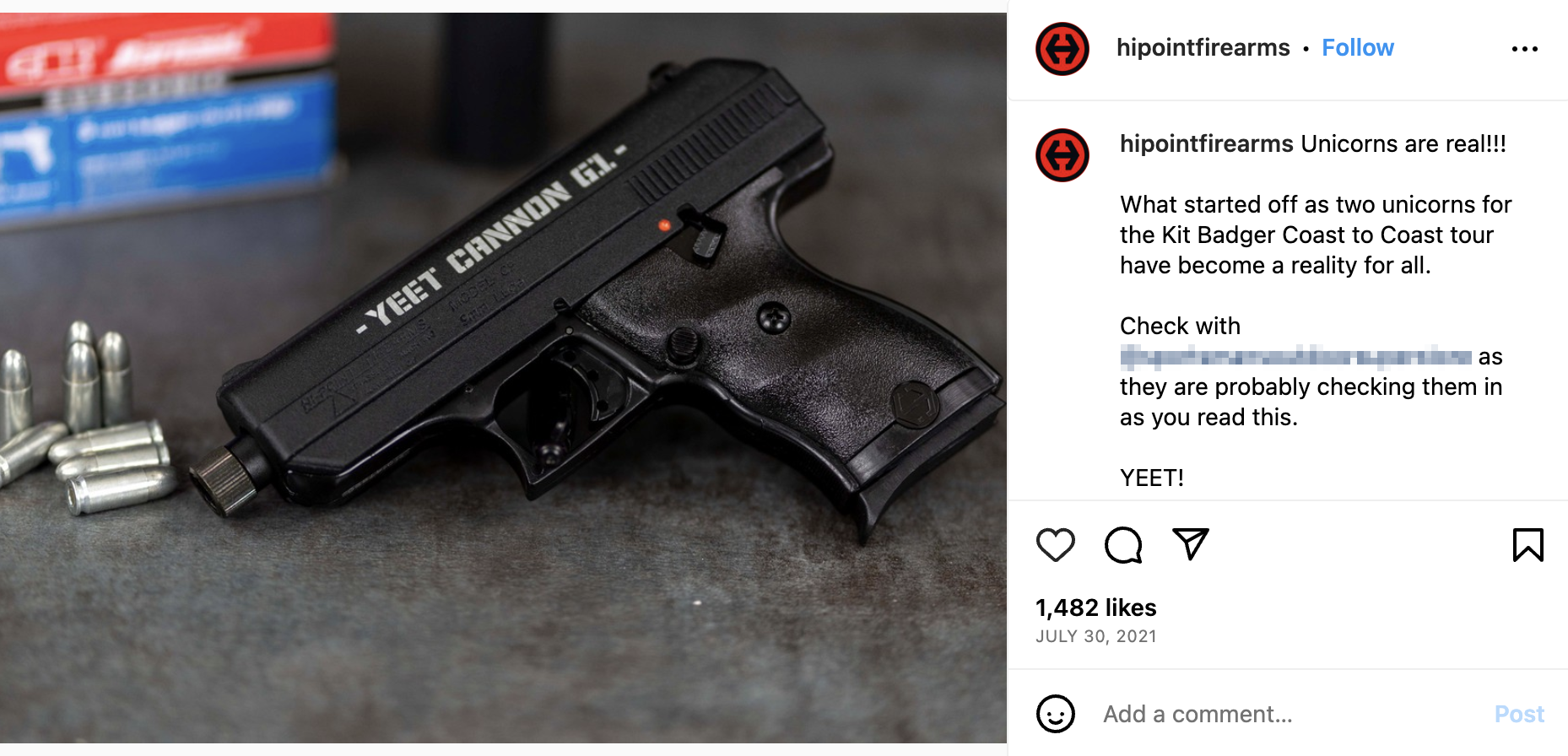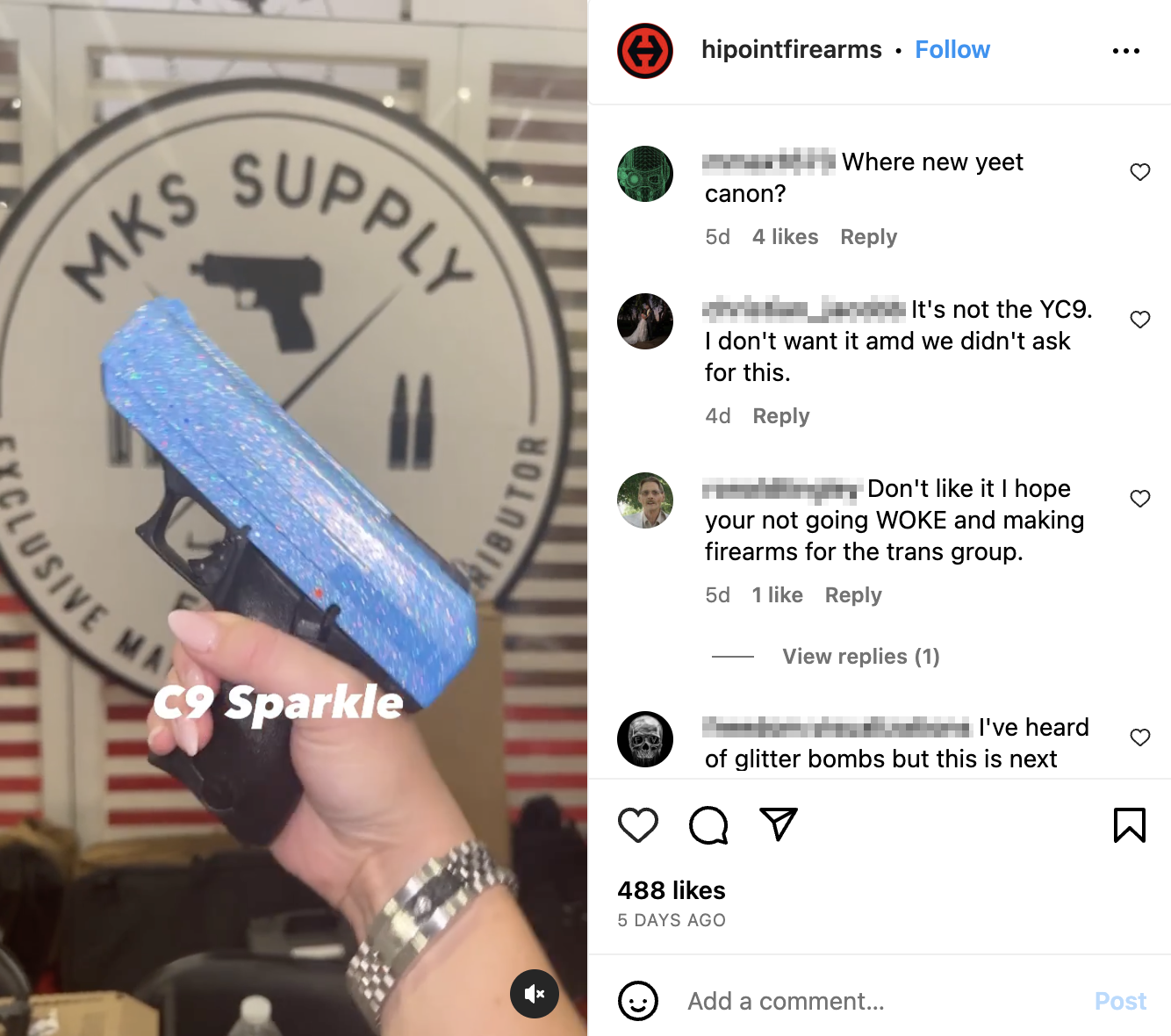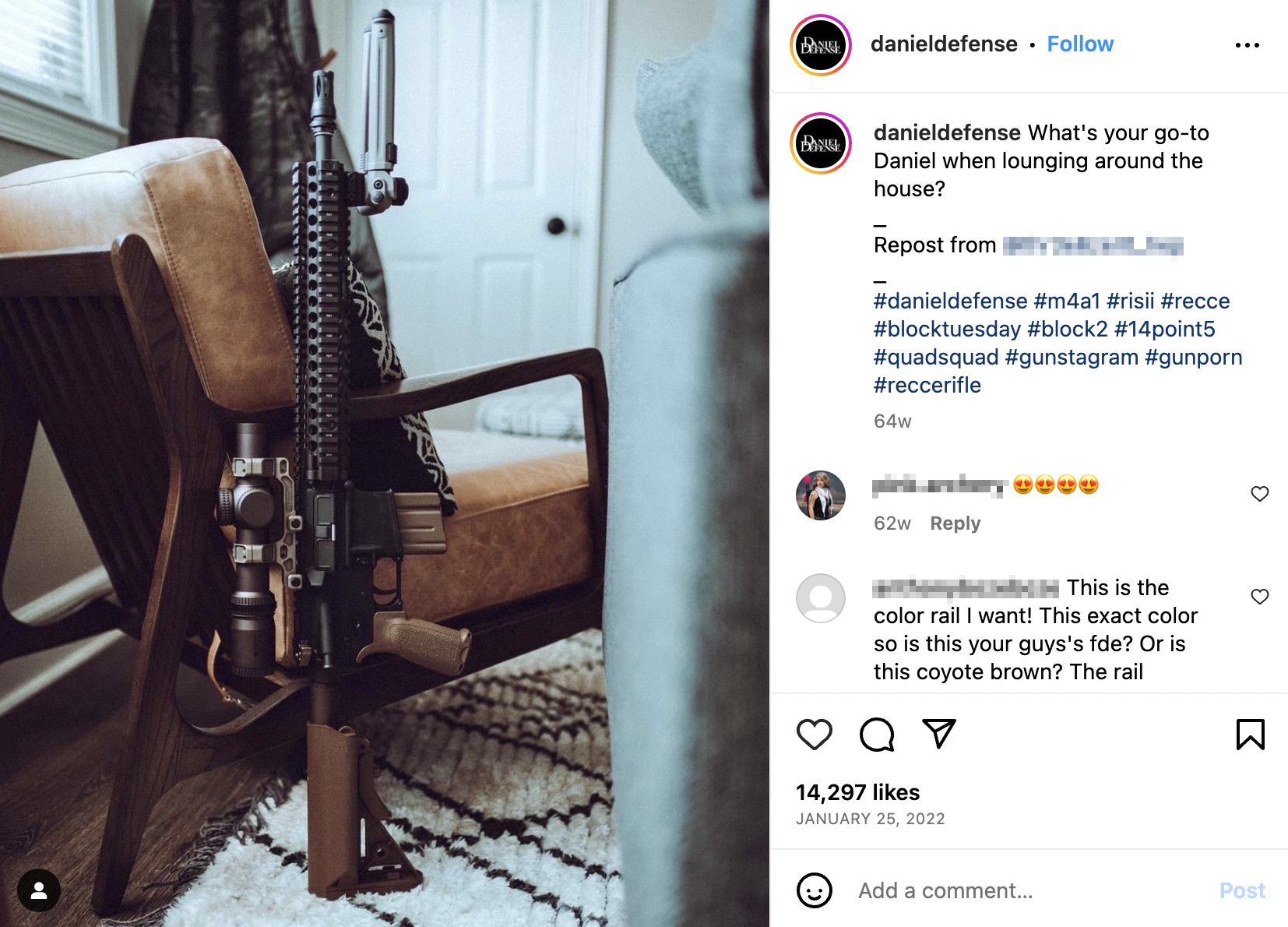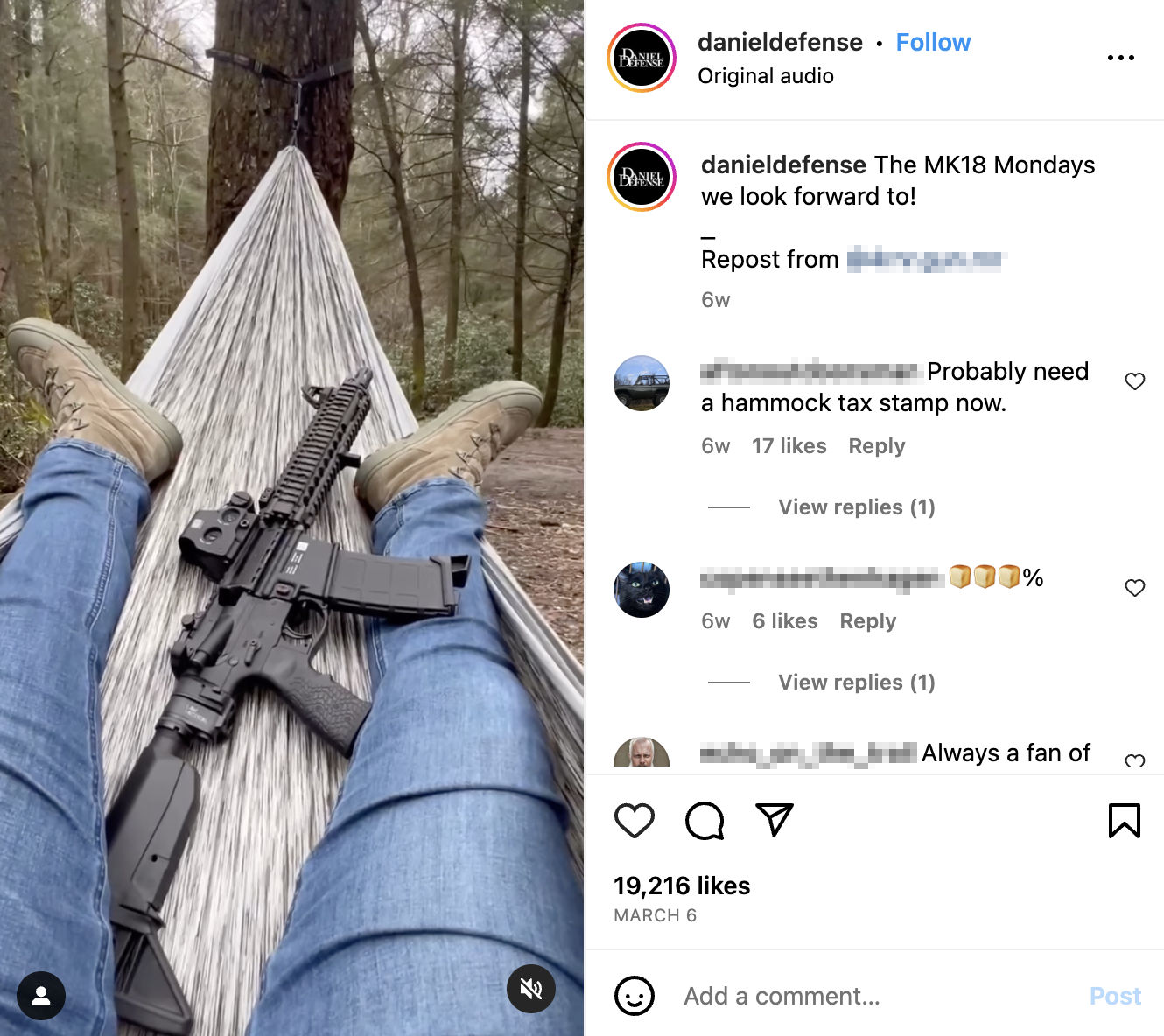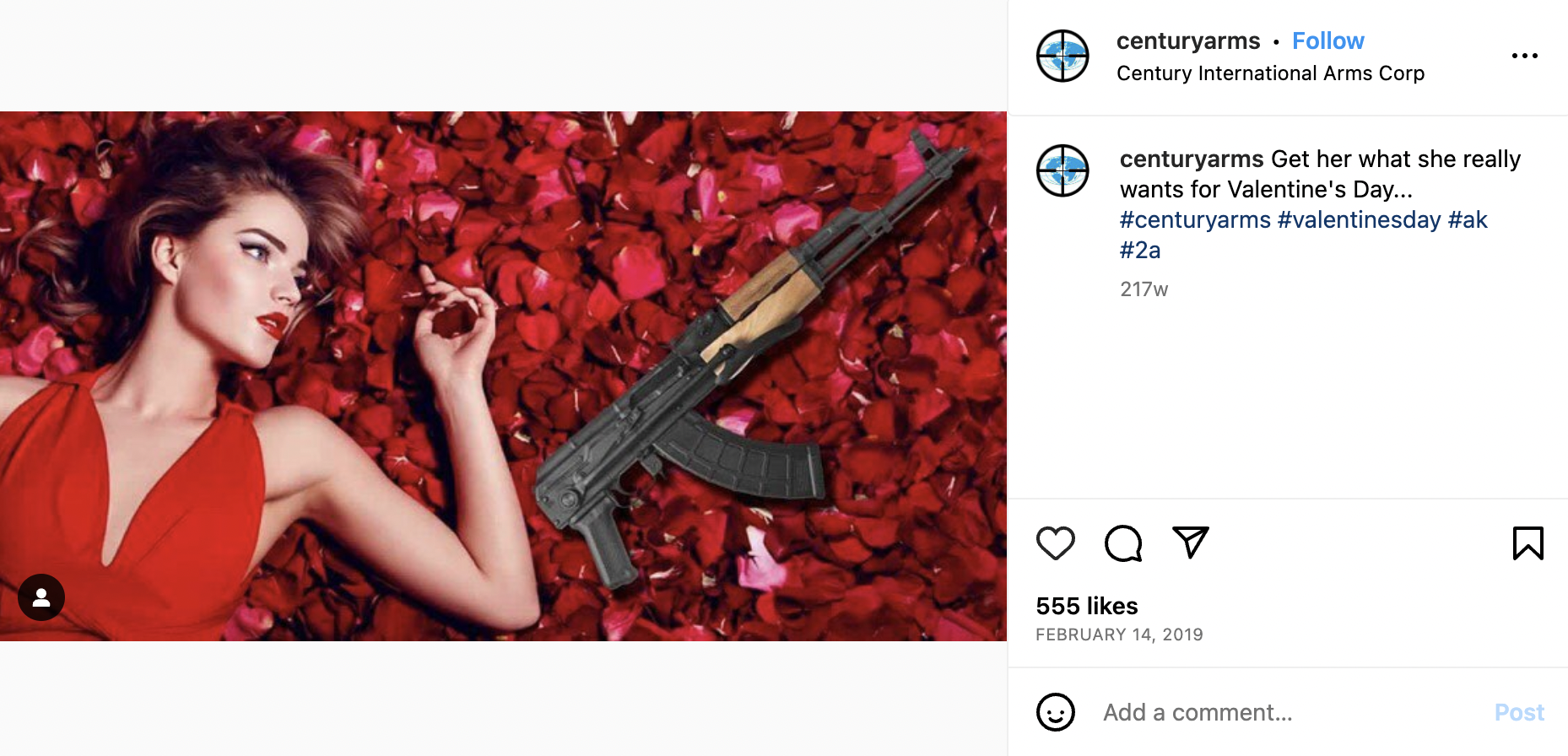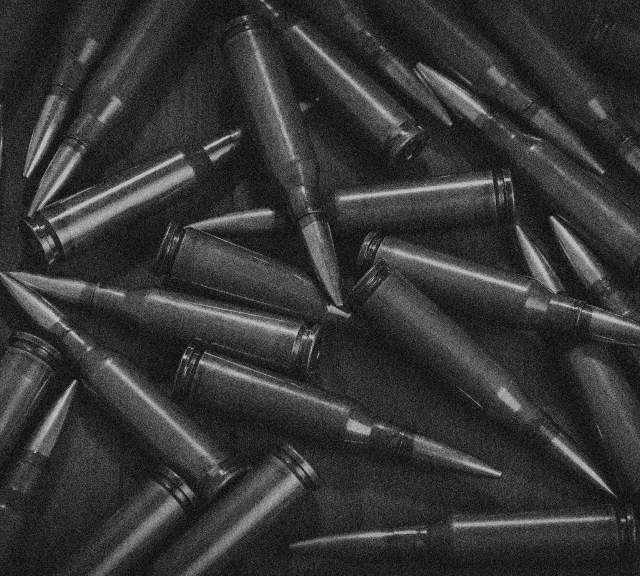GUN MARKETING IS DANGEROUSLY IRRESPONSIBLE
Many gun manufacturers and distributors market their deadly products in such a way that endangers the public. How? Their advertisements and social media posts often appeal to minors, using cartoonish imagery or referencing video games, for example, as a way to capture future customers — much like Big Tobacco in the past — or feature children with firearms as a way to entice parents to “start them young” and “raise them right,” framing firearms ownership as a family affair passed down from parent to child. The marketing materials do not disclose that firearms are now the leading cause of death among children and teens in the U.S., however, including hundreds of unintentional shootings by children every year.
Gun makers also use militaristic imagery to legitimize their products for civilians, in what’s known as the “halo effect,” promising that civilians can “use what they use” — and propagating the myth that men can become heroes and protectors simply by purchasing firearms. Some gun makers have even gone so far as to imply that men can reclaim their masculinity by purchasing assault weapons, as was the case when Remington ads promised that men would have their “man cards reissued” if they purchased Bushmaster AR-15s, the same weapons used by the Newtown and Buffalo shooters. This militaristic, hyper-masculine advertising can be especially dangerous in light of the fact that young adults, particularly men, are drawn to risky, violent, and thrill-seeking behavior,1See Everytown Law letter to the Federal Trade Commission, May 31, 2020, https://everytownlaw.org/wp-content/uploads/sites/5/2020/06/ftc-letter.pdf and several mass shootings in recent history were committed by men under the age of 21.
Another common marketing tactic: exploiting fear and anxiety to encourage gun sales. Gun makers often exaggerate the dangers facing everyday citizens, with attackers lurking around every corner, while depicting firearms as the only solution for personal and home defense. Gun ads show women walking through dark parking garages and parents protecting their children from intruders, encouraging gun owners to think of themselves as first responders.
Worse yet, some gun makers and sellers rely on political divisions and culture wars to market their products, and even cater to extremists, including boogaloo supporters, who see firearms as a way to gain power and overthrow the government.
Gun companies do all of this while downplaying, or simply ignoring, the serious risks inherent to firearms. Gun ads and social media posts capitalize on the fun and camaraderie that comes with shooting firearms — and even imply that guns can lead to romance — but rarely, if ever, do they remind viewers of every gun’s lethality, that owning a firearm doubles and triples everyone in that home’s chances of dying by homicide and suicide, respectively, for example, or that two-thirds of women killed by an intimate partner are killed with guns. None remind viewers that hundreds of children unintentionally shoot themselves or others every year because gun owners have left their firearms unsecured.
Industry Intel
How Firearms Are Marketed Today
For decades, many traditional media outlets have recognized that firearms are dangerous products and prohibited advertisements for them. For example, major television networks have mostly stayed away from broadcasting commercials for gun manufacturers like Glock, Ruger, and Smith & Wesson.
Instead, gun companies have relied on print publications like Guns & Ammo and their online counterparts to market firearms, ammunition, parts, and accessories. Gun magazines are replete with advertisements and “gun reviews” that function just like test-drives in car magazines. Larger media outlets, such as Guns & Ammo’s parent company, also have their own “outdoor” channels, hosted online and in select TV markets, with shows dedicated to hunting, target shooting, and more — many of which are sponsored by gun companies. (The NRA tried to tap into this market with its controversial, and now-defunct, NRATV.)
What readers and viewers aren’t told: Gun writers and reviewers often receive free or heavily discounted firearms along with ammunition, accessories, and trips to media events, training academies, and hunting excursions. Conversely, a gun company can threaten to pull its advertising for an unfriendly review. As one gun writer noted, some companies look for “reviews screened by editors who will forsake honesty rather than jeopardize an advertising account.”
There are even publications and media outlets devoted to youth competitive shooting, like Junior Shooters, a quarterly magazine written by and for minors that is sponsored by gun companies and is full of gun advertisements. One of Junior Shooters’ sponsors is the Scholastic Shooting Sports Foundation, which was created by the firearm industry’s trade association, who called youth “obvious ‘low-hanging fruit’ in recruitment.” Another example is the NRA’s Shooting Sports USA, which covers shooting competitions — including those for children and college athletes — while mixing in gun reviews and advertisements.
Social media platforms have also given gun companies new opportunities to market their products. While Facebook and Twitter prohibit gun and ammo sales on their platforms, they don’t prohibit gun makers from posting pictures of their products, promotional events, or even raffles. Gun media outlets also have their own social media profiles, creating a larger network of gun content that circulates for public consumption, often without any age restrictions.
Gun companies maintain relationships with social media influencers who market their products explicitly — testing or showcasing specific guns, ammunition, and accessories in Instagram and YouTube videos — or implicitly, including using the products to hunt or holding the products while discussing Second Amendment rights, for example. Like gun writers, these influencers are often paid by gun companies and receive free or discounted products as well as all-expenses-paid trips to media events, training academies, and hunting opportunities.
Instagram is particularly known for attractive women and rugged-looking men advertising guns and related gear — marketing tactics similar to those used in the tobacco and automobile industries. But it is YouTube that hosts the most popular gun influencers, who showcase new weapons and teach their millions of subscribers how to use them more effectively — as happened with the Buffalo shooter. Now children and adults can simply log onto YouTube and watch thousands of videos to experience the raw firepower of military-grade firearms, for example, or learn how to build ghost guns, without ever picking up a gun magazine or stepping into a gun shop.
Gun manufacturers also work with Hollywood armorers to have their products placed in films and TV shows. As the owner and president of Bond Arms said, “It’s free advertising.” The top marketing executive for Kahr Arms, which produces Desert Eagle pistols and Tommy guns — and has ties to the extremist Rod of Iron Ministries “gun church” — stated that his company doesn’t charge studios to use its products because “[w]e feel like we’re getting a good trade-off.” “We don’t need to promote them. They are promoted all the time.”
Perhaps this is why the NRA Museum has an exhibit dedicated to the most famous guns showcased in movies and TV shows, like the Smith & Wesson Model 29 revolver used by Clint Eastwood in the Dirty Harry movies. According to the NRA, after the original Dirty Harry debuted, “Model 29s were selling for as much as three times their suggested retail price of $194 — when they could be found.” The demand continued as more Dirty Harry films were released, and “to this day, whenever a Dirty Harry movie airs on TV or cable, Model 29 sales surge.”

Finally, to capitalize on the rise of first-person-shooter video games like Call of Duty 4: Modern Warfare, which have become incredibly popular among minors,1One report estimates that 31% and 28% of Call of Duty and Battlefield players are between the ages of 10 and 20. A Washington Post/University of Massachussetts-Lowell survey also showed that Call of Duty was the most popular video game among 14- to 21-year-olds. gun manufacturers began licensing the intellectual property rights for their products to game studios as a way to interest kids and young adults in military firepower, as the examples above show. The practice has spawned a whole genre of YouTube videos where commentators discuss the guns used in video games and their real-life counterparts.
